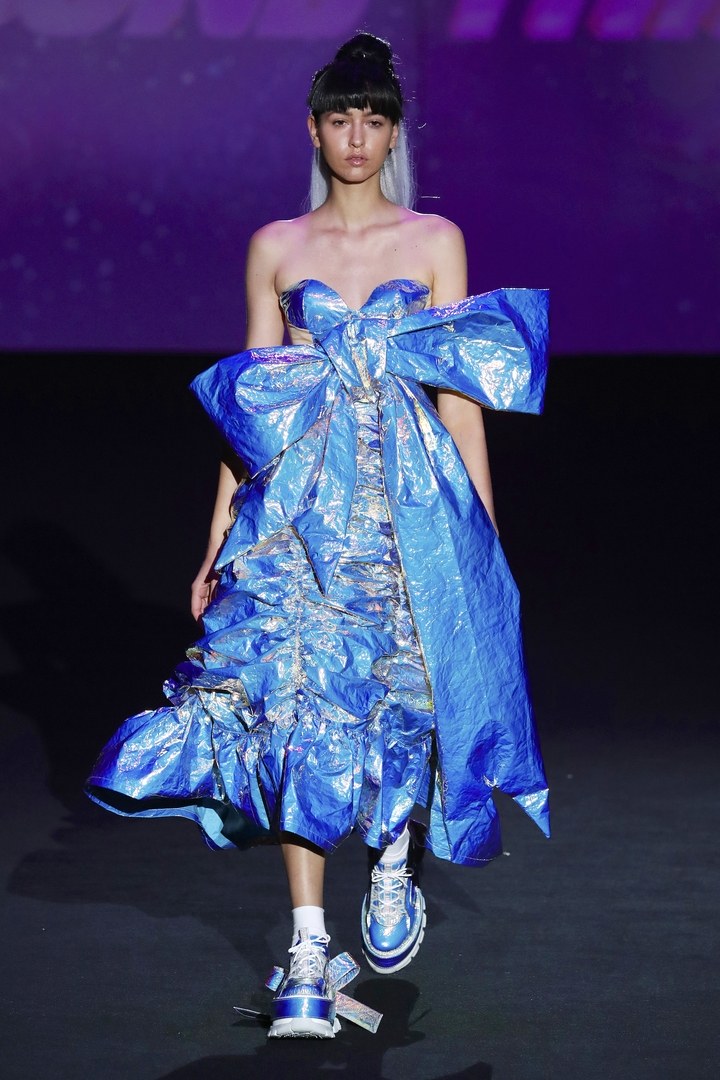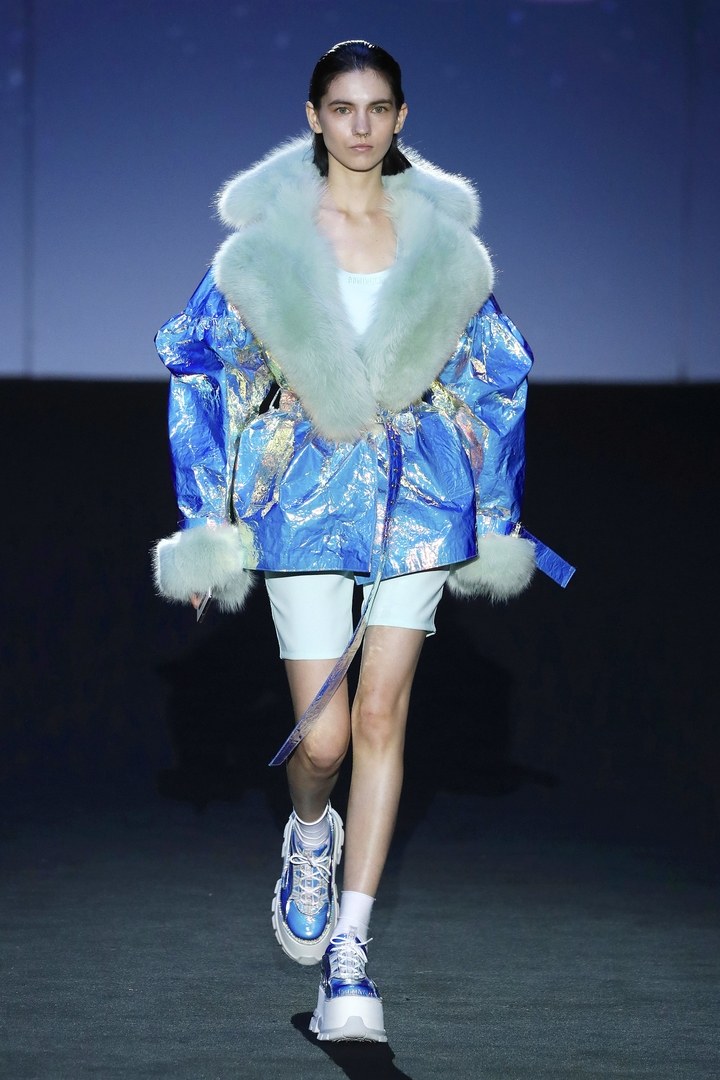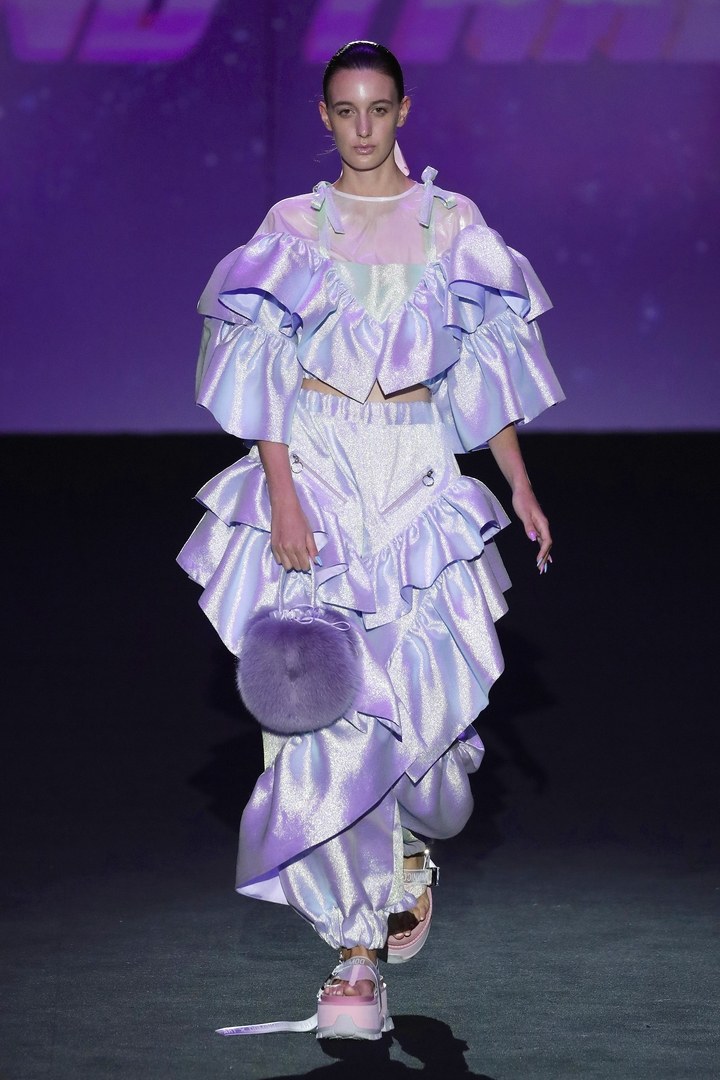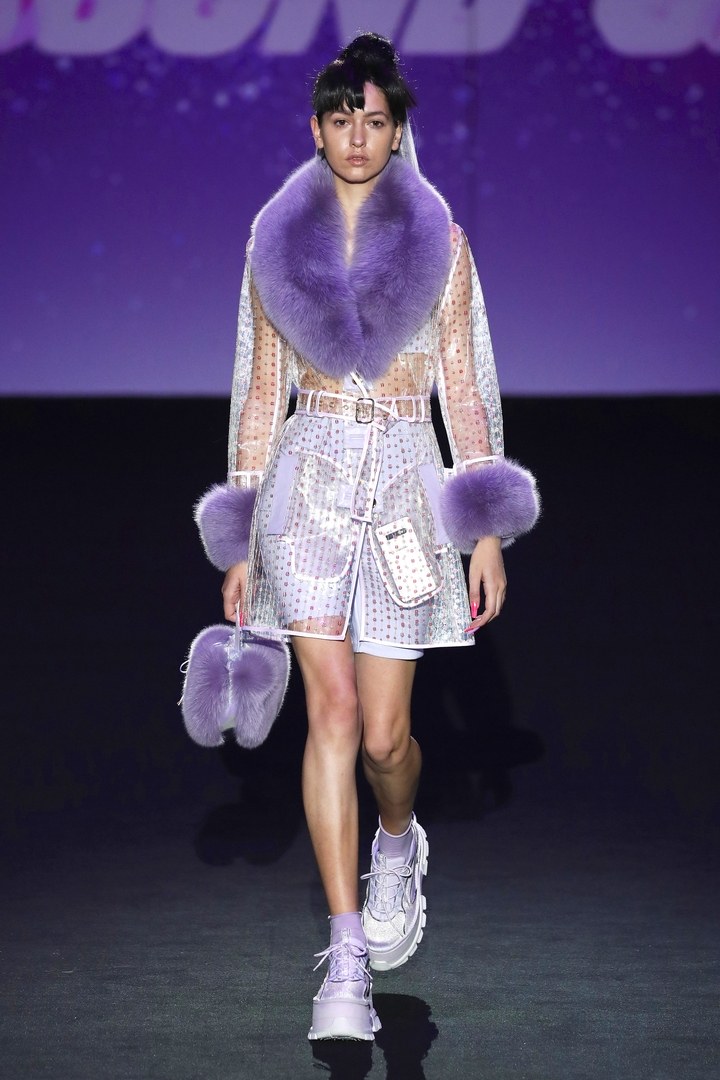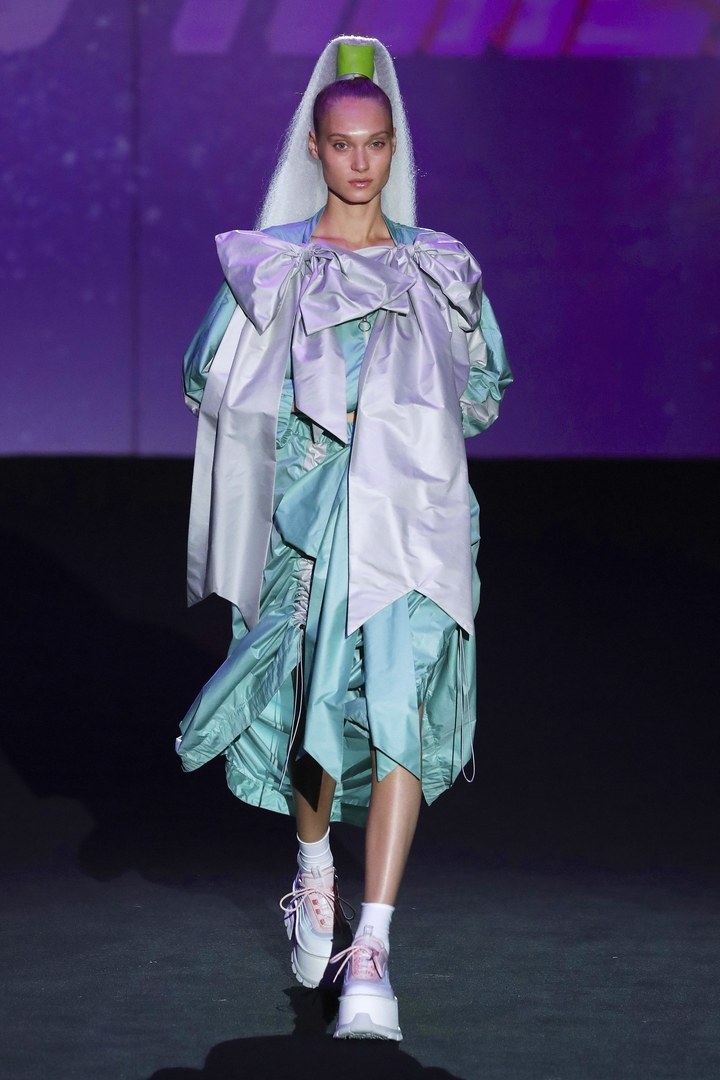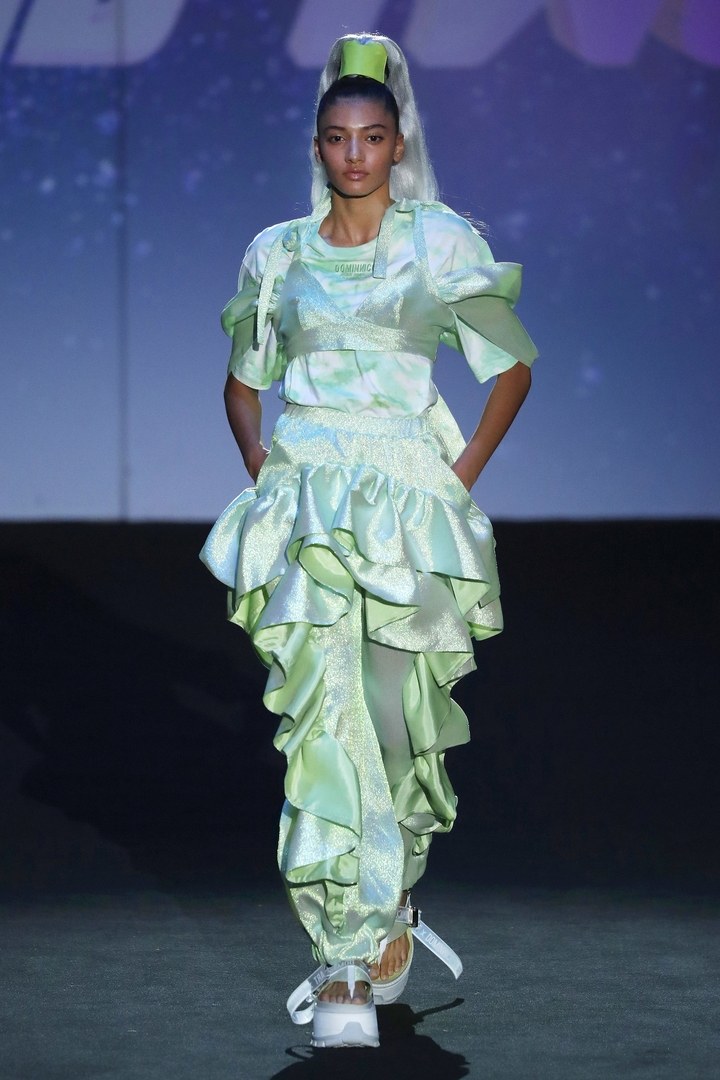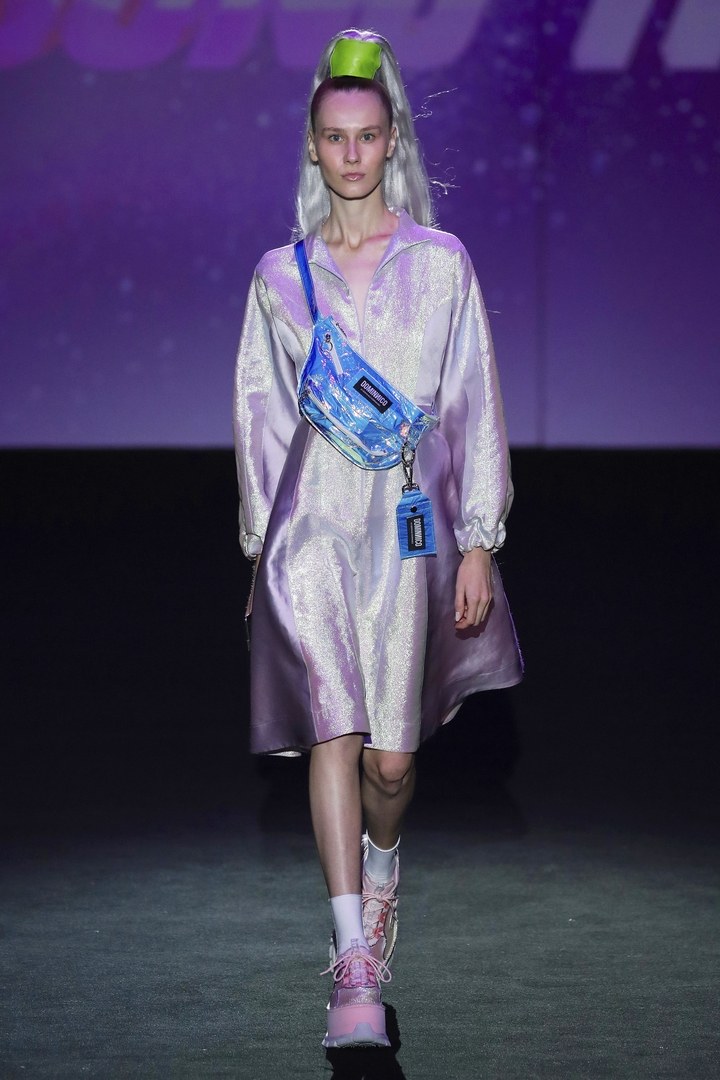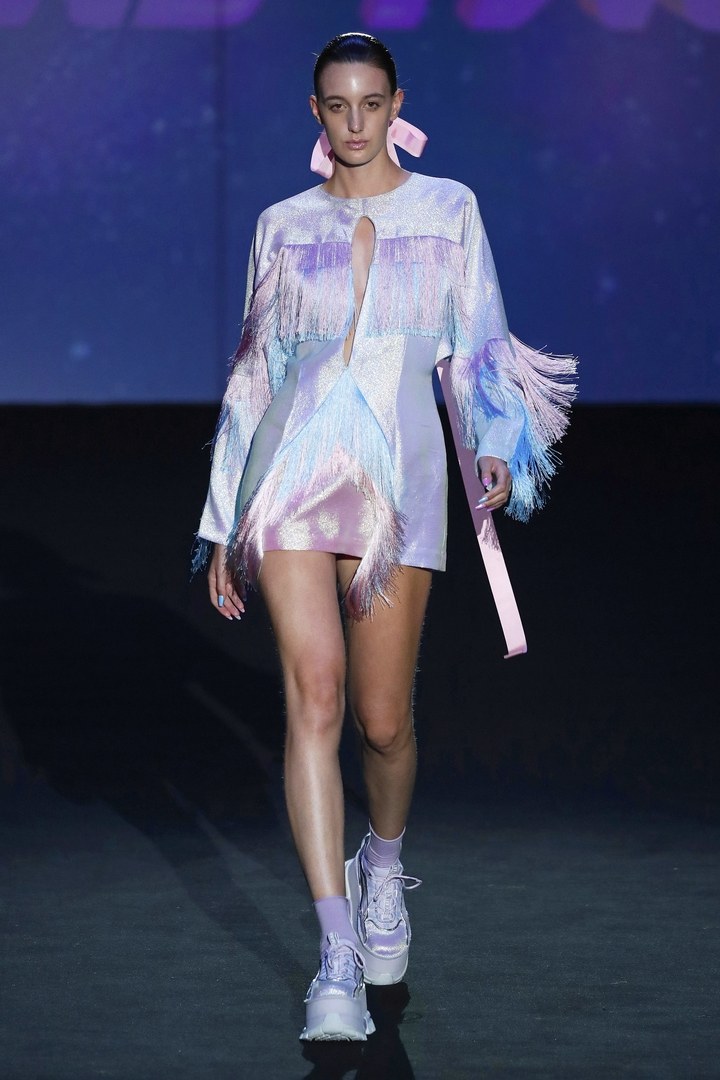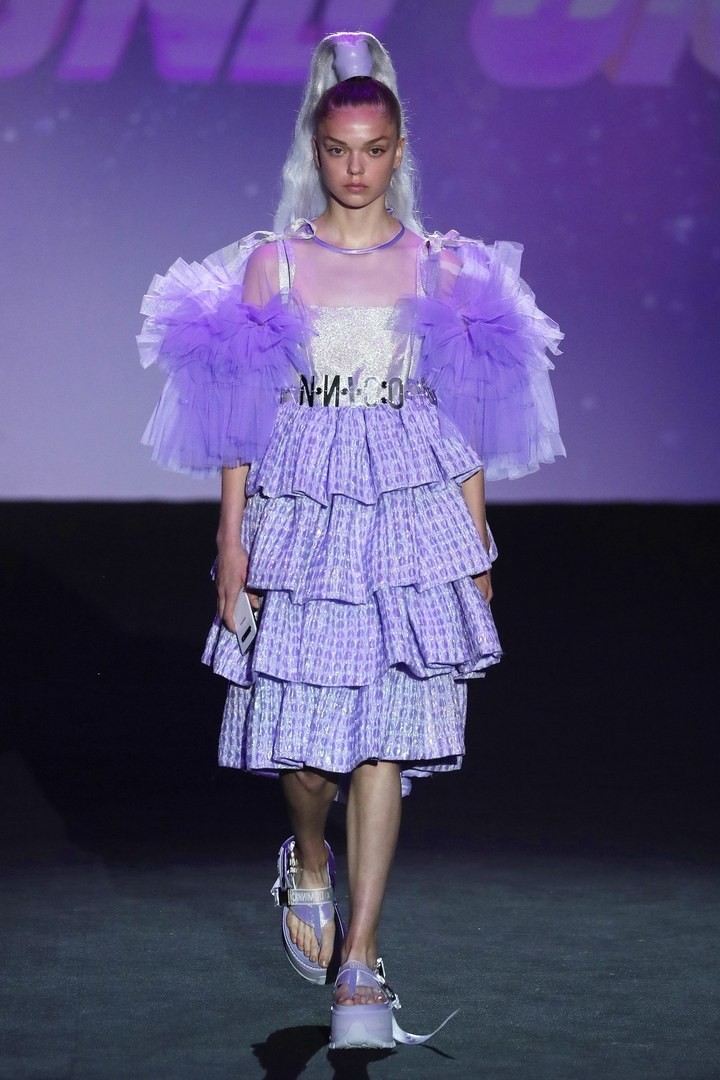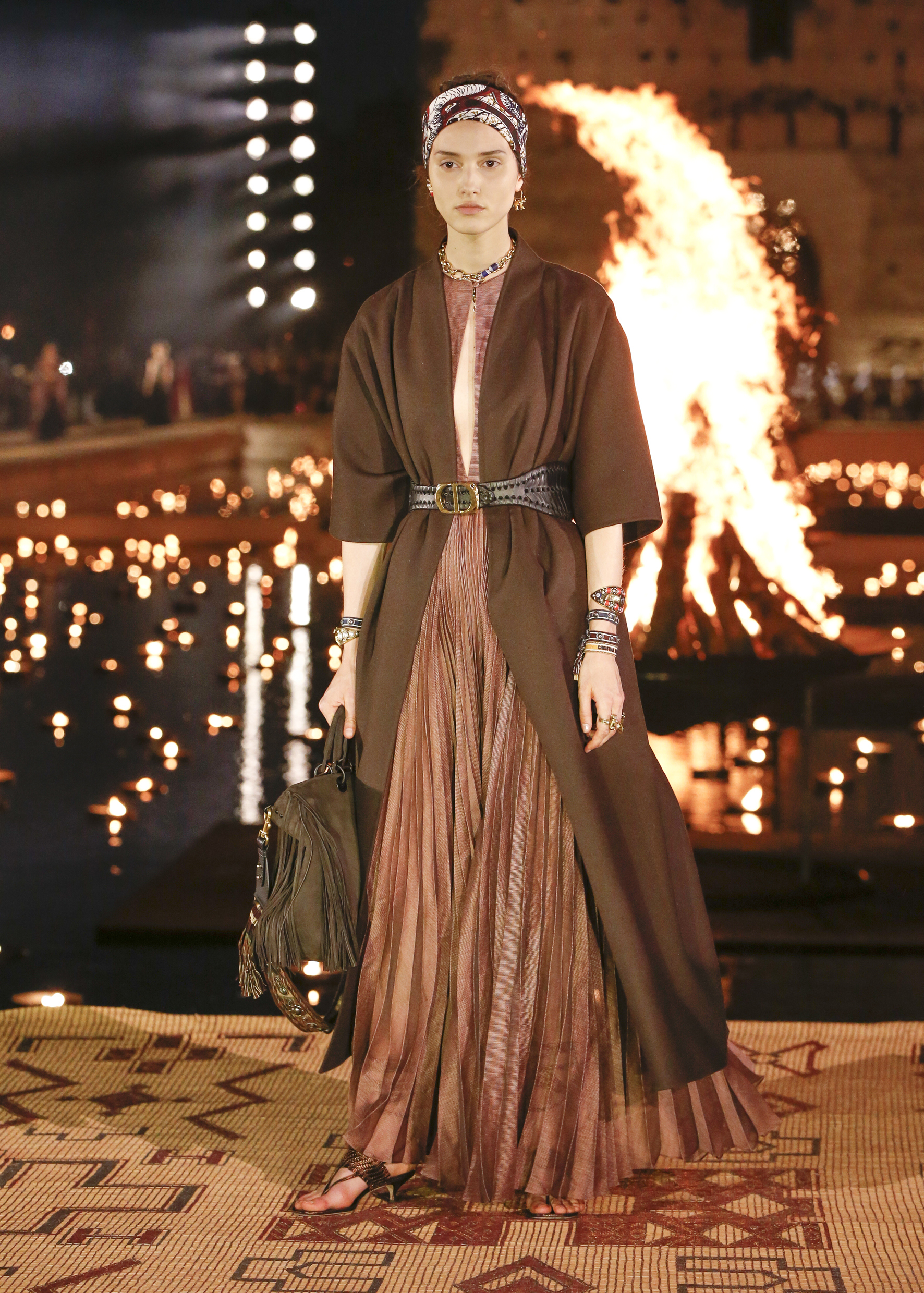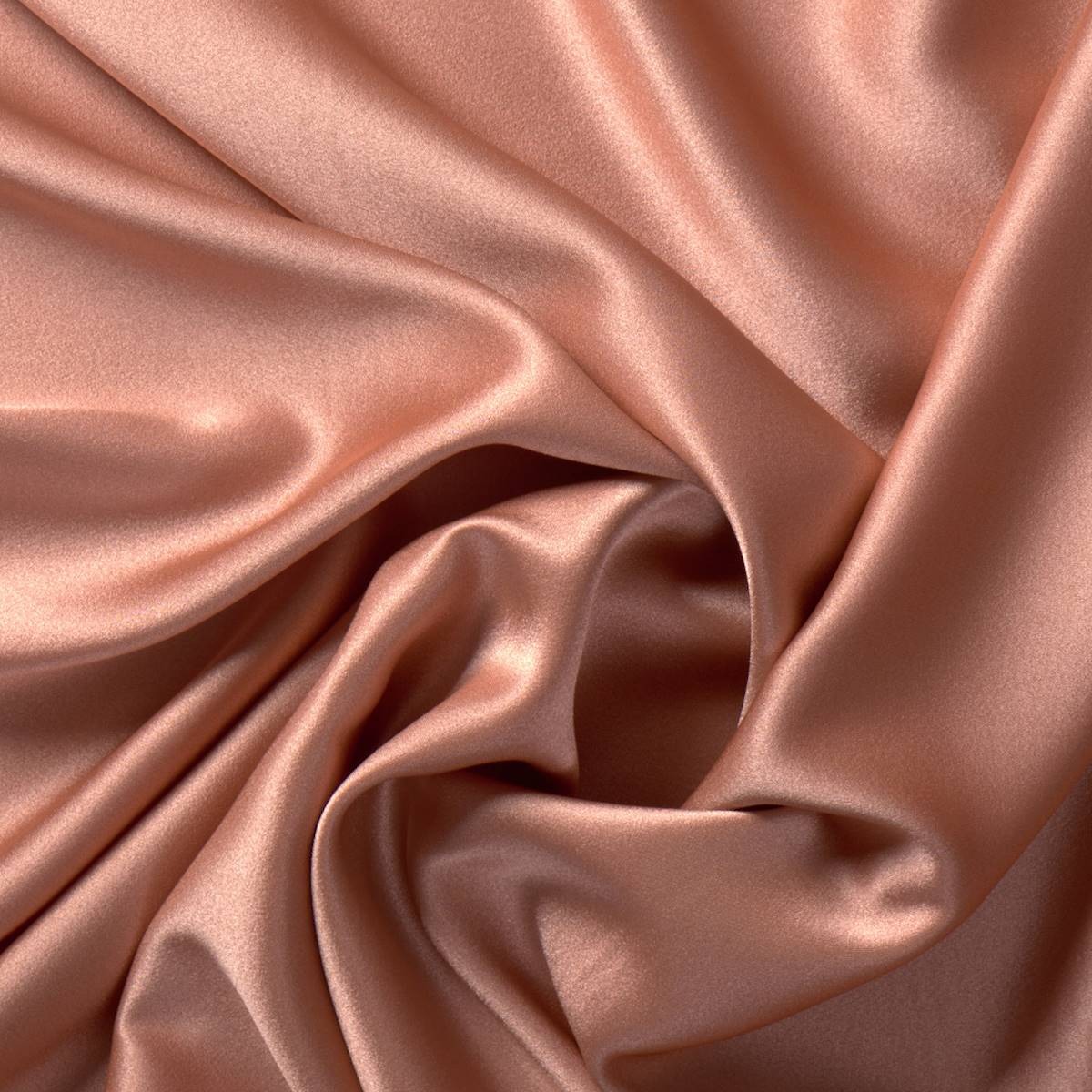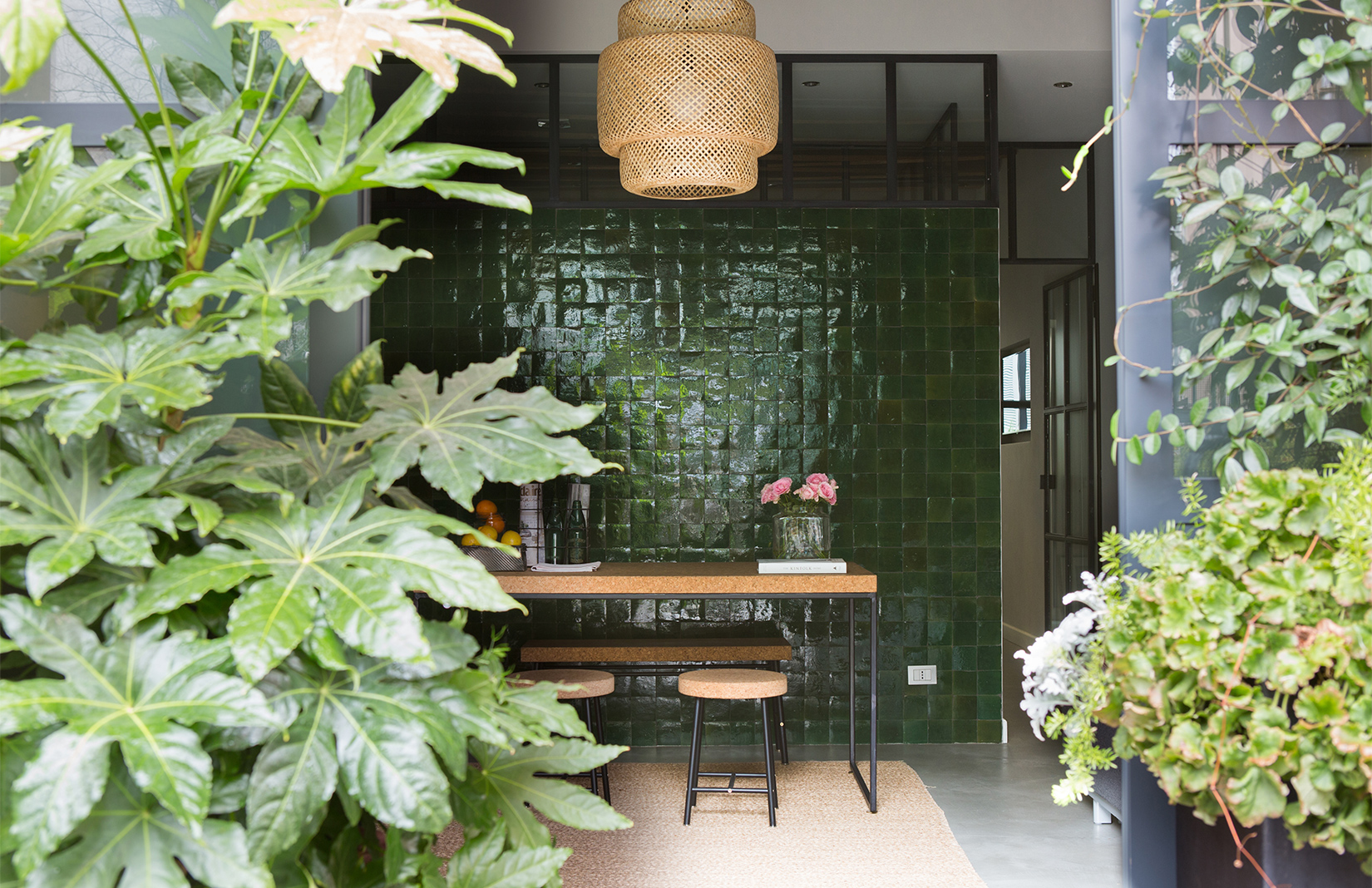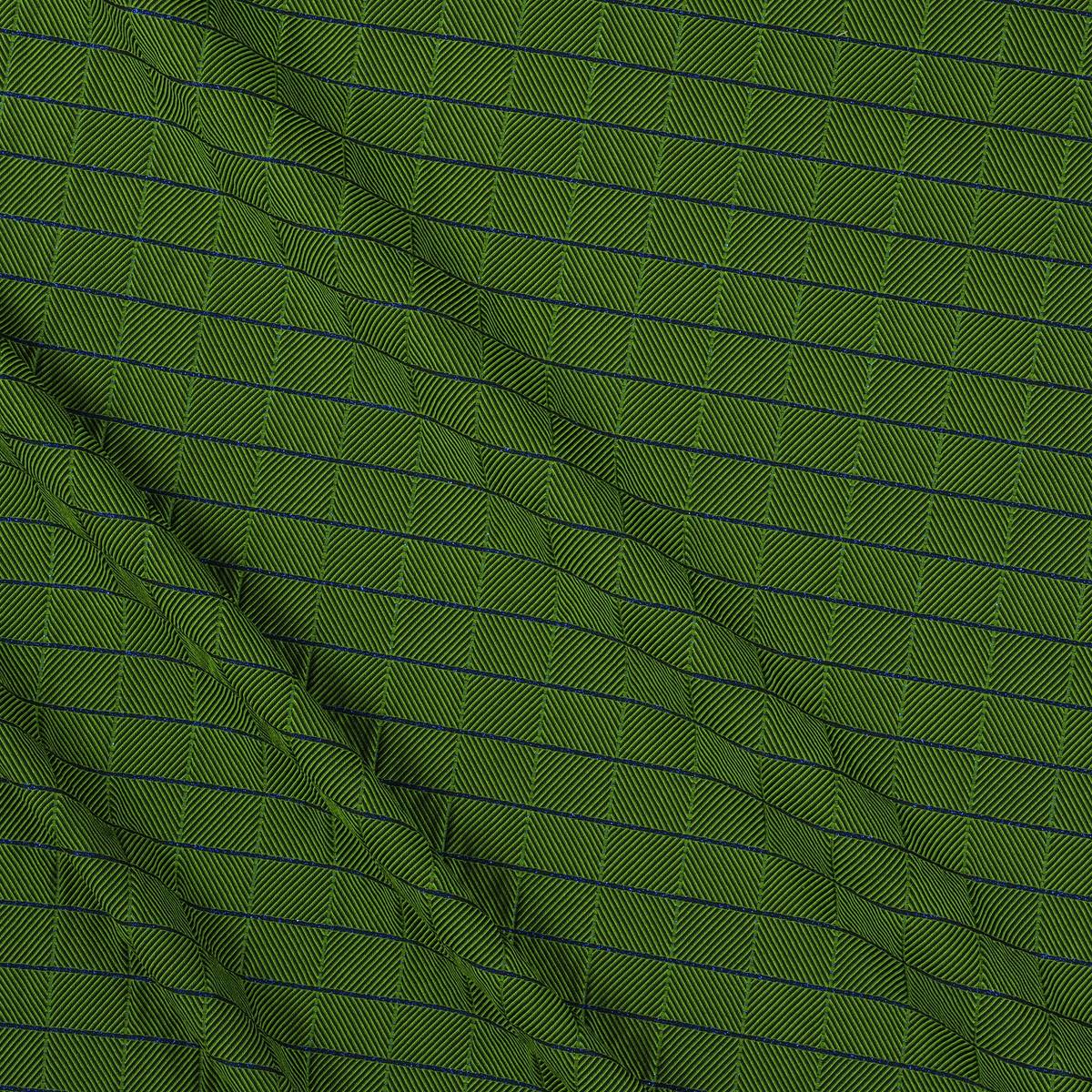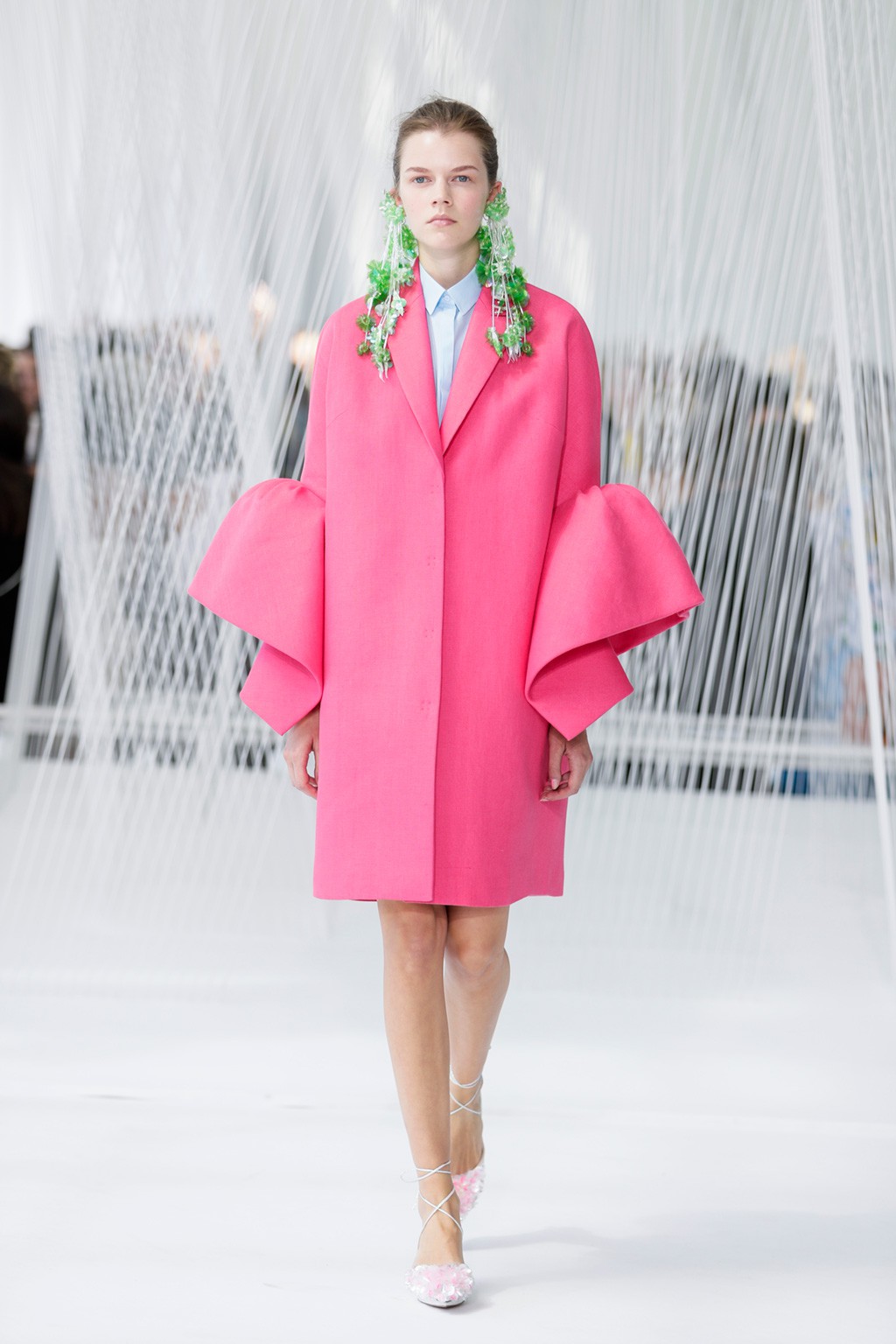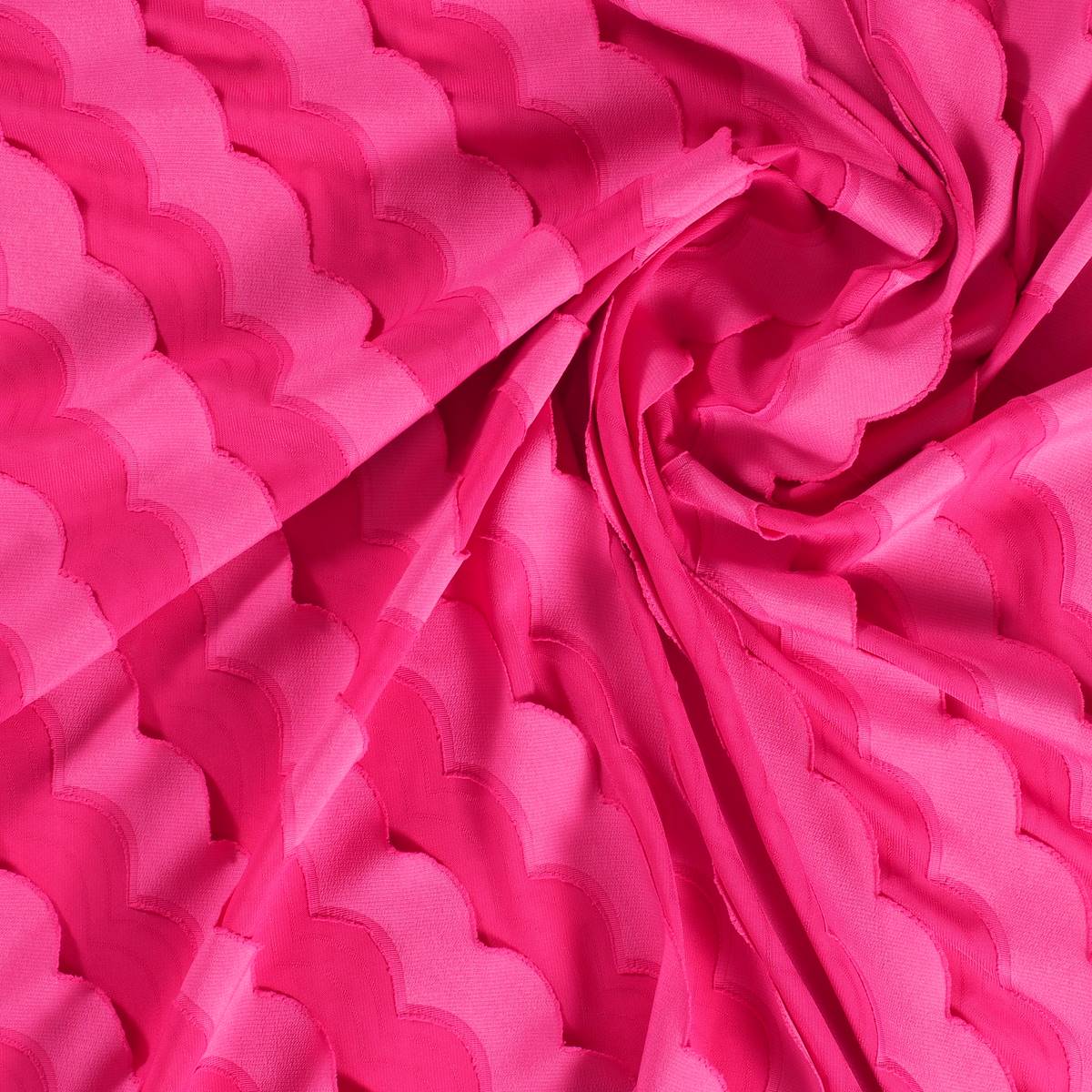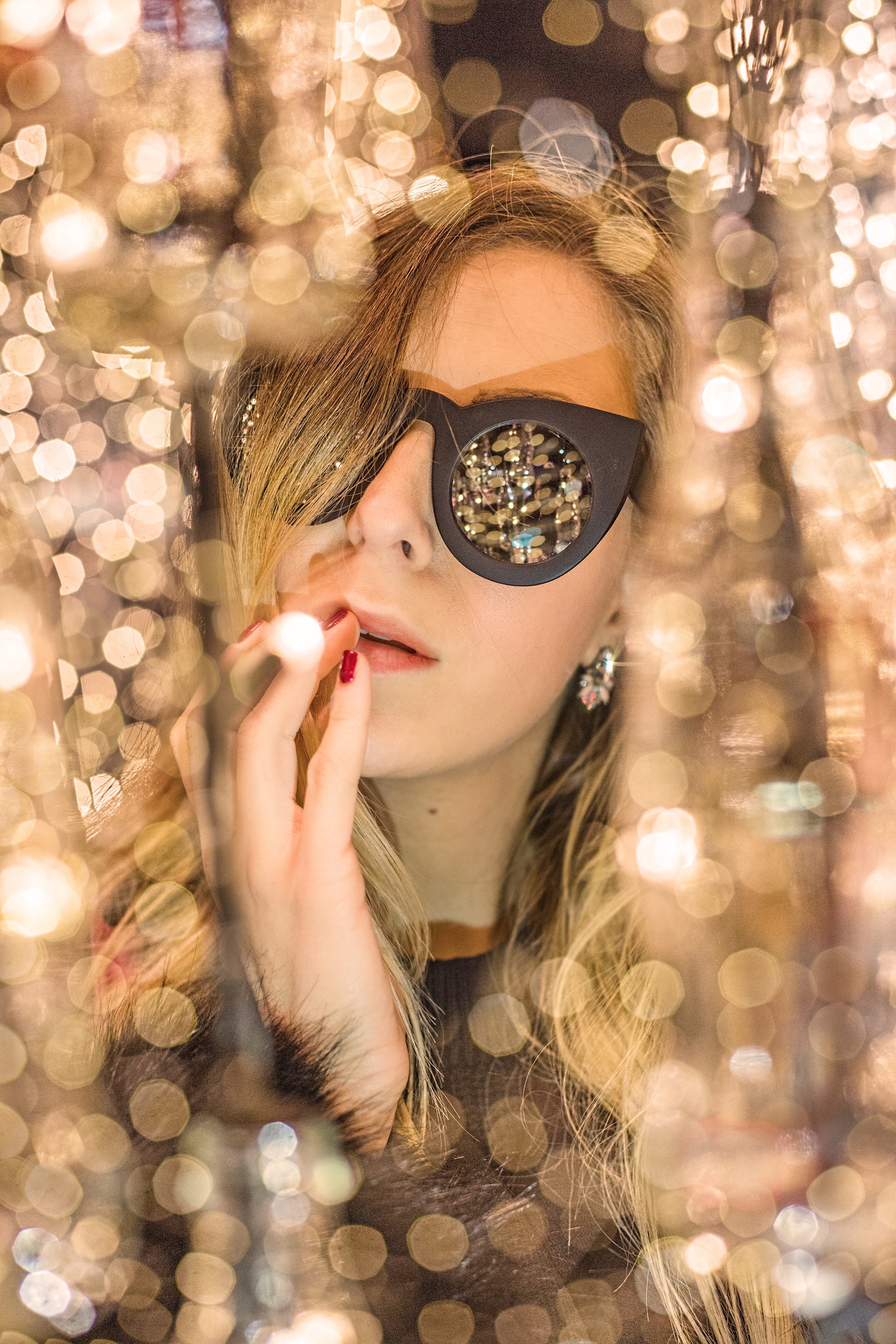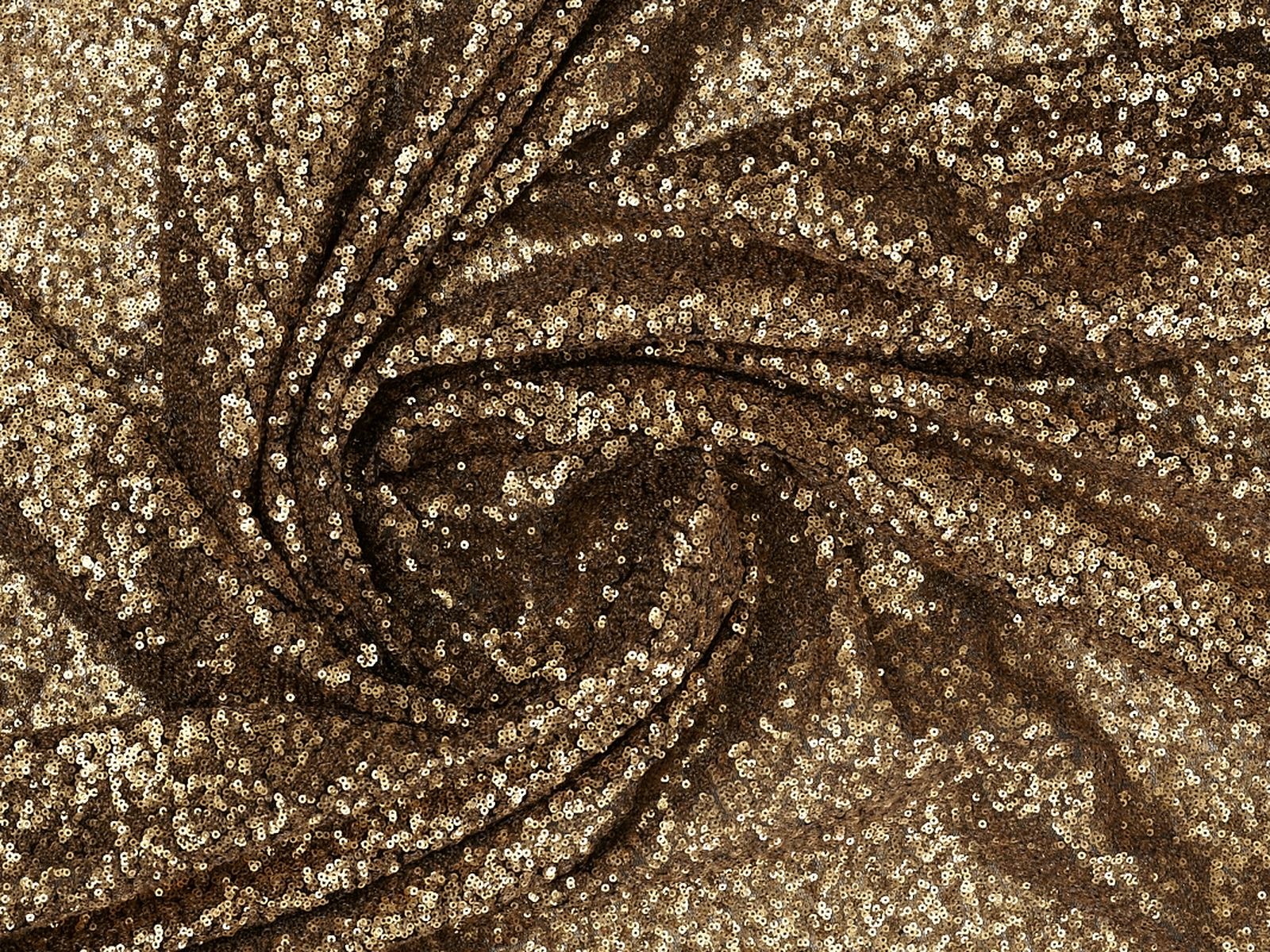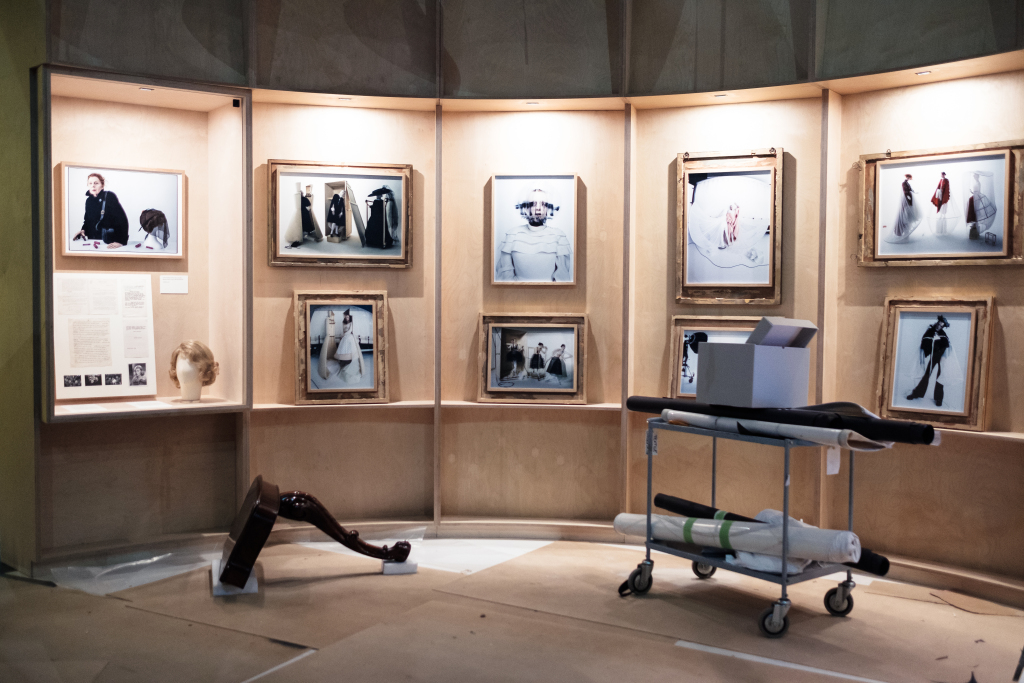
Fashion shows are appealing at any time of the year. They represent an opportunity to reflect on the sector from multiple points of view and covering topics as different as those we suggest below: the dialogue established by garments and their fabrics in migratory societies, the importance of sustainability, the history of footwear or a vision of fashion photography via one of the great contemporary artists.
On the eve of a new holiday, All Saints Day, we are offering you a new cultural route throughsome European exhibitions that we have not yet mentioned in this blog: interesting fashion shows in cultural capitals such as Antwerp, Florence, London and Paris, so that like us you can also find inspiration, knowledge and new ideas that enrich you in your respective jobs. Take note!
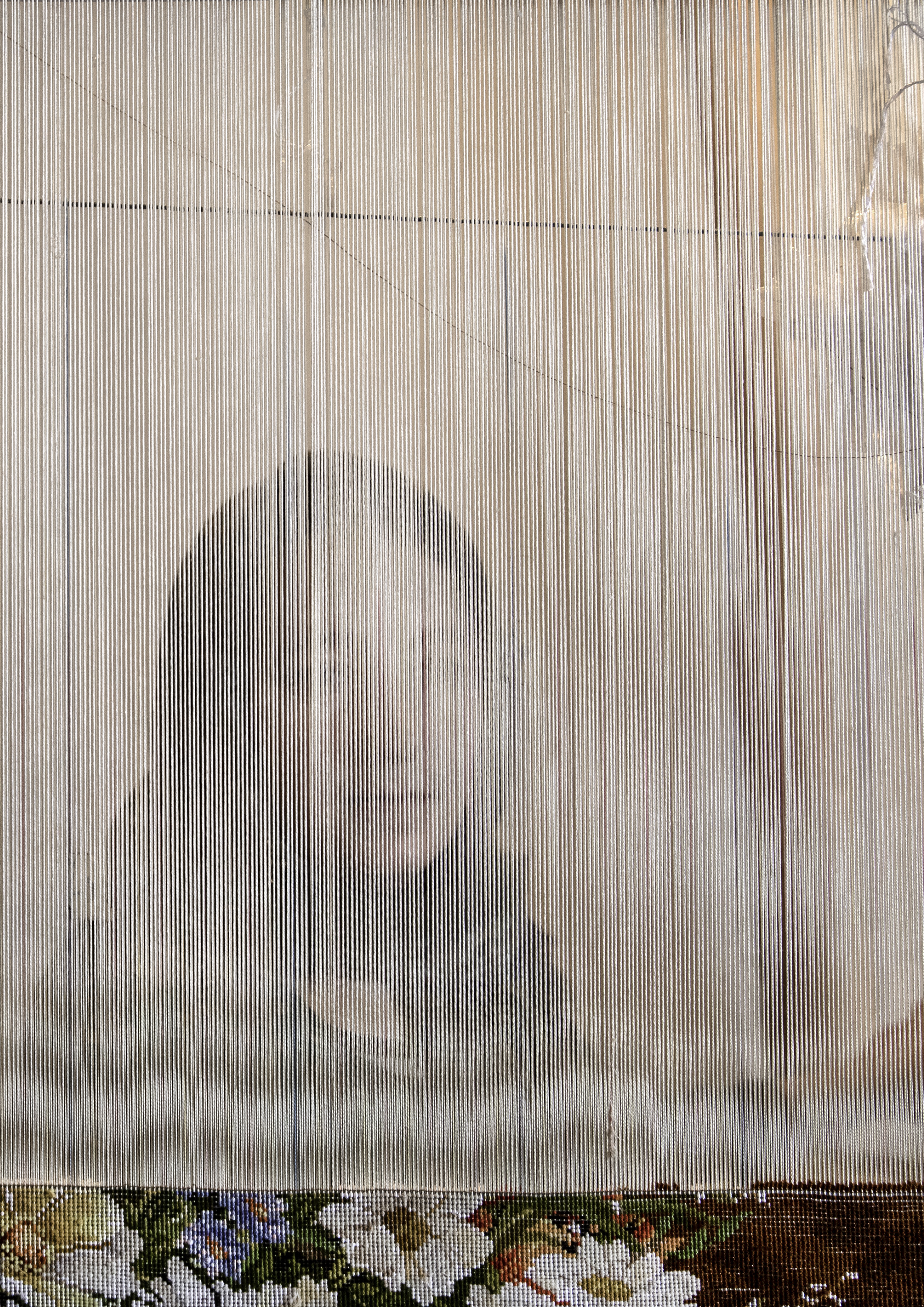
1. Antwerp: ‘Textile as Resistance’
The exhibition ‘Textile as Resistance’ at the MoMu (Antwerp Fashion Museum) asks interesting questions of the public: What messages and stories can the fabrics convey? What does an item of clothing say about the person wearing it? Can fabrics weave the past with the present? Can they be acts of resistance? The journalist Samira Bendadi and the photographer Mashi Mohadjerin reflect on the values that fabrics can provide (shelter, resistance, hope, happiness, tradition, beauty, spirituality and decolonisation) and try to answer all these questions through this challenging sample. It is a joint photographic project that began through stories from immigrants in the Belgian fashion capital and that soon spread to other parts of the world. Thus in ‘Textile as Resistance’ this creative couple invites you to discover clothes and textiles as an excuse to learn visual and written stories that transcend religious, cultural and national boundaries. Migration marks social, aesthetic and personal change.
Momu ‘Textile as Resistance’.Until February 16, 2020.
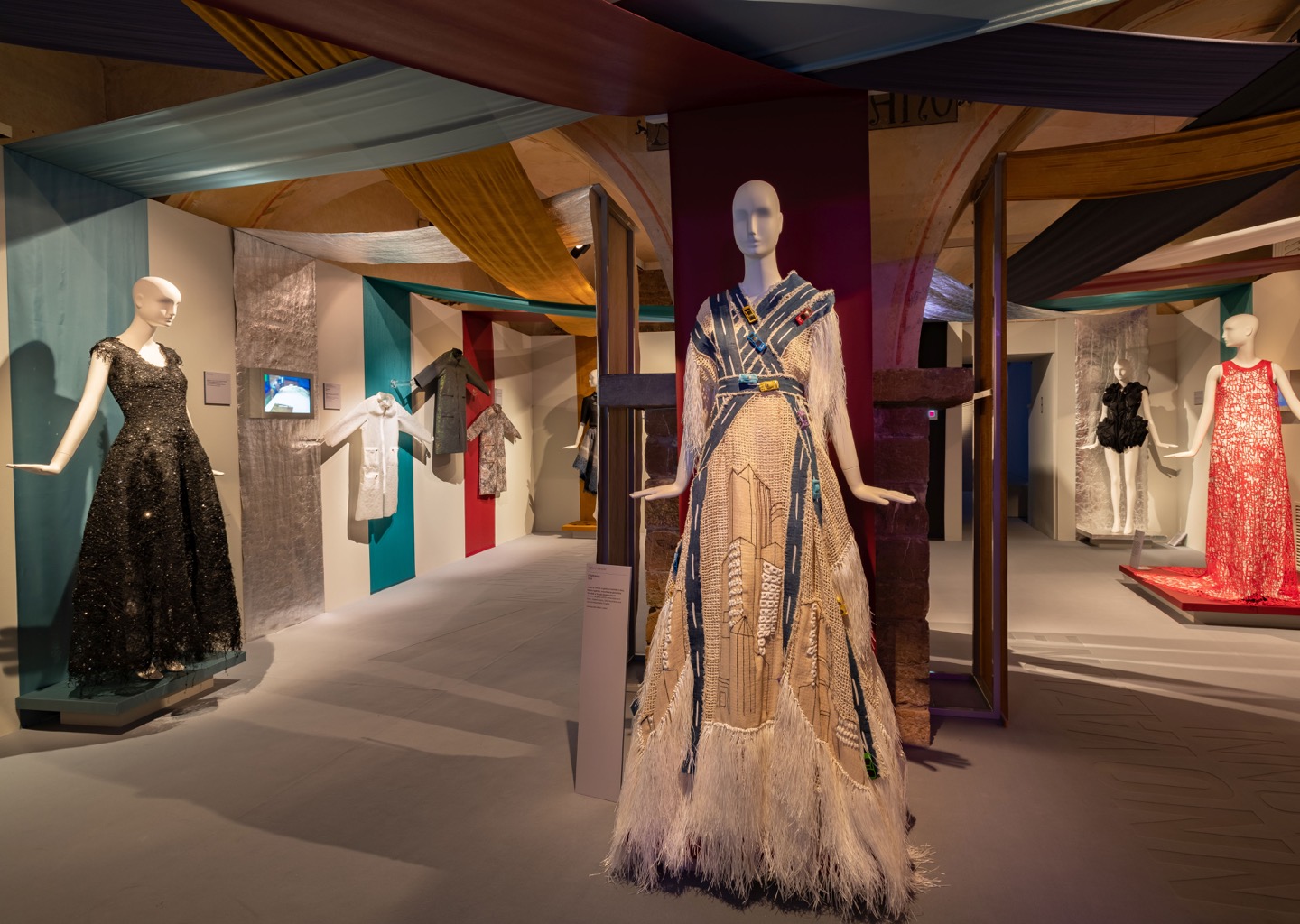
2.Florence: ‘Sustainable Thinking’
Sustainability is neither a fashion nor a trend: it is a real necessity. Aware of the move towards green issues that we are also promoting from Gratacós, we are especially interested in recommending this exhibition that houses the Salvatore Ferragamo Museum in Florence. ‘Sustainable Thinking’ invites reflection through art and fashion.
The term “sustainability” defines the human capacity to meet “the needs of the current generation without compromising the ability of future generations to meet their own needs.” It is a challenge that is not limited to production methods but also implies a greater focus on the environment in general. Balance must be restored, beginning with a more conscious and shared way of thinking that is capable of generating new development and coexistence strategies. For this reason, ‘Sustainable Thinking’ exposes the work of numerous artists who reflect on sustainability. Some projects focus on recovering the link with nature, the use of organic materials, the need for a creative reuse of materials, the connection between sustainability and technology … An opportunity for artists, fashion designers, textile and yarn manufacturers to offer a plurality of views to inspire new sustainable projects.
Salvatore Ferragamo Museum. ‘Sustainable Thinking’. Until March 8, 2020.
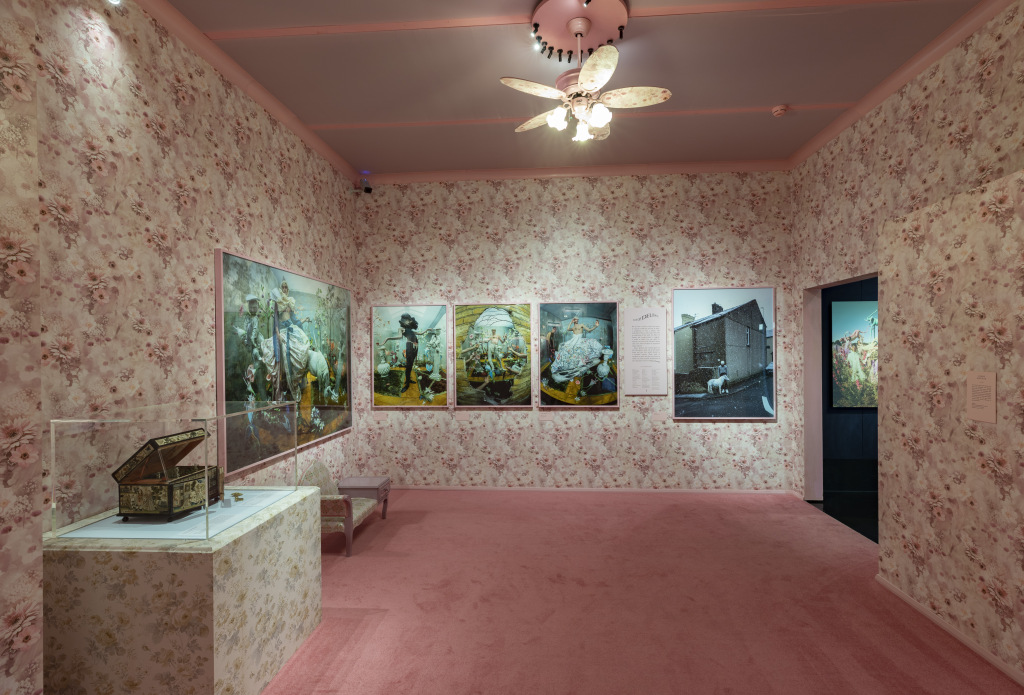
3. London. Tim walker
Coinciding with the exhibition dedicated to the talented designer Mary Quant, “the mother” of the iconic miniskirt, the Victoria & Albert Museum opens a new exhibition in parallel, this time dedicated to photography. As the name implies, ‘Tim Walker: Wonderful Things’ represents an immersive journey into the fantastic worlds created by this contemporary fashion photographer who is one of today’s most interesting profiles. Specifically the exhibition shows Tim Walker’s creative process via his pictures, films, photographic sets and special installations. The exhibition also includes an exclusive photo session made with some of the museum’s iconic garments
GOES. ‘Tim Walker: Wonderful Things’. Until March 8, 2020.
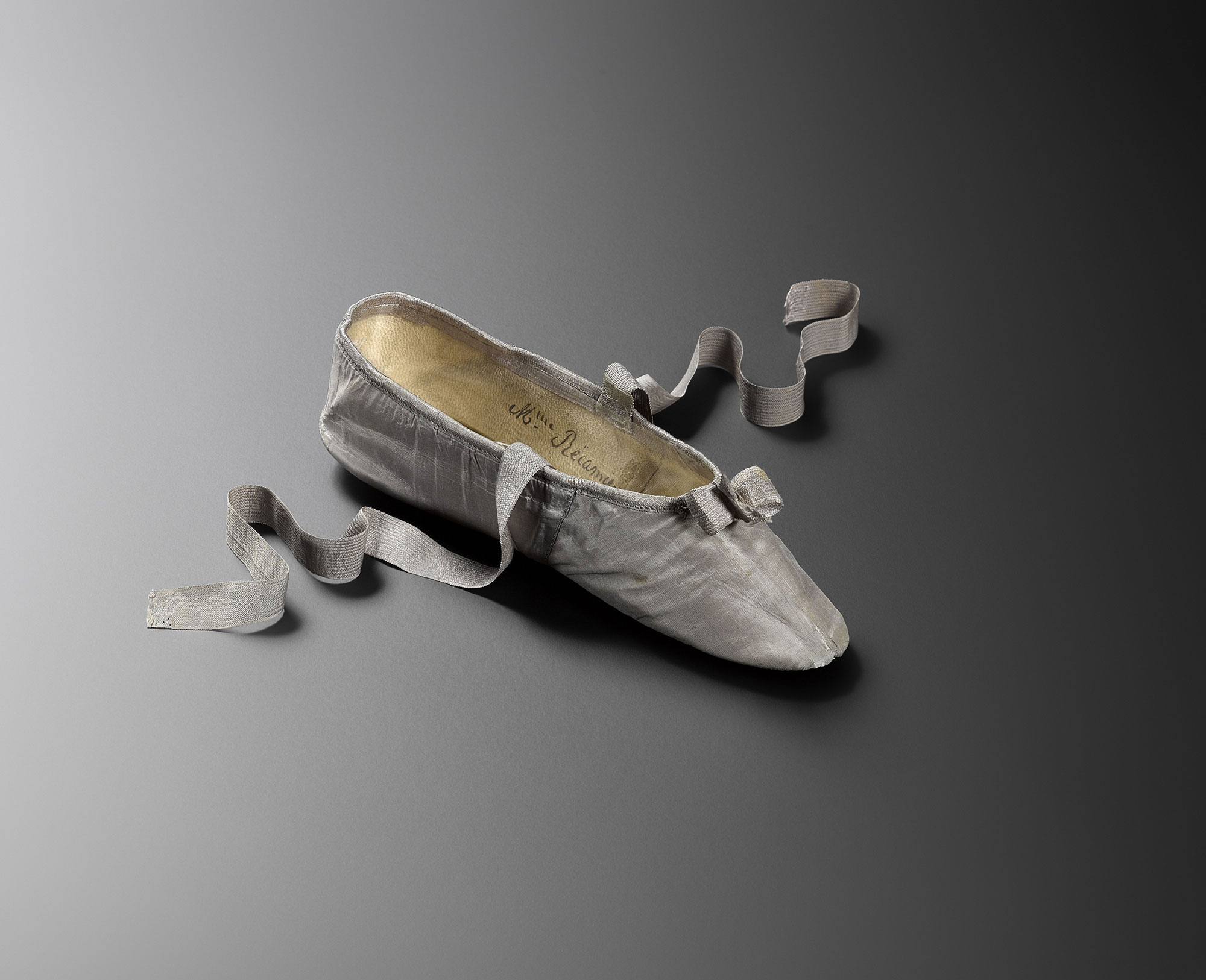
4. Paris. “Marché et Démarche: Historie de la Chaussure”
The Museum of Decorative Arts in Paris reschedules a new fashion exhibition to capture the attention of visitors. On this occasion the focus of attention is footwear and its history. From the complement itself to a reflection on the act of walking. The sample is based on a 1792 shoe attributed to Marie Antoinette which was only 21 centimeters long and then, little by little, it delves into into the history that lies behind each accessory displayed. The sample of 500 works includes shoes, paintings, photographs, works of art and films in order to reveal more about this garment which covers our feet.
Museum of Decorative Arts. “Marché et Démarche: Historie de la Chaussure”. Until February 23RD, 2020.
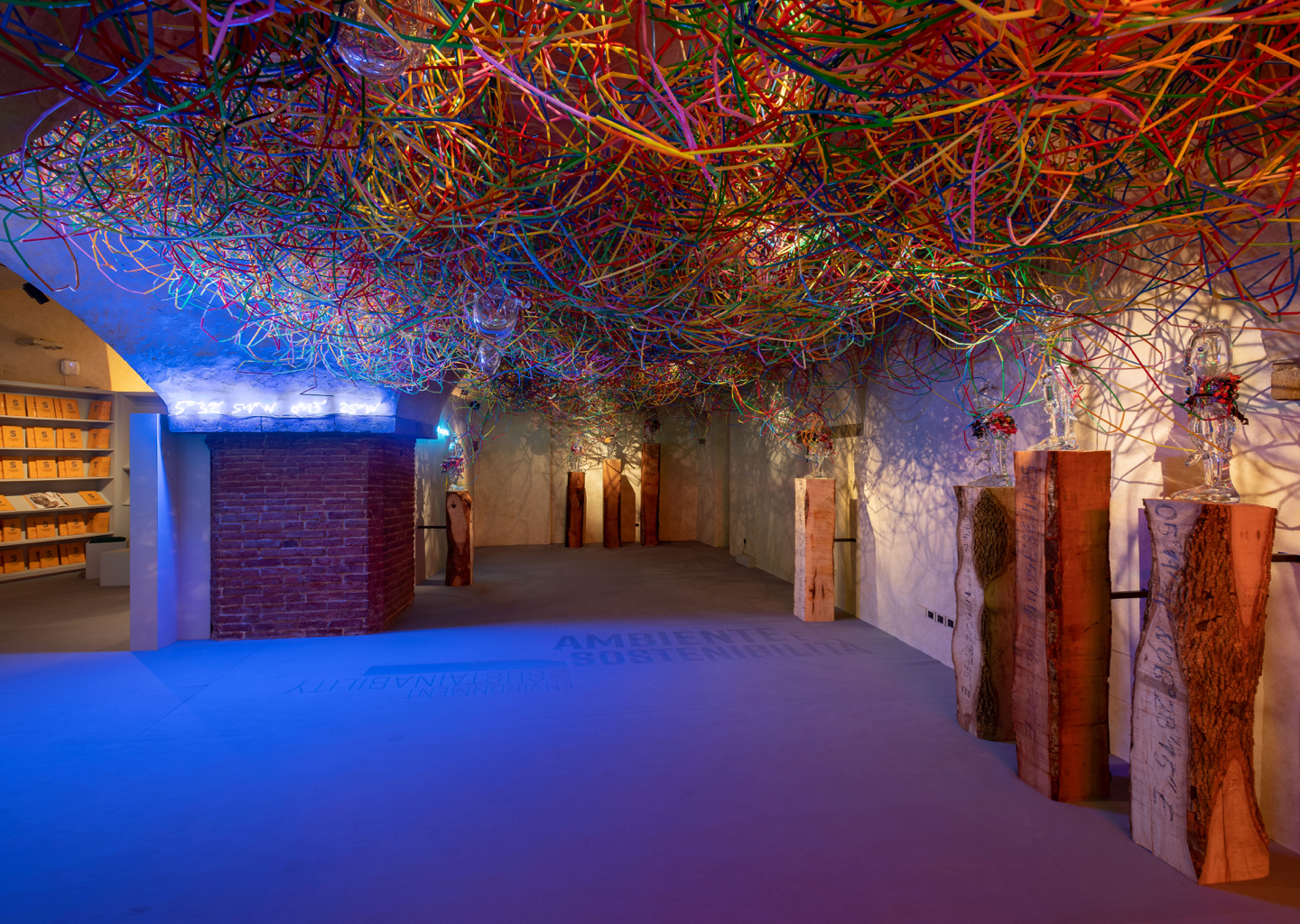
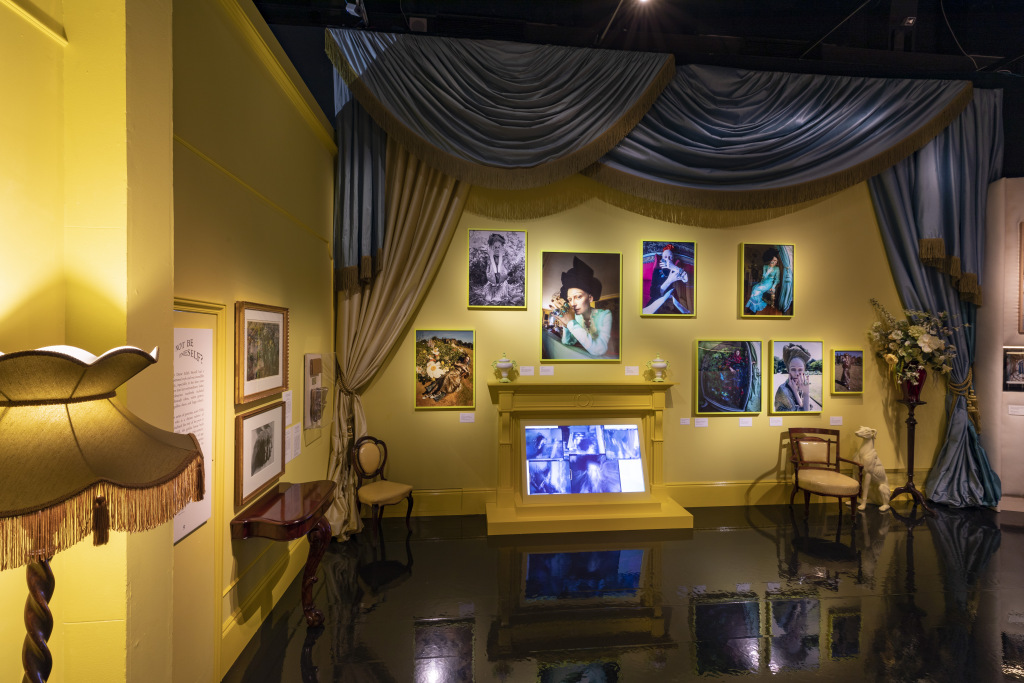
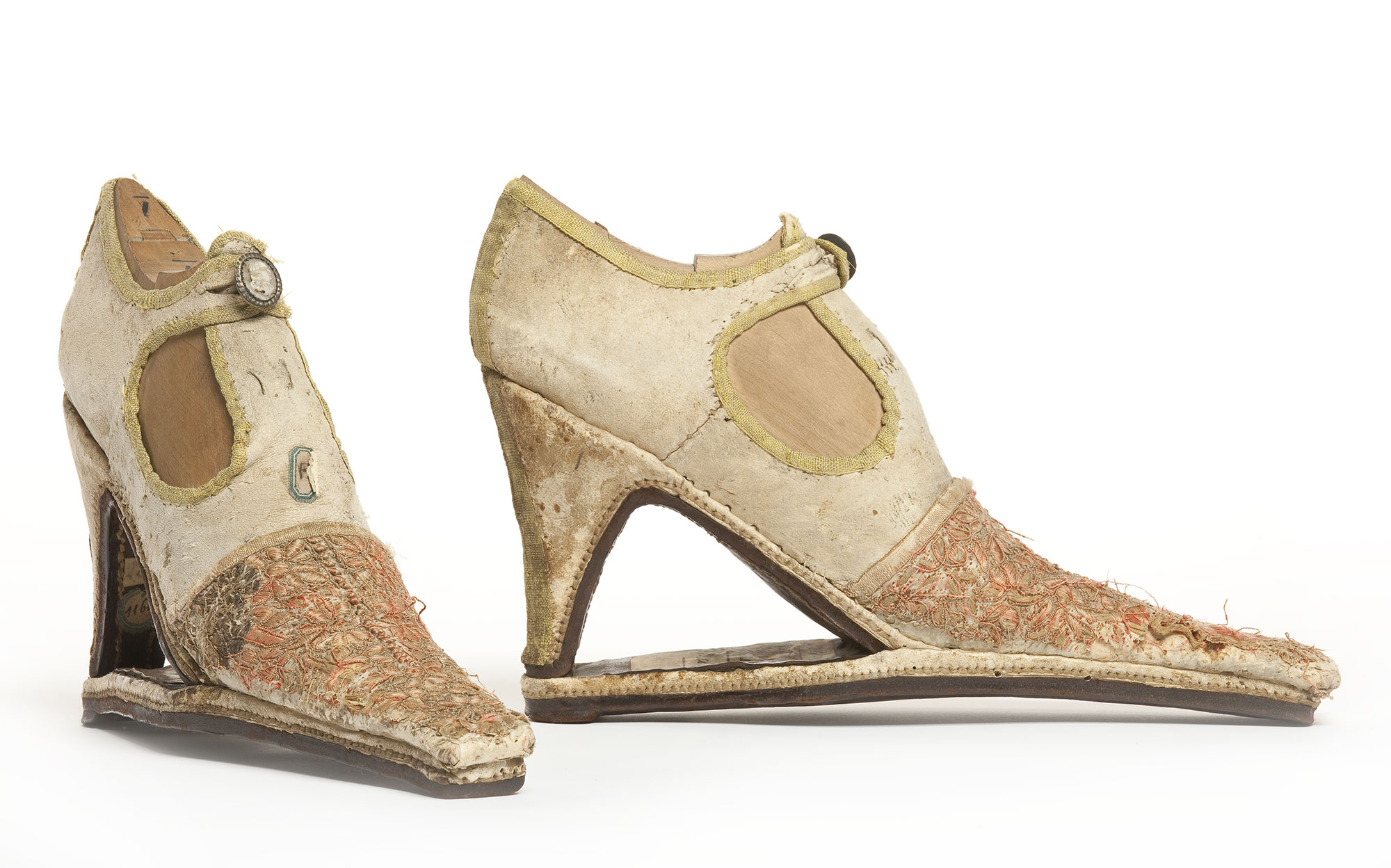
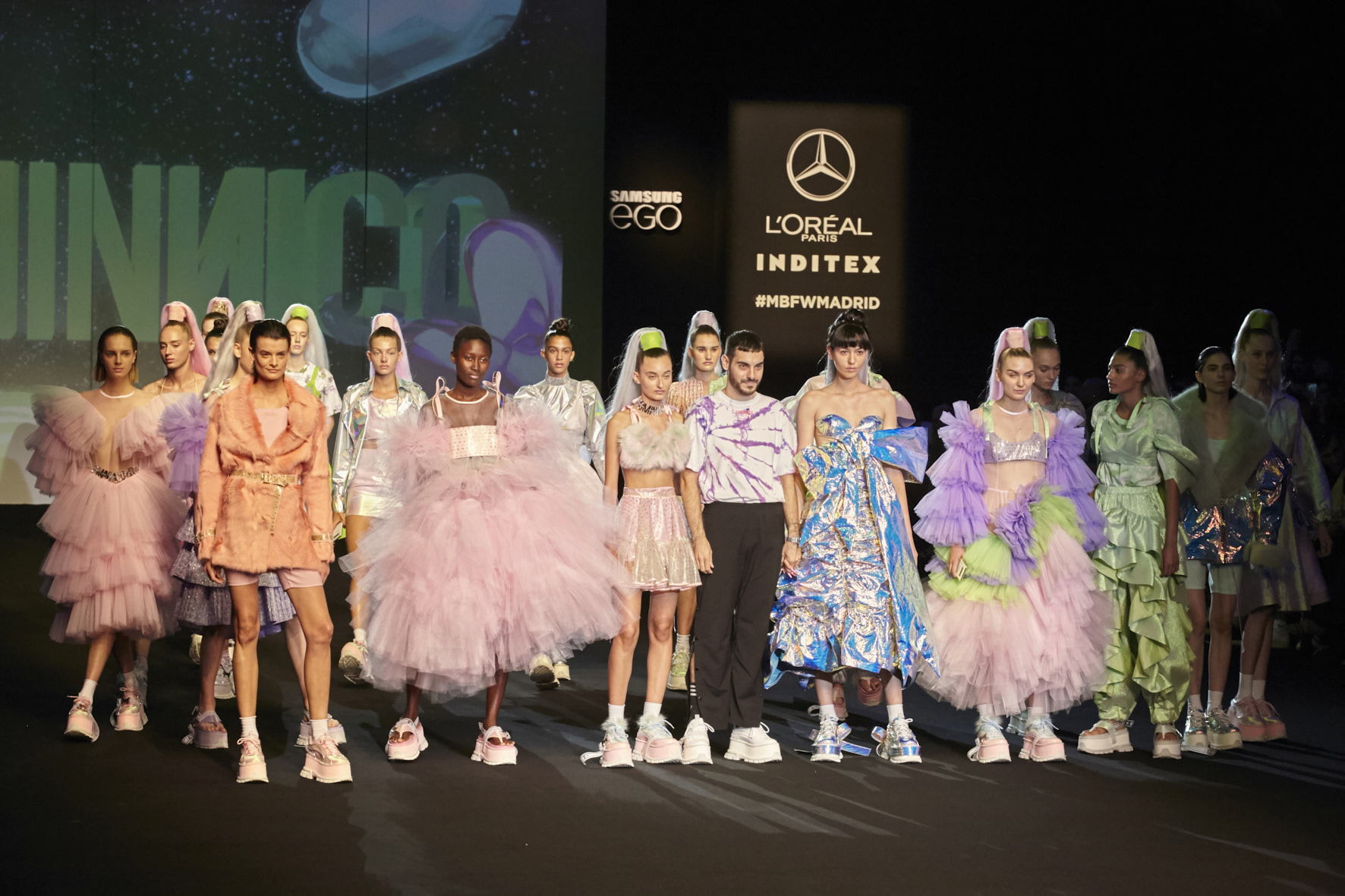
The rise of Dominnico was foreseen . It was just a matter of time for his meteoric career to take off. And this ascension has only just begun. Now, the restless Domingo Rodríguez has landed himself a new achievement that consolidates him within the map of young promises of Spanish fashion : becoming the winner of the Mercedes-Benz Fashion Talent.
“Winning this award means fulfilling a dream.It represents the start of my firm and the beginning of a new stage for this project “, explained the young designer after winning the prestigious award.In fact, the designer has already begun to gain fame outside our borders.At only 24 years of age, Dominic has dressed personalities from the world of entertainment such as Lady Gaga, Rita Ora or Rosalía, who have worn the outfits ,made in part with our fabrics on tours around the world.
His impeccable dressmaking, his huge national and international projection, his early maturity and his commercial outlook have been some of the attributes that have fascinated the jury. A project with a speech of its own and true to its essence that has made him the winner of the 14th edition of this contest that rewards young talents.
Domingo Rodríguez: “inning this award means fulfilling a dream and the beginning of a new stage for Dominnico”
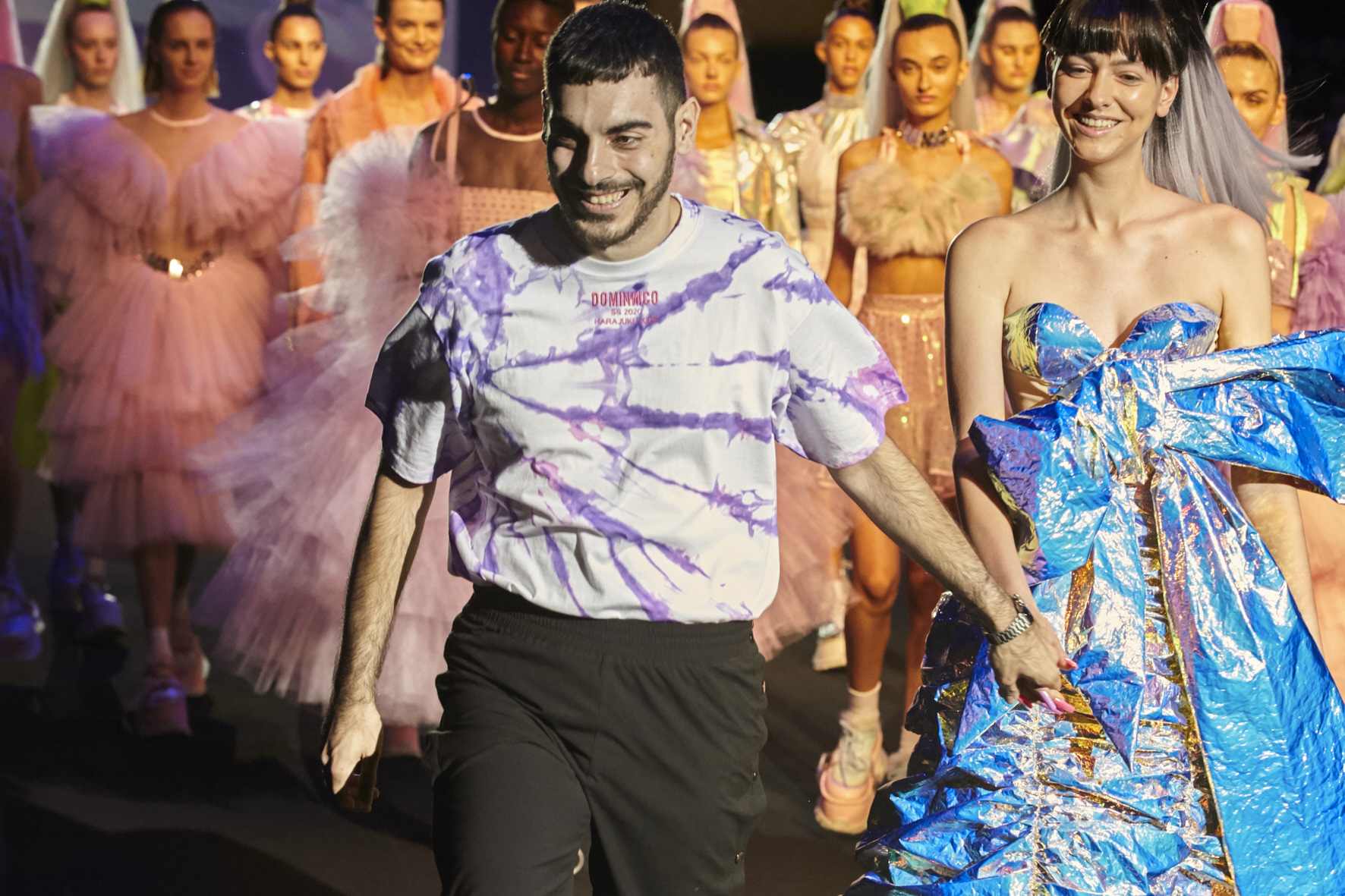
An ode to Generation Z
The award-winning collection , presented on the Madrid catwalk , is called Harajuku Kids and it is inspired by Club Kids, the London generation of the nineties, but also in the new digital era, centreed above all on social networks. Artists like Andy Dixon, Antoni Tudisco, Six N. Five, or the influencer Ruby Gloom have also been taken into account in the conception of the collection. A proposal that also takes into account the urban tribes of Japan and is conceived as agender, away from labels with extravagant shapes and silhouettes that are an invitation to individualism and character.
The collection, replete with Gratacós fabrics, is impregnated with textures, sequins, laminates, tulles, overlays and volumes wrapped in a range of pastel colours. In this way, inheritance, actuality and even future mix thanks to a sweetness and femininity unusual in Dominnico that advances to gain maturity in its style.
Next stop Georgia
Beyond the recognition, the prize includes the possibility of a catwalk next November at the international Mercedes-Benz Tilti Fashion Week in Georgia. A moment in which the designer from Alicante will already be presenting the winter collection of the following year. In this way, Domingo Rodríguez joins the successful group of great young talents who got this award back in the day, such as Outsiders Division, Célia Valverde, Juan Carlos Pajares, Ela Fidalgo, Xavi Reyes, María Clè Leal, David Catalán, Ernesto Naranjo or Pepa Salazar.
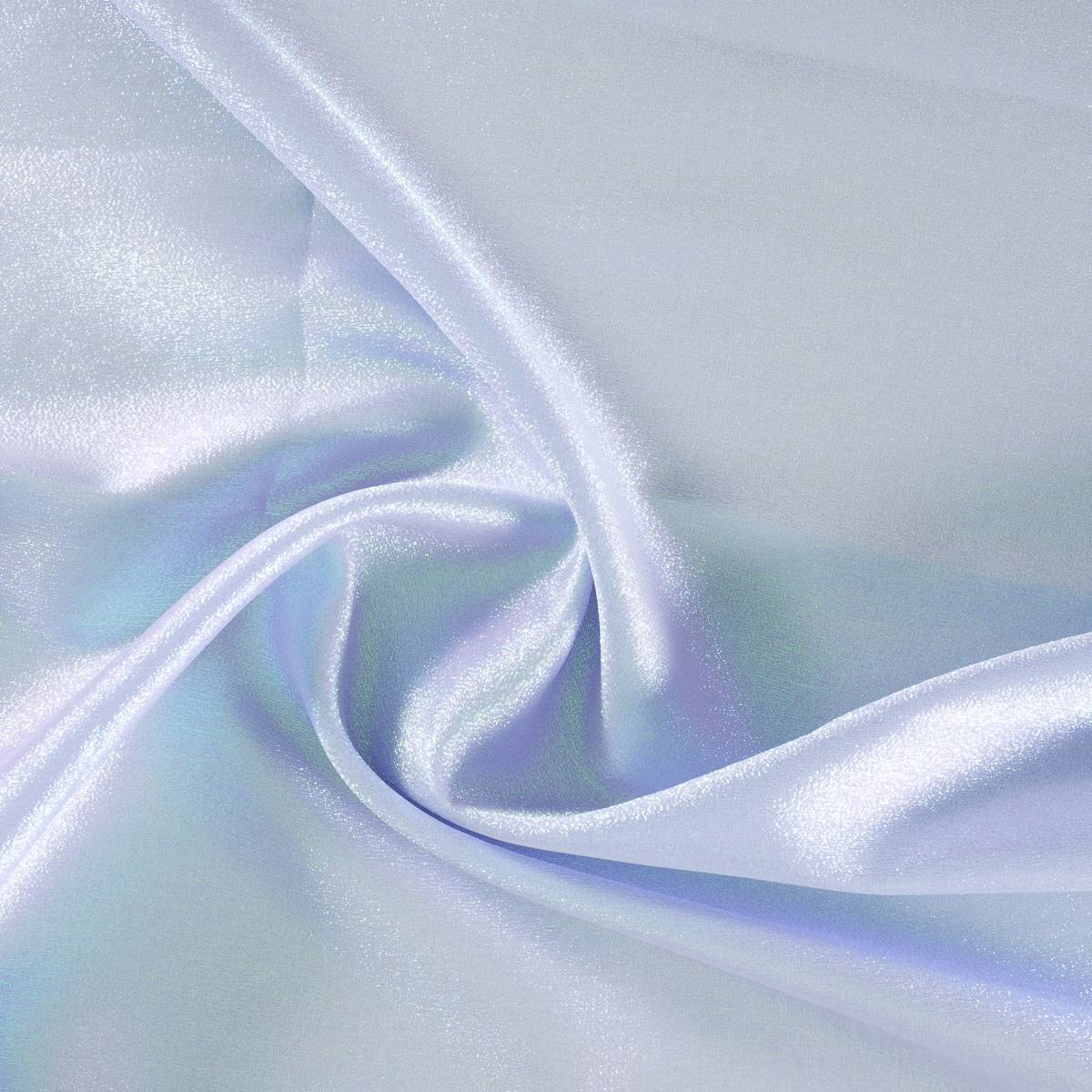
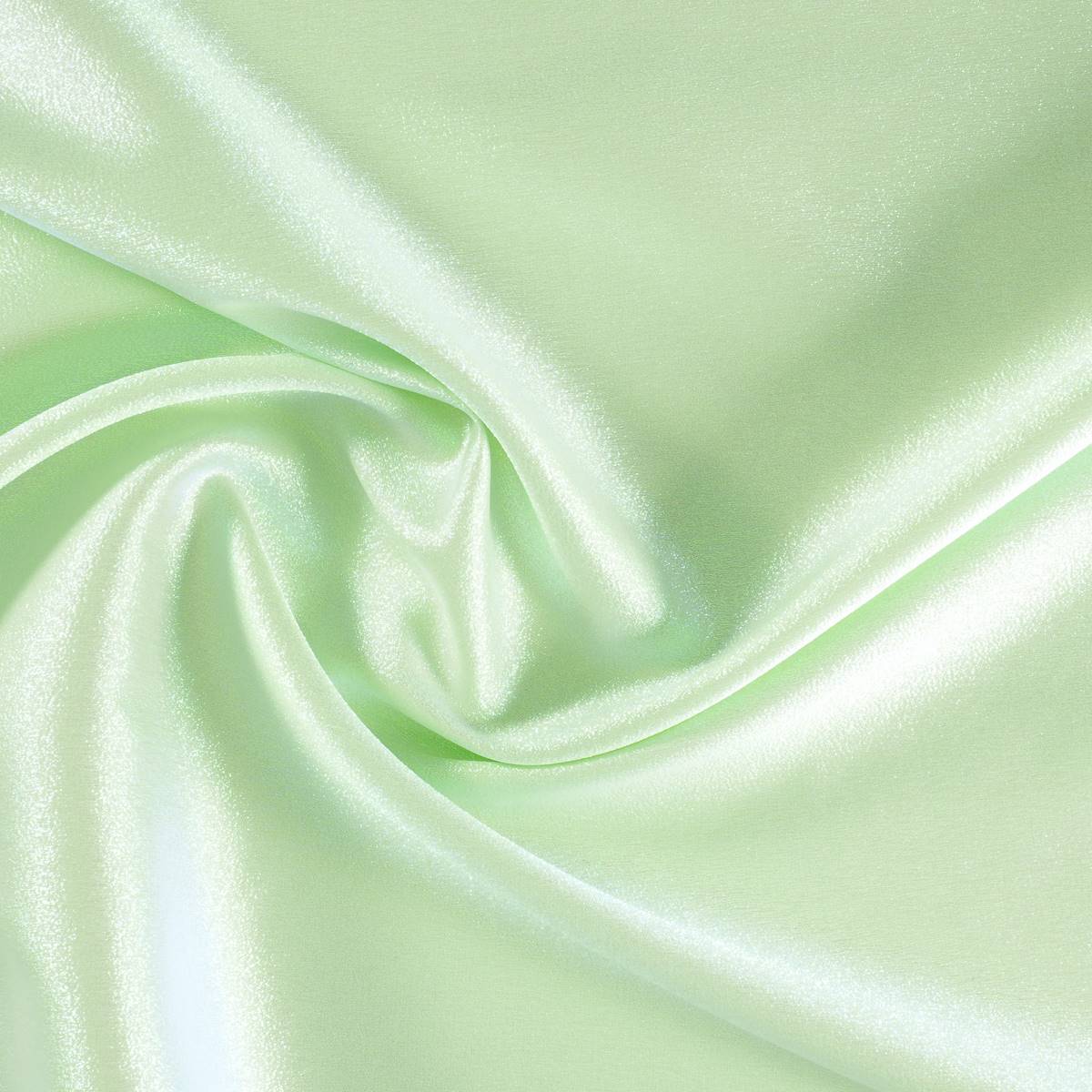
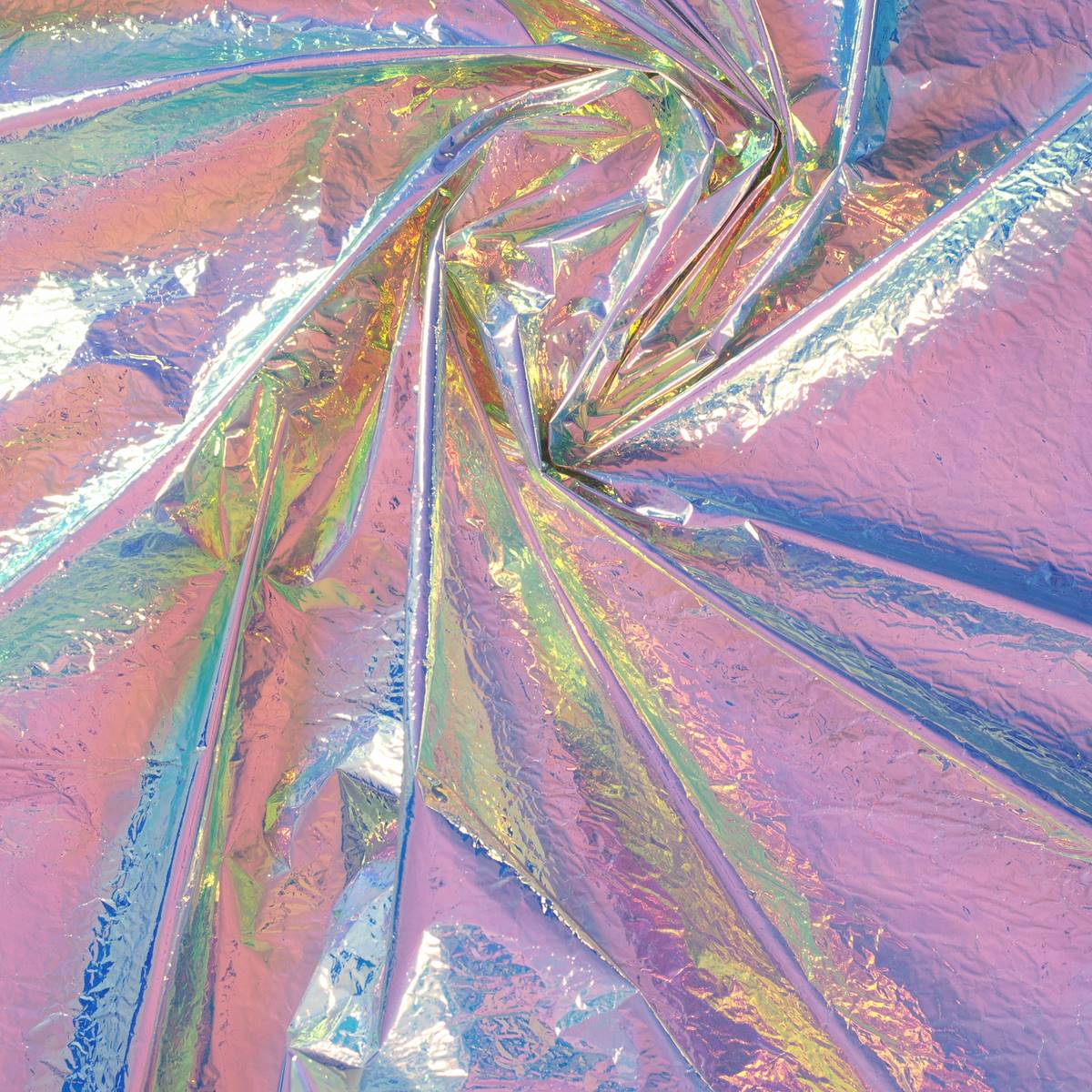
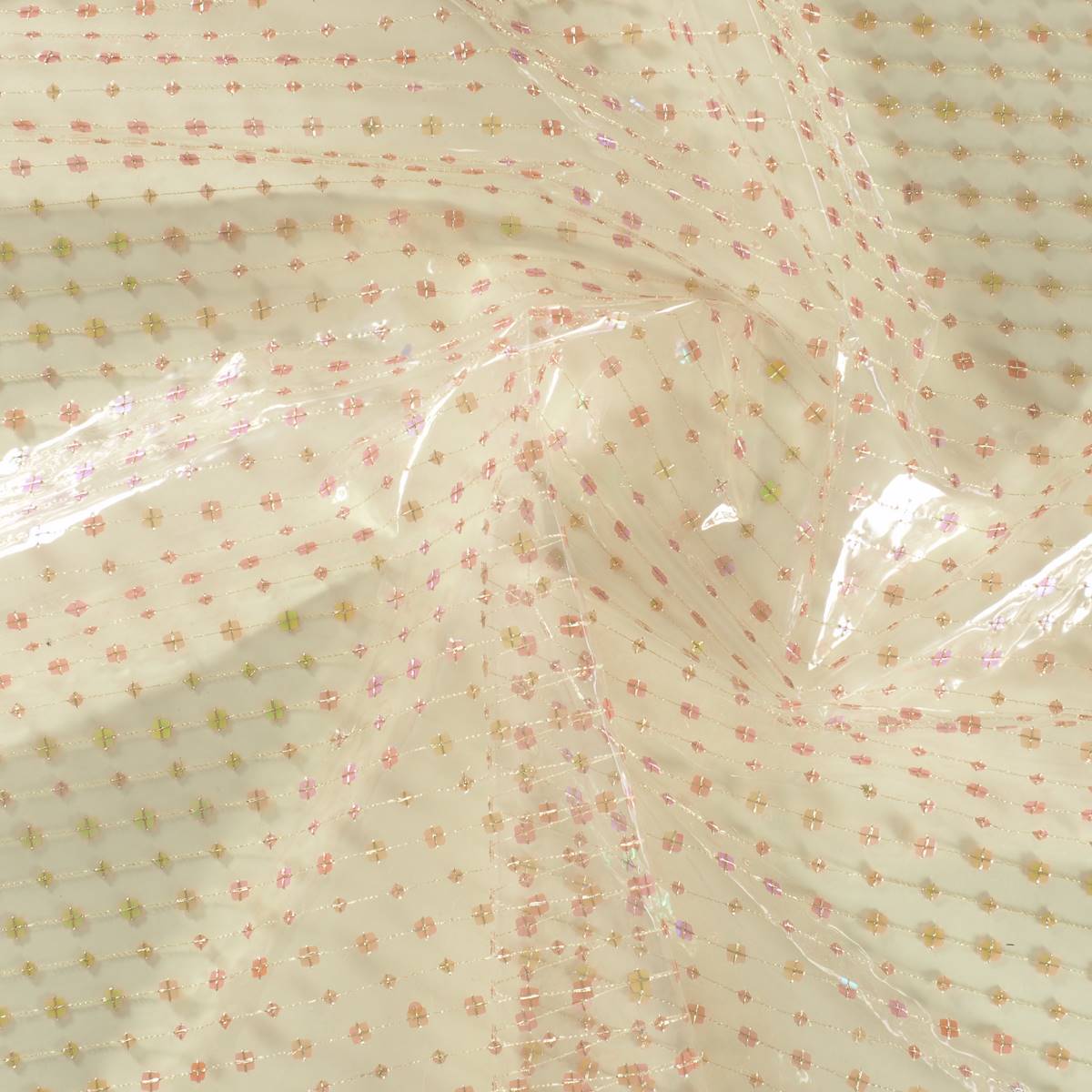
Sorry, this entry is only available in Español.
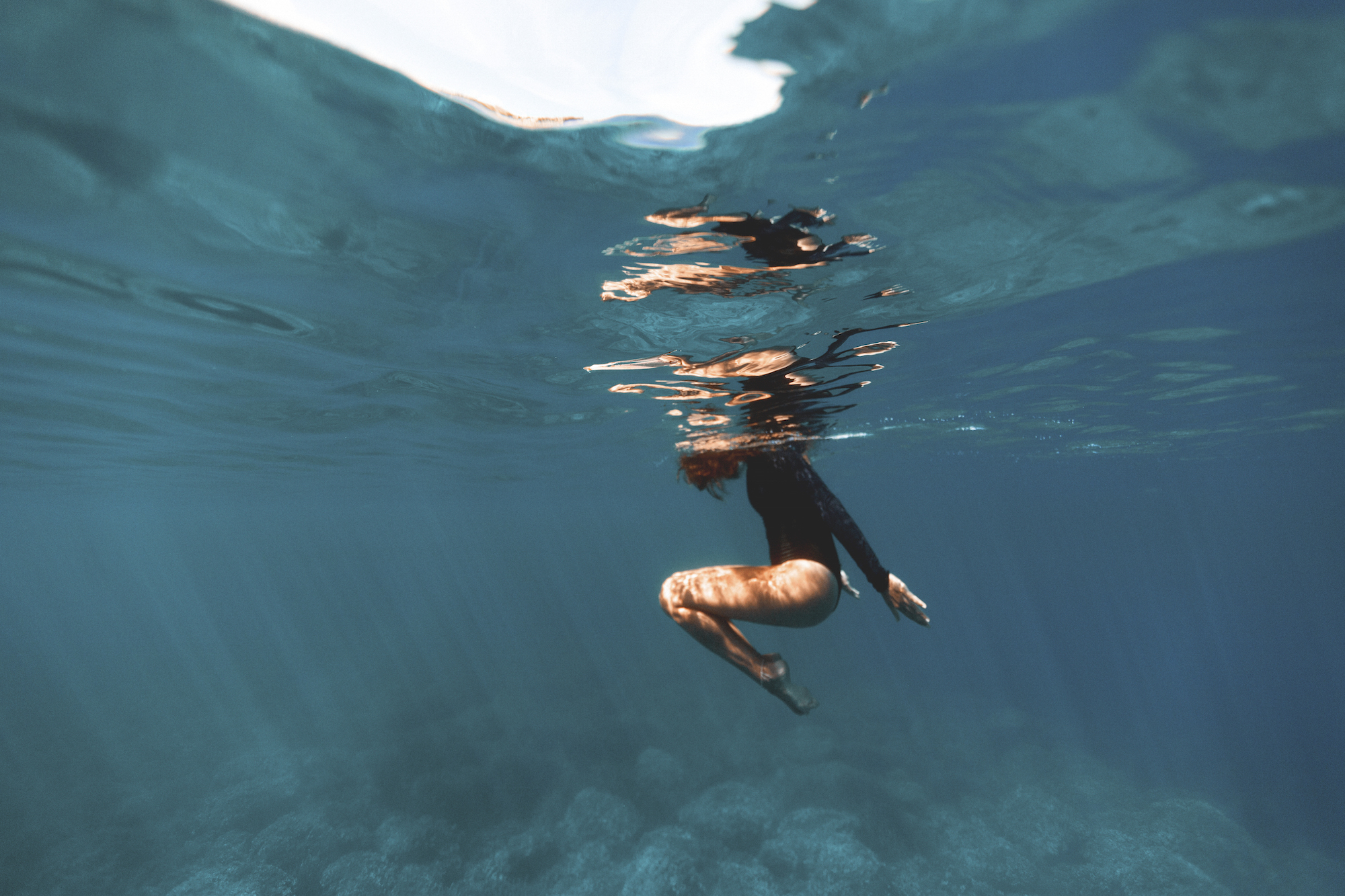
As usual, in the Gratacós learning space we are always carrying out actions related to design and creativity. This time, it’s the turn of the prestigious research agency Nelly Rodi with the commencement of the new edition of her traditional “Trend Notebook”. An agile and didactic presentation that we organize twice a year, where design students and professionals of the sector meet to find out about the main trends that will mark the Spring- Summer 2020 season. Always from a context that directly affects the fashion industry, taking into account the global socioeconomic situation. The spokesperson of this instructive talk for many years is Úrsula Uría, Nelly Rodi’s spokesperson in Spain, and we can hear about more concrete trends that affect consumption, lifestyles, colours, silhouettes … and will set the guidelines for next summer. Always from an orientation point of view. It is already know that this is a prediction is not always exact, but it helps to set some guidelines.
In this last initiative, Úrsula Uría places us within an economic context of waiting, where the world prepares to face a new economic crisis much tougher than the previous one. That is the key to understanding the Jump macro trend that will influence the four trends that are presented: “We need to gain momentum because what is coming is even worse than what we have experienced. We accumulate the crises that already evident within the political context, social movements or economic fragility, “she says.
Úrsula Uría: “”We need to gain momentum to face the crises that await us”
From this unencouraging scenario, Nelly Rodi Predicts four trends that will affect the fashion industry and that fall within the following categories: Holiness, Invincible, Vision Y Spotlight.
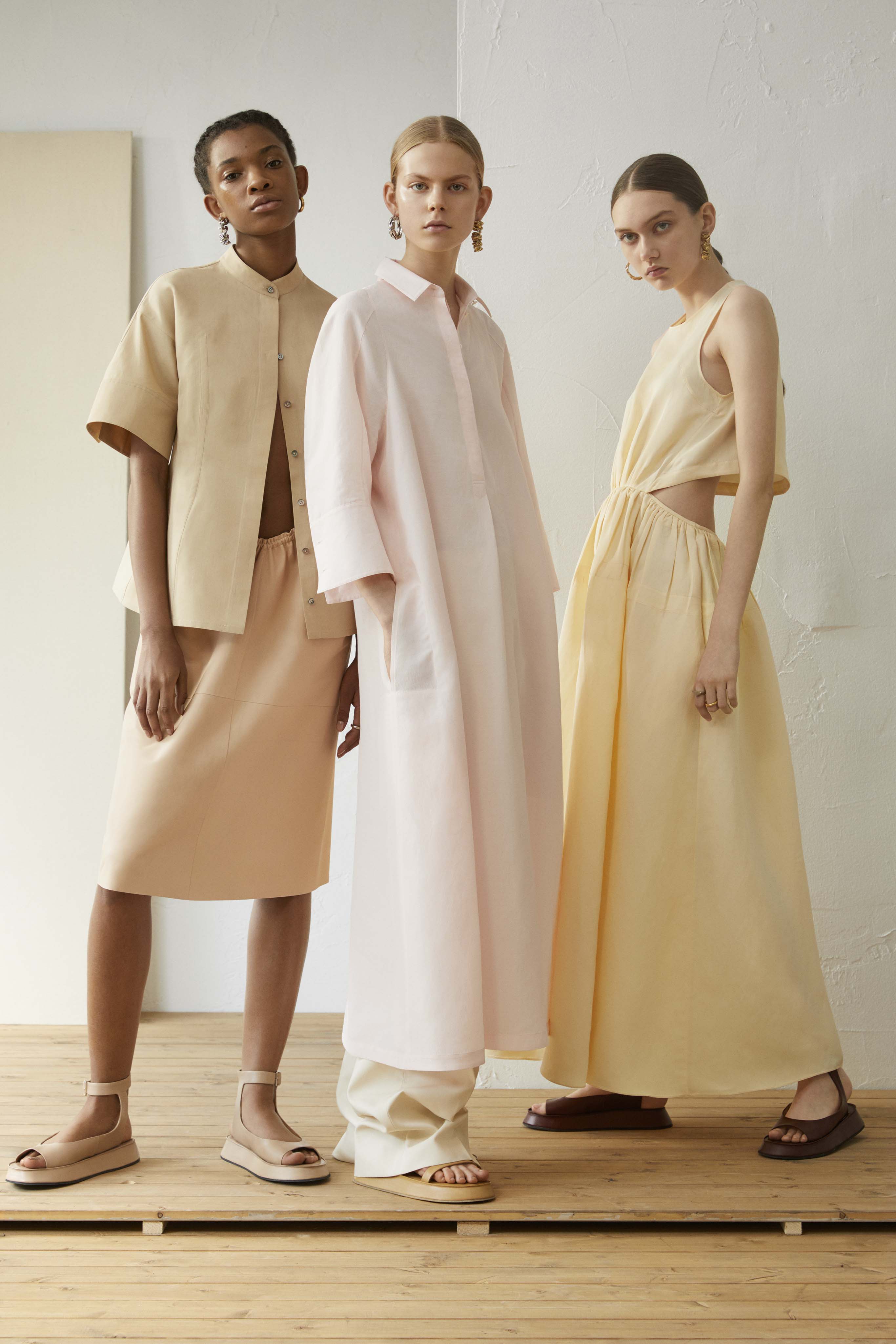
1. HOLINESS
A minimalist trend that appeals to the classics, to the ancient era, to the splendor of classical Greece and the Roman Empire. A review of mythology and the first cultures to look for new creative solutions. “In the classic we will find the only way to advance as a society by taking the best they have done and innovate,” explains Uría. Holiness is also inspired by Morocco and Egypt, in the deserts of North Africa.
Visual references : The Yves Saint Laurent museum , the book ‘ Homo Deu s’ by Yuval Noah Harari, the influencer of Italian yoga Aria Crescendo, the austere hotel of Adrere Amellal in Siwa , meditation, introspection and spirituality .
Silhouettes: The Oversize garments Oversize, fluid and flowing, false minimalism, easy and comfortable looks, fluffy and soft materials, natural fabrics: linen, suede, leather, bamboo … prioritizes organic and handmade details. It is a premium line that does not include prints. The sophistication that seeks comfort above all. The artisan plays in another league.
Colours : The palette of browns, beiges and off whites are the star of this trend. The tones that emulate the minerals with their shades and outlines. It is an evolution of all nudes. The second colour line refers to the terracotta and blue colours of Marrakech.
Silhouettes : Straight lines, well-marked lines and versatile and functional garments predominate.
Colours : They refer to the industrial and revolve around grey and blue. Black does not appear and ink tones give depth. The colour block in a single tone will also be in.
Key concepts : Modern pilgrim, ancient civilizations, ethical minimalism, introspection and origins.
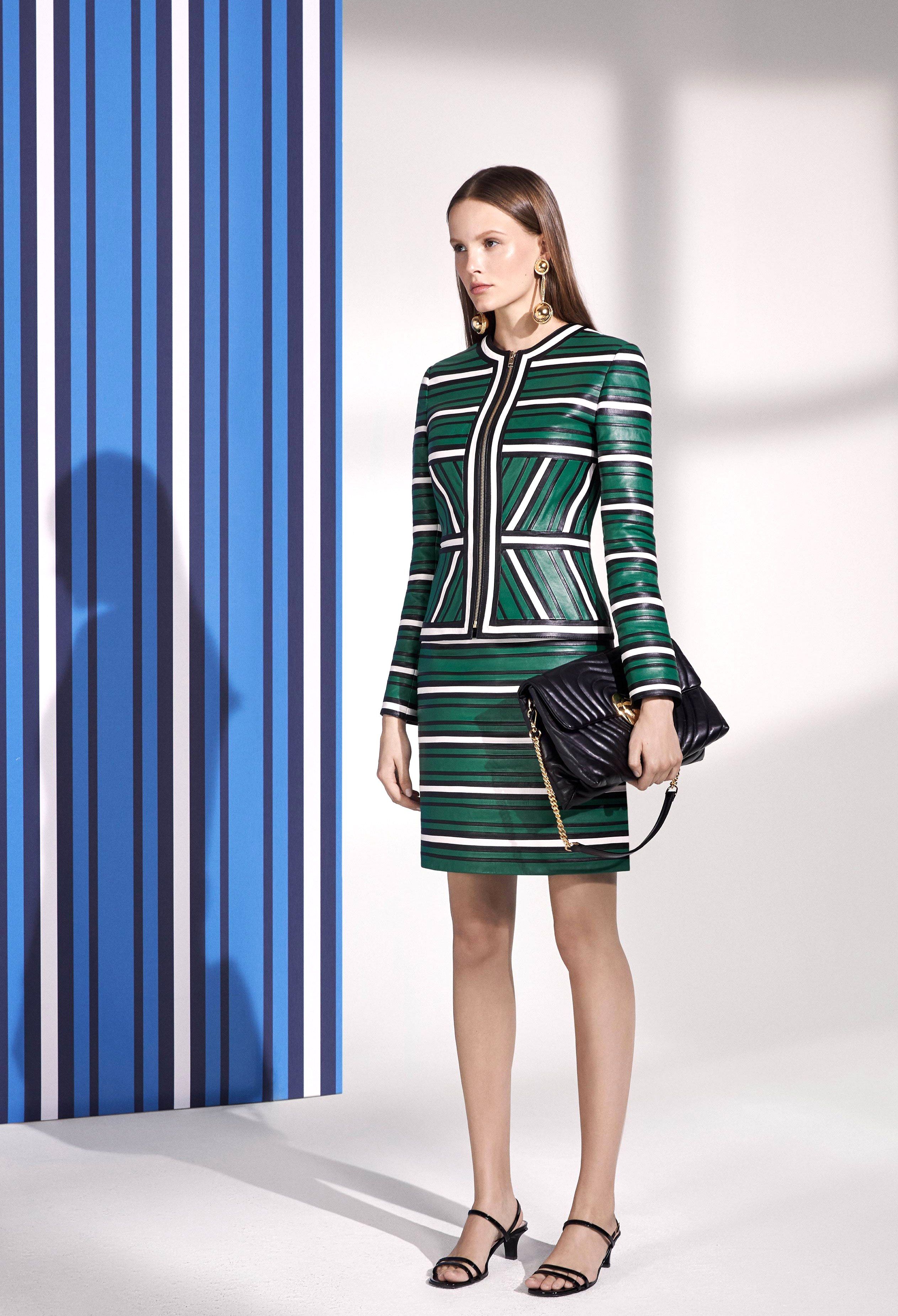
2. INVENCIBLE
A maximalist tendency that refers to cultural revolutions, social movements, activism and a greater awareness of global issues such as nature and the environment. “This trend connects to being a fighter in a creative, non-aggressive way, ” says Uría . A style that also connects with the passion for extreme sports like extreme risk, adrenaline and survival.
Visual references : The pop up of Adidas in Seoul, the athlete Emily Sukiennik, the multi functional garments, fashion tech, the Survival Living room in Paris, the concept of explorer, the mutational skin of the reptiles, Comme des Garçons …
Silhouettes : Technical fabrics, reversible garments and clothing inspired by sport that is conceived as a new way of relating. The patterns are mixed together, there are no limits.
Colours : The first palette is called alert and is much more explosive with tones linked to plastics such as vibrant blue and bottle green. The second palette refers to all tribal and is linked to camouflage tones: false blacks and the tones that emulate lizards and snakes’ skin.
Key concepts : Protection, extreme sports, outdoor and role of winner and defeater.
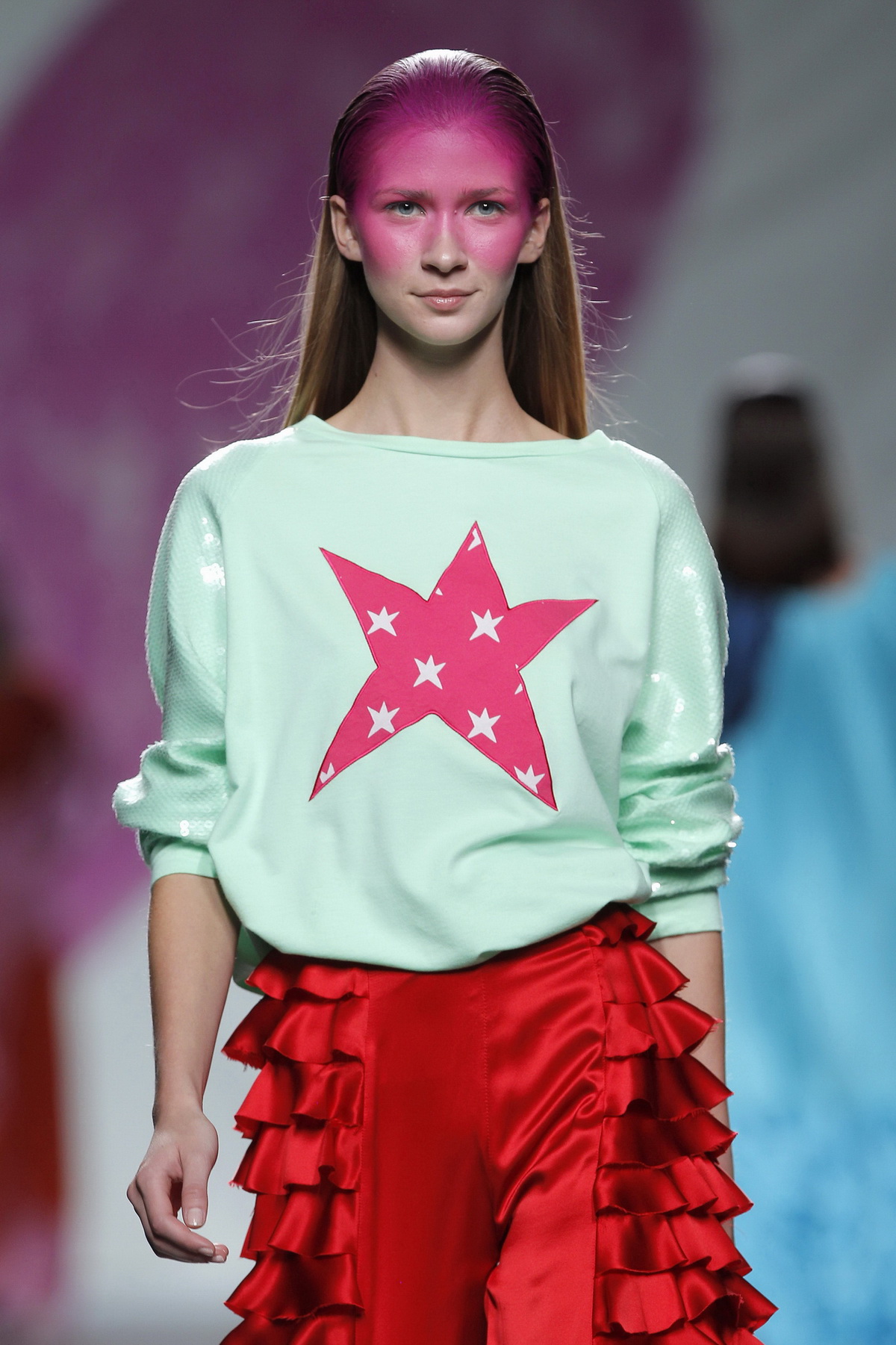
3. VISION
A minimalist trend that appeals to youth, sustainability and technology. There is talk of utopias: “We talk about the desire to change the world using happy therapy, ” says Ursula Uría. In this positive current there is no ugliness or weirdness because beauty is considered to be everywhere, as long as it is not offensive.
Visual references : The unconventional models, the sustainable fair in Berlin, the collaborative project The Student Hotel, the latest ASOS campaign, the latest Delpozo campaigns , the Agatha Ruiz de la Prada look …
Silhouettes : Comfortable garments with contrasting colours that surprise: yellow with greens, greens with oranges, oranges with pinks … Also arty prints that emulate the aerosols from a fresh and youthful point of view, the Bardot necklines that connect with the new feminine sensuality . The prints play around, for example, stripes with pictures … always with one colour as a main theme. Plenty of Geometric répétitions too.
Colour : The first palette refers to baby tones in their most milky and decaffeinated version. The second appeals to a more sorbet range of colours with gelatinous textures.
Key concepts : Happy utopia, eco conscience, soft technological, positive future, contemporary romanticism and be a resolver.
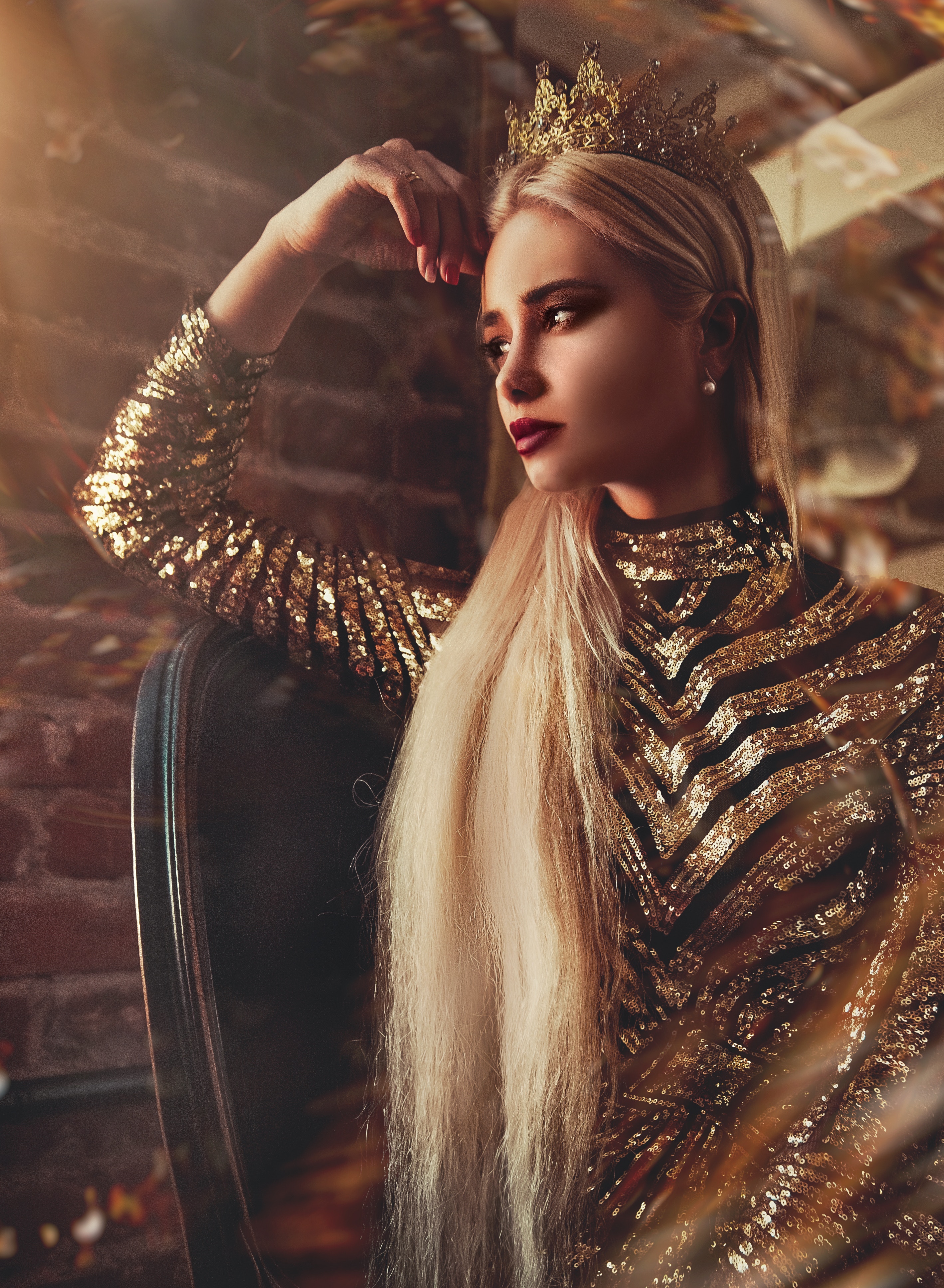
4. SPOTLIGHT
A maximalist tendency that appeals to glamour and excess with a retro air. It refers to outdoor parties on terraces and pools in venues such as Las Vegas or Los Angeles. “The sexy, eccentric and daring woman inspired by the 50s returns,” adds Uría.
Visual references: Palm Spring, the Coco Chanel pop up in Malaysia with vending beauty machines, nightclubs, exclusive parties, bling bling, art-deco, Charlie’s Angels, the beauty of sexiness, denim, the shimmer of the pools both day and night.
Silhouettes : Dresses, dungarees, long tunics, puffed sleeves, pronounced necklines … the most sophisticated garments in fabrics that radiate light like sequins or lames. Accessories are very important. Floral prints are also in, but with dark backgrounds
Colour: The first palette focuses on gold colour and its more aged tones. Also in the range of browns reminiscent of tobacco and leather. The second colour range appeals to violets, very dark reds and mauves that add that sophisticated touch
Key concepts: Extravagant glamour , hedonistic glam , pop power, tropical, positive attitude for your body and new empowerment.
Sorry, this entry is only available in Español.
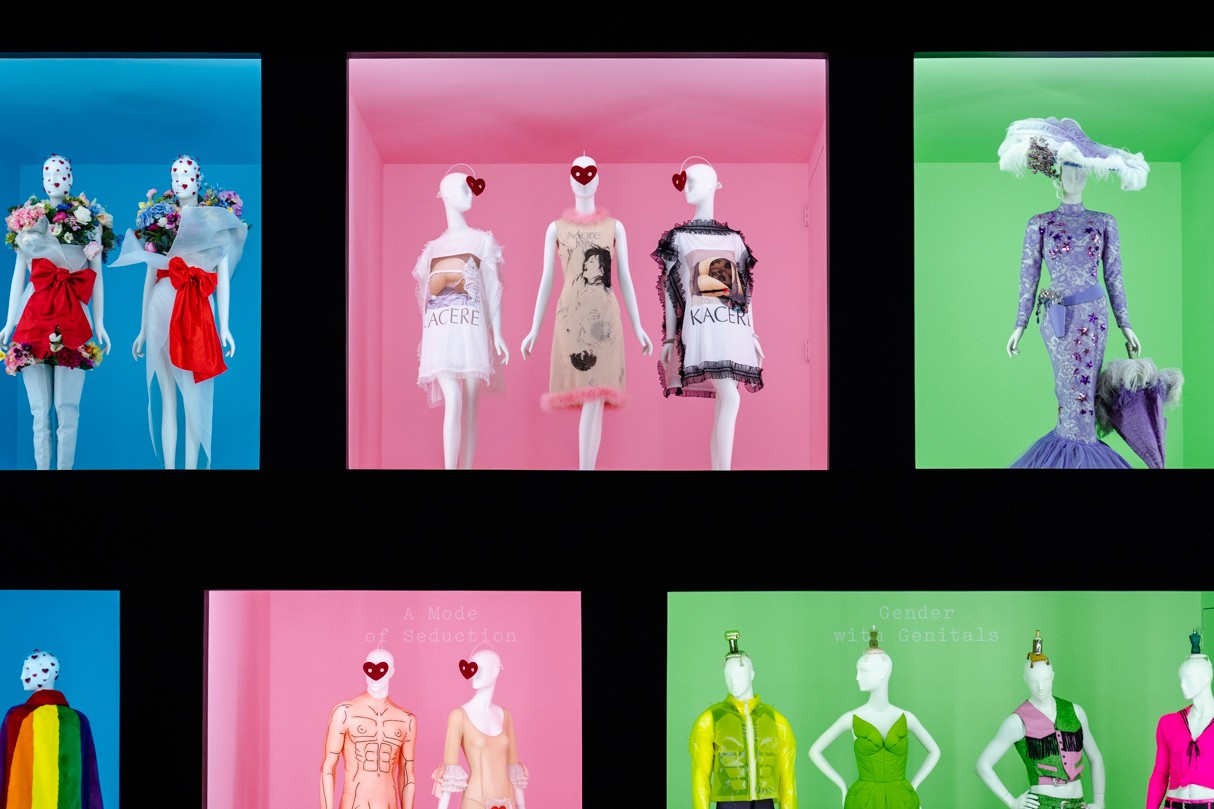
Think of some exaggerated, think of something extravagant, think of something theatrical. You got it? If so, you are thinking about the “Camp“ aesthetic, the neologism that is currently fashionable and that marks a trend toward maximalism.
What is the Camp? It is not an easy concept to approach at a theoretical level, perhaps aesthetically it is understood much better. Nor is it a new term, but a succession of ideas that draw it. Its conception comes from an essay by the writer Susan Sontag of 1964 entitled ‘Notes on Camp’ , a publication that deals with this artistic expression that reveals itself as a complex aesthetic that embraces multiple disciplines . The camp is defined as an ironic, humorous, artificial, theatrical, exaggerated movement … which is positioned between the highest art and popular culture. Between the divine and the earthly. The beautiful and the ugly that is exuberant but stylized. Sontag’s writings argue that camp is “love for the unnatural: artifice and exaggeration. Style at the expense of content. “
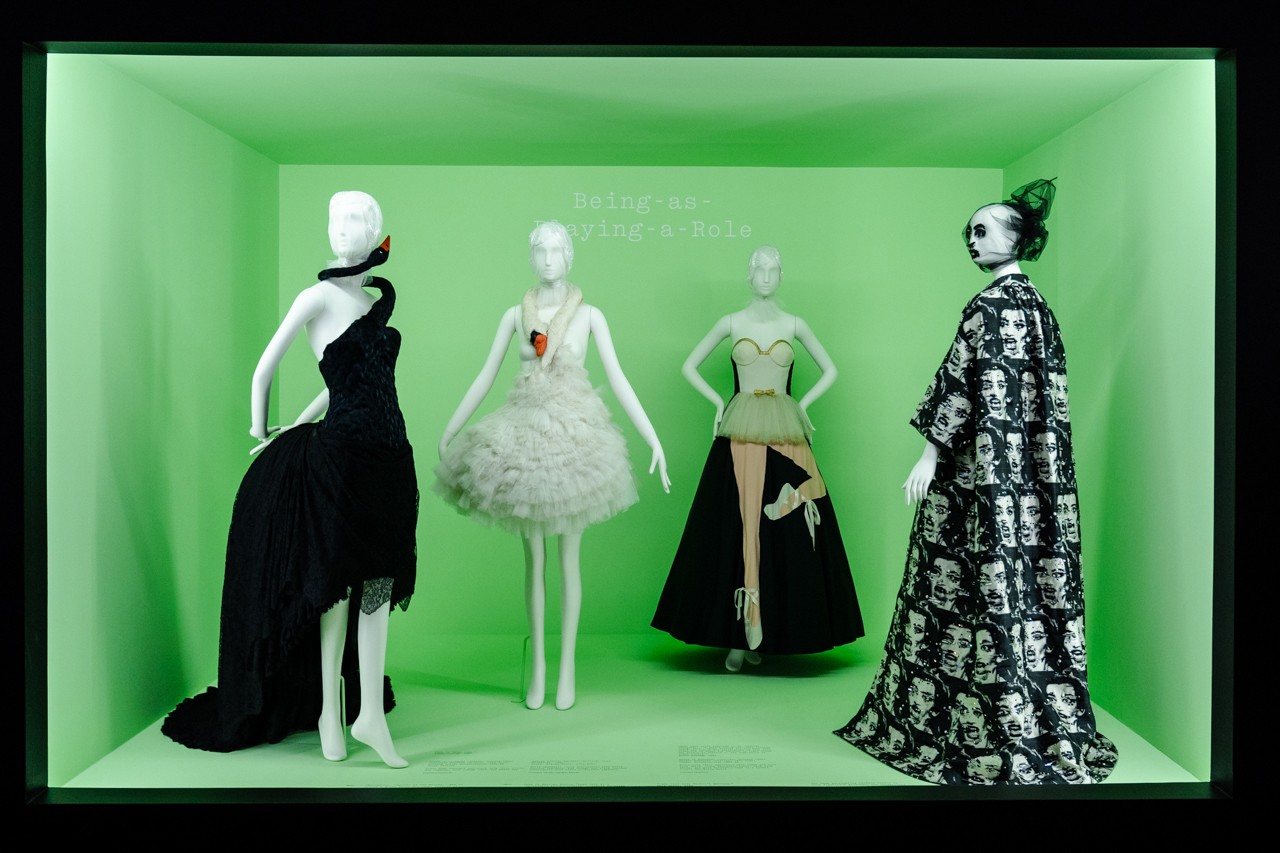
“Camp goes beyond kitsch: suggests combining art and pop culture”
For example, Sontag found this aesthetic phenomenon, for example, in the films of Busby Berkeley and actor Victor Mature, in the Maw West and General de Gaulle films, in Swan Lake, in the Flash Gordon comics, in the tenebrist paintings of Caravaggio, in the chinoiserie style and in the entire Art Nouveau movement. The writer and essayist breaks down in 58 points all the possible acceptances of the term with clear allusions to the cinema, literature, painting or architecture. Regarding the field of fashion, Sontag also notes explicit references: “Camp is a woman walking with a dress made with three million feathers.”
Precisely this week opens in The Metropolitan Museum of Art the exhibition that shapes this whole phenomenon through more than 250 objects that date from the 17th century to the present. An exhibition that explores the origins of this exuberant aesthetics and has a sponsorship luxury that is leading precisely one of the firms most aligned with this movement: Gucci creative director Alessandro Michele represents n now a new inspiration from Camp in the XXI century.

Where does the Camp come from?
Susan Sontag It situates its origins in the seventeenth century in the French court under the reign of Louis XIV. The same Sun King built Versailles, a powerful fortress and a dazzling showcase for the nobility to be gathered for enjoyment and enjoyment of the monarch. They went to the ostentatious rooms of Versailles where a protocol and demands for clothing for the king and his court were elaborated, which forced to squander large sums of money to keep up appearances. Literally.
At the death of Louis XIV flourished the Rococo style in fashion, characterized by excess, volumes, architectural and mammoth silhouettes that served mainly for the ornament, accompanied by accessories, ties, embroidery, wigs … that enhanced this artificiality. The opulence reached its peak around 1770. After some anecdotal incursions in the 19th century, the word gained popularity at the beginning of the 20th century among homosexuals of the time, where they found in the Camp all a language full of meanings. An accessory in particular, a fabric in a shoe, a tight-fitting clothing, a certain color. Later, Andy Warhol was also inspired by the term to make it his own within pop culture. Designers like Elsa Schiaparelli , Jean- Paul Gaultier, John Galliano, Marc Jacobs, Erdem, Cristobal Balenciaga and Thom Browne enter the Camp, as well as the new generation as Molly Goddard , Richard Quinn, Matty Bovan or Palomo Spain, to name a few. In the exhibition “Camp: Notes on Fashion “is also cited other emblematic and legendary designers such as Paul Poiret, Marc Jacobs and Karl Lagerfeld through various dresses and looks that make up the exhibition.
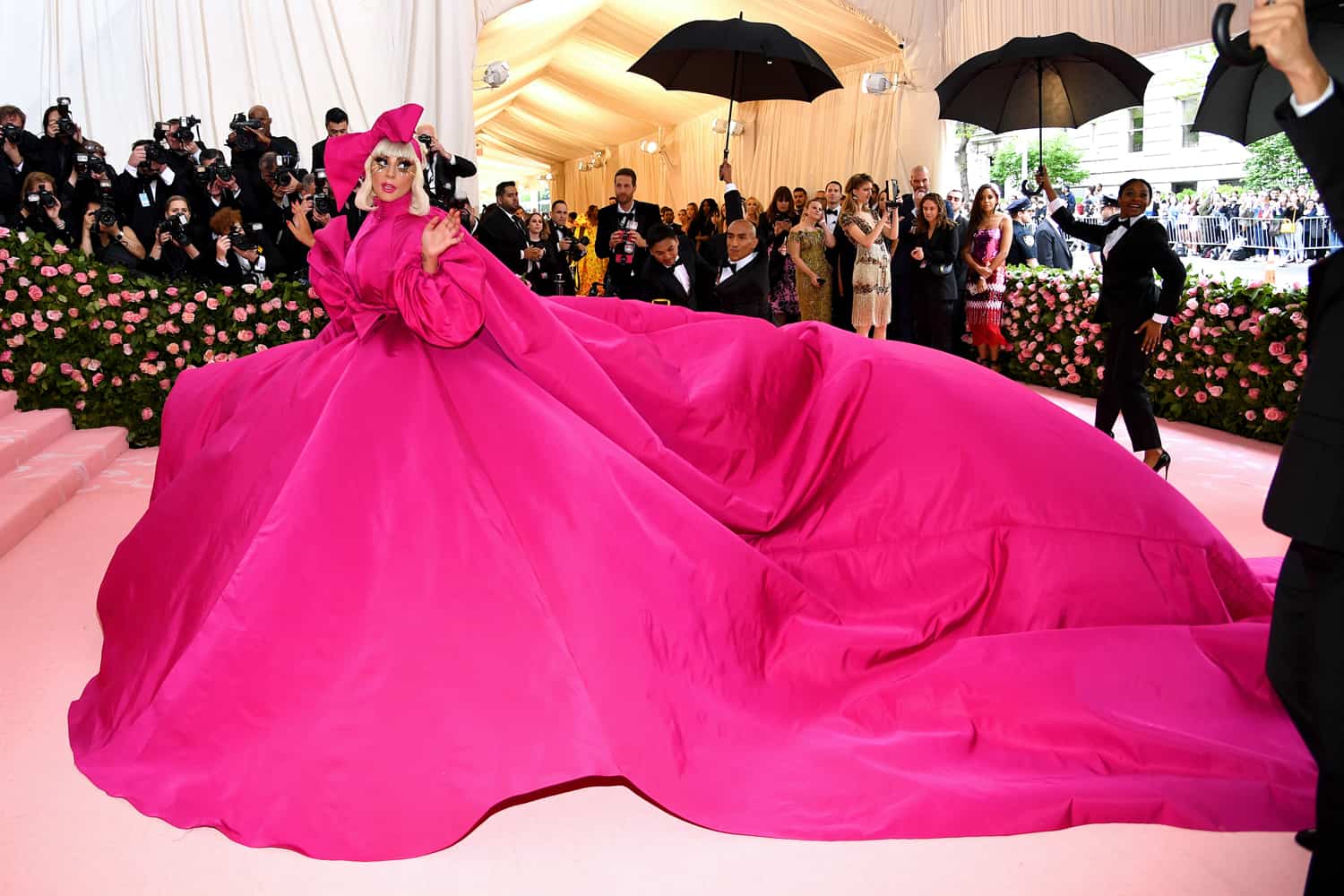
Lo Camp at the MET Gala
As an aperitif to the exhibition, the Metropolitan Museum of Art in New York received the most stylish celebrities and philanthropists on the planet in the traditional festival Anna Wintour organizes each year: the MET Gala that is celebrated every first Monday of May in this emblematic New York location. A solidary party that is equated with the Oscars at the media level. Thus, with a cloud of flashes on the pink carpet and the hashtag # MetCamp on social networks, the invited media exhibited their extravagant outfits inspired, as it could not be otherwise, in the theme of the exhibition, Camp: Notes on Fashion. In fact, it was the British Andrew Bolton, chief curator of the Institute of Clothing, responsible for choosing the theme.
In addition to the famous editor of the ubiquitous Vogue USA, the party counted as hosts with Alessandro Michele leading Gucci, pop queen Lady Gaga, singer Harry Styles and tennis player Serena Williams.
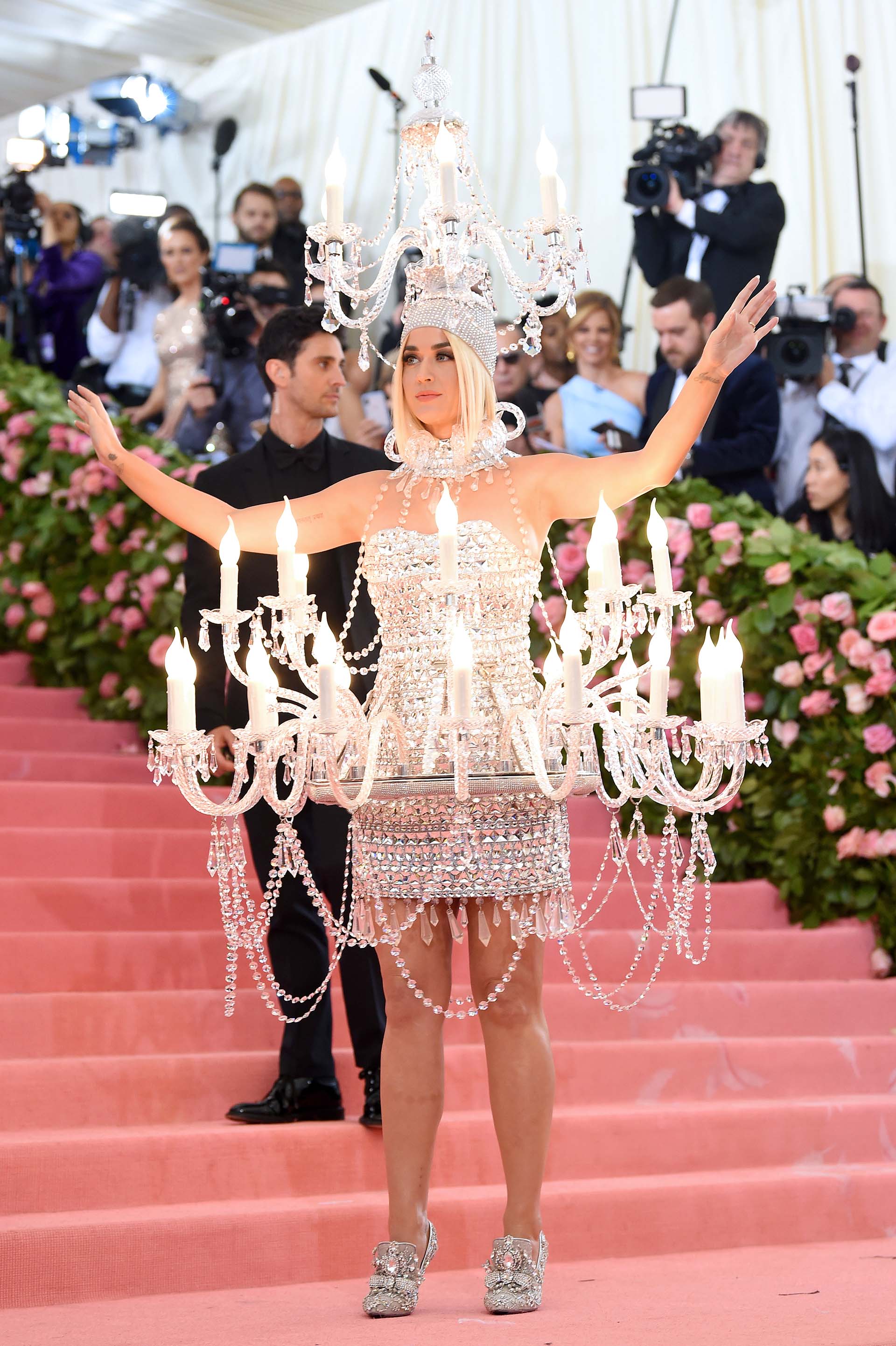
Between this popular parade of vanities there were successes and mistakes, the theme is not easy precisely. Many were the looks that surprised us and we will cite some that inspired us as, for example, the performance that Lady Gaga did with her stunning fuchsia dress by Brandon Maxwell that was removed little by little, with two other changes to stay at the end with a lingerie set, some fishnet stockings and platform boots. Or the light that Katy Perry brought dressed in a candelabra, a work by Moschino. De Gucci were many celebrities, although Jared Leto stood out, posing with a replica of his head as the models of the Italian firm did in their fall-winter 2018 fashion show. The Cara Delevinge top appeared with an amazing Dior multicolored couture inspired by bow -iris. The actor Billy Porter, known for the Pose series, gave the audience a golden moment by presenting himself as an authentic Egyptian deity. The actress and singer Zendaya became a modern Cinderella by grace of Tommy Hilfiger or the always risky Janelle Monae was visited as a work of art thanks to the designer Christian Siriano.
Many were the proposals in one of the most unforgettable nights of the year where creativity was given free rein. Indeed, feathers were not missing either. From Gratacós we have also been inspired by the fabrics that suggest this Camp aesthetic under the motto: L or artificial as a trend.
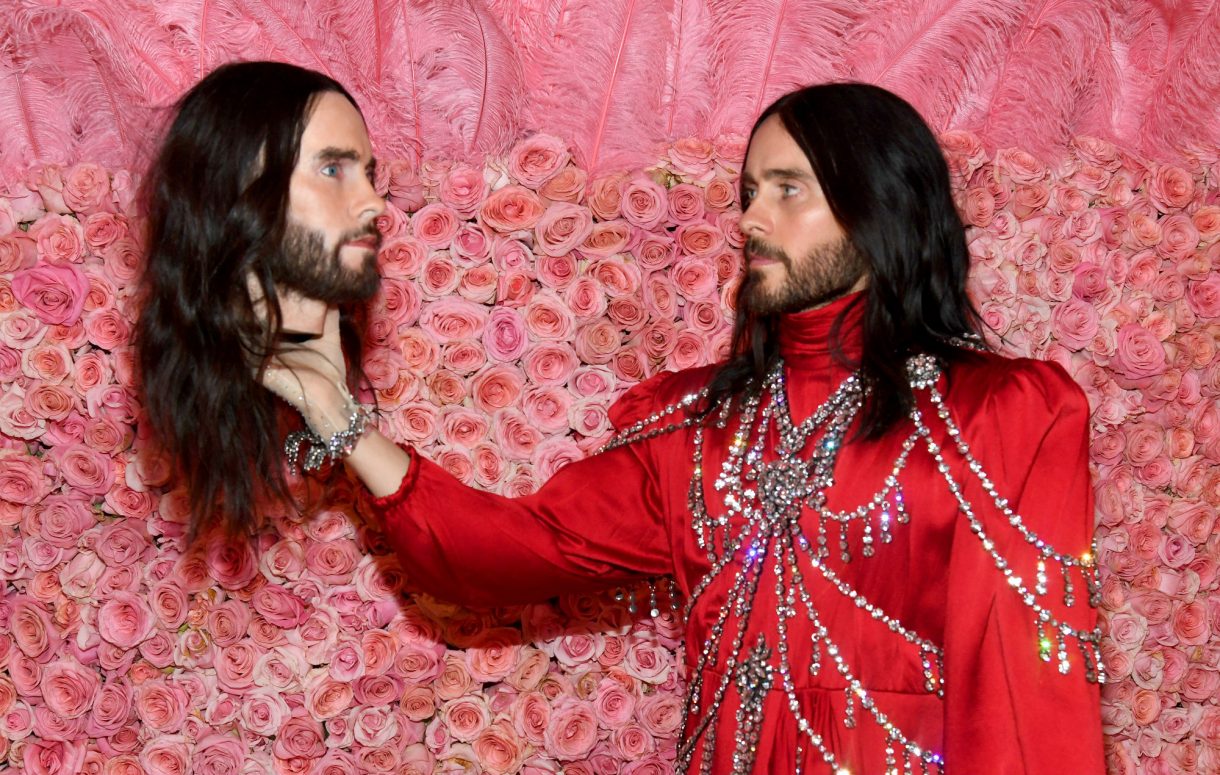
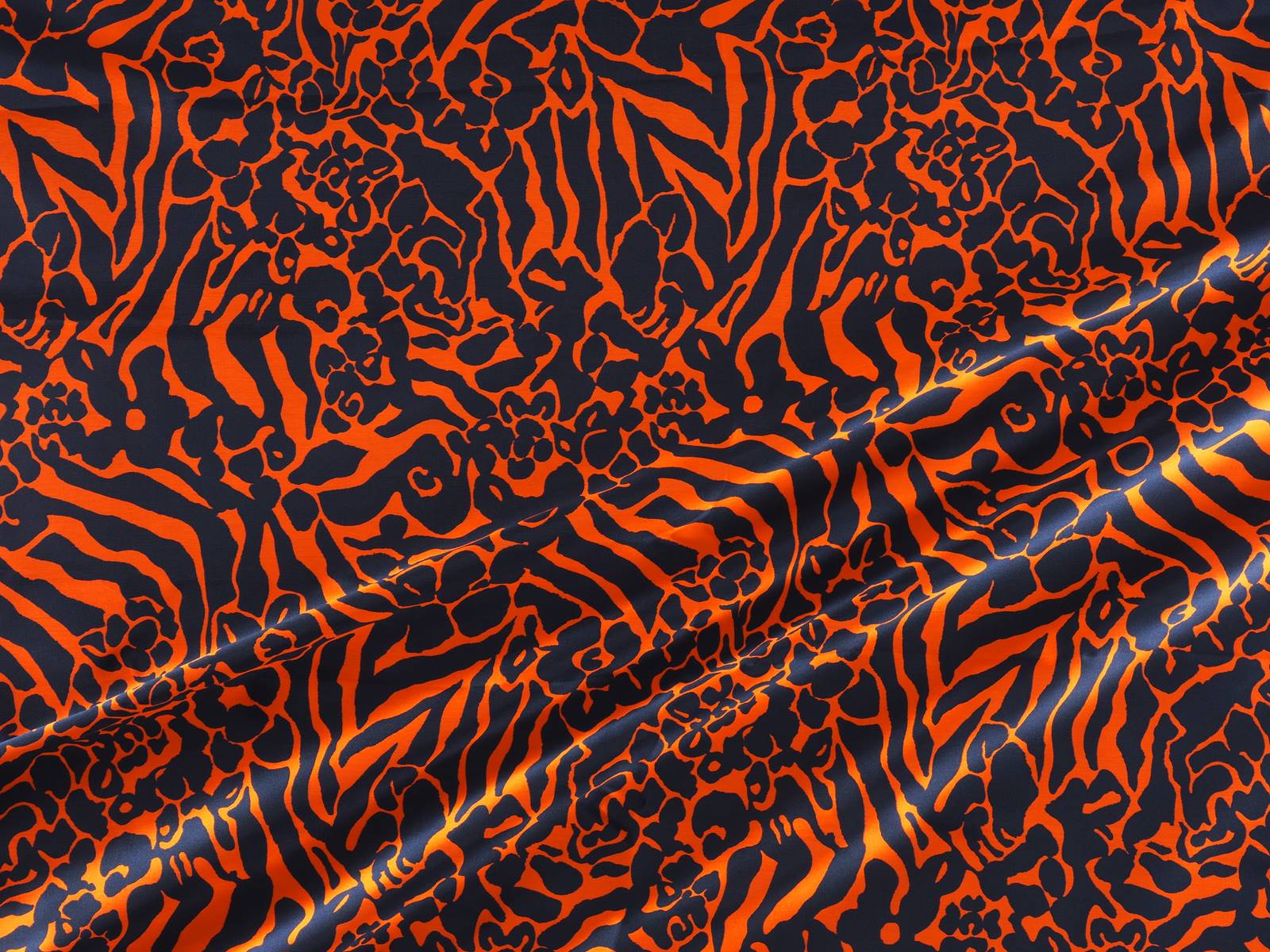
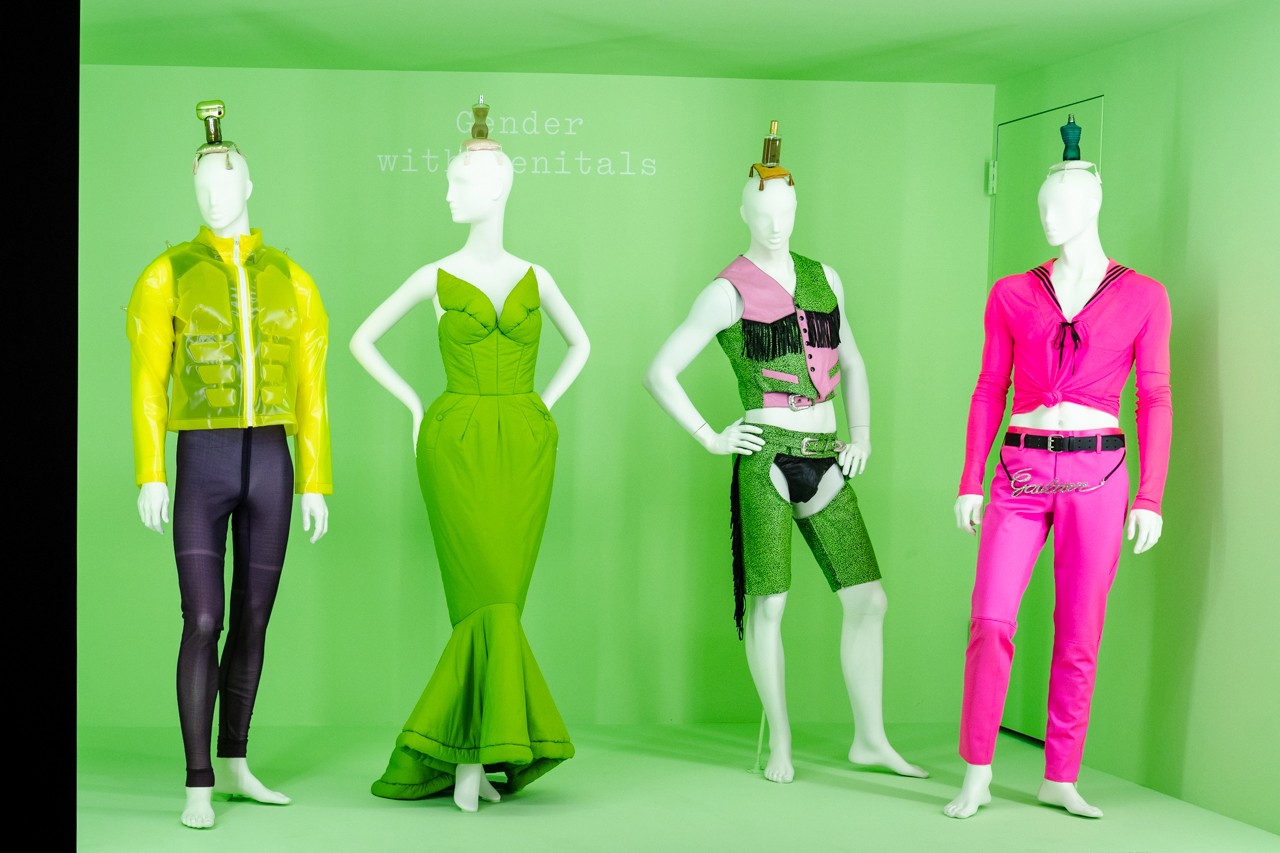

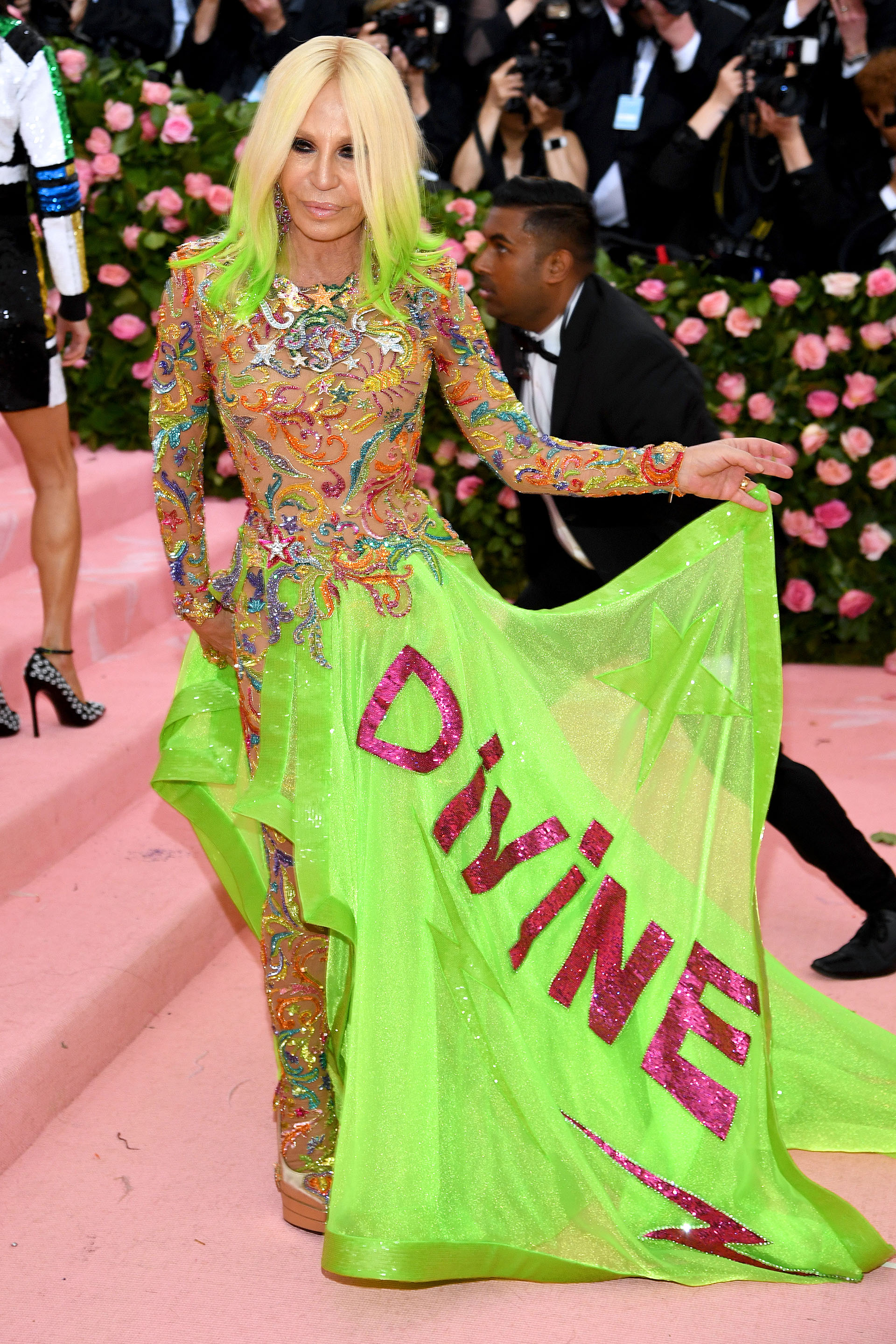
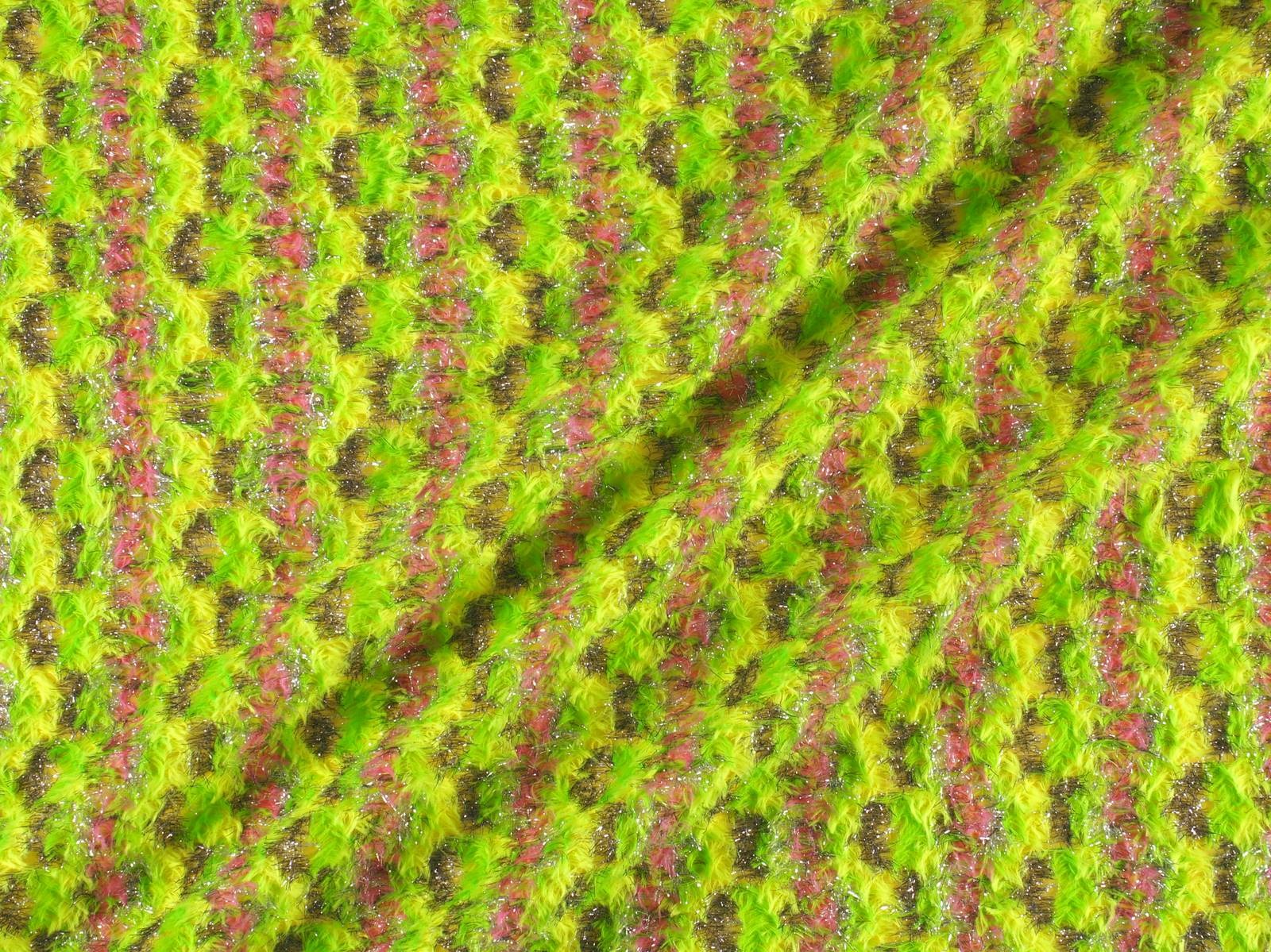
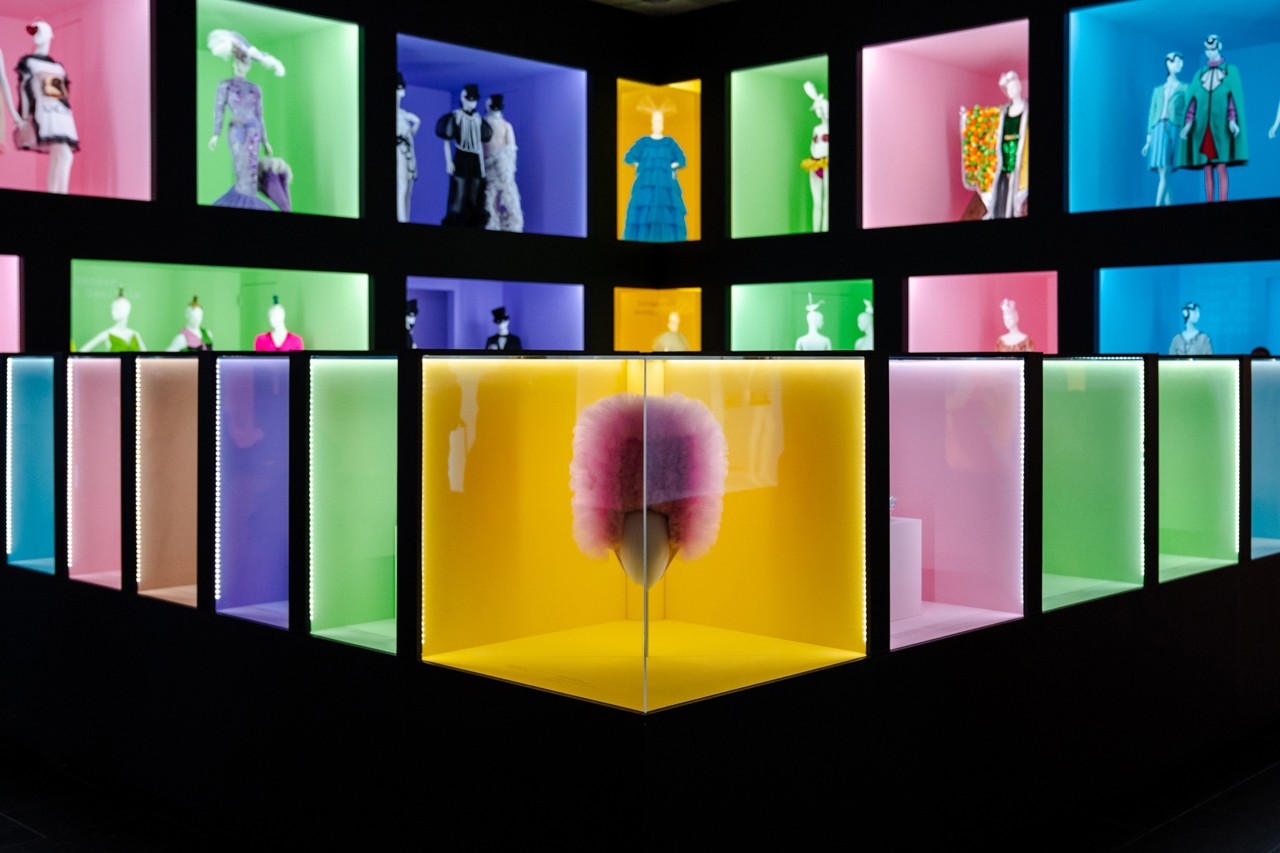
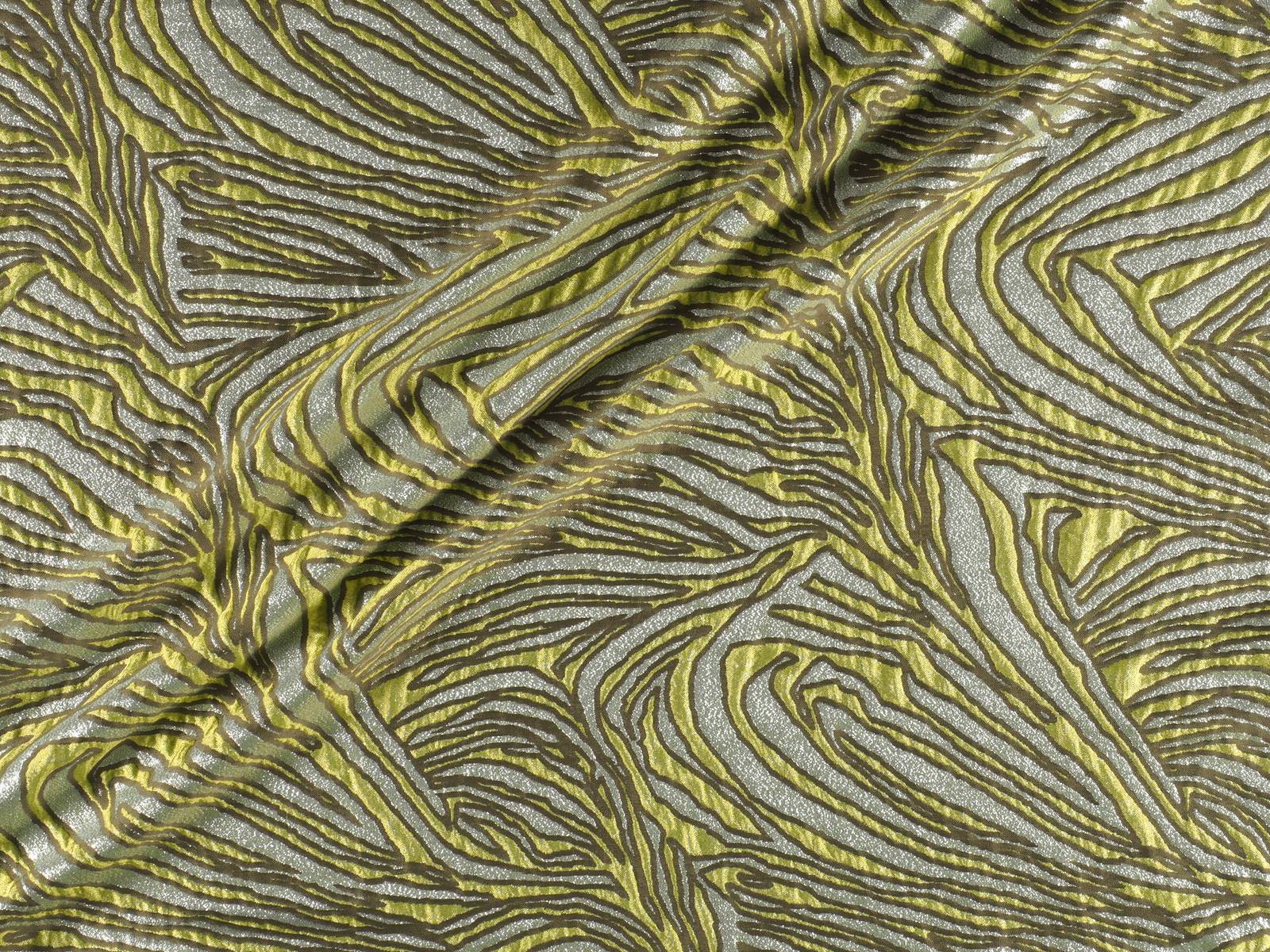
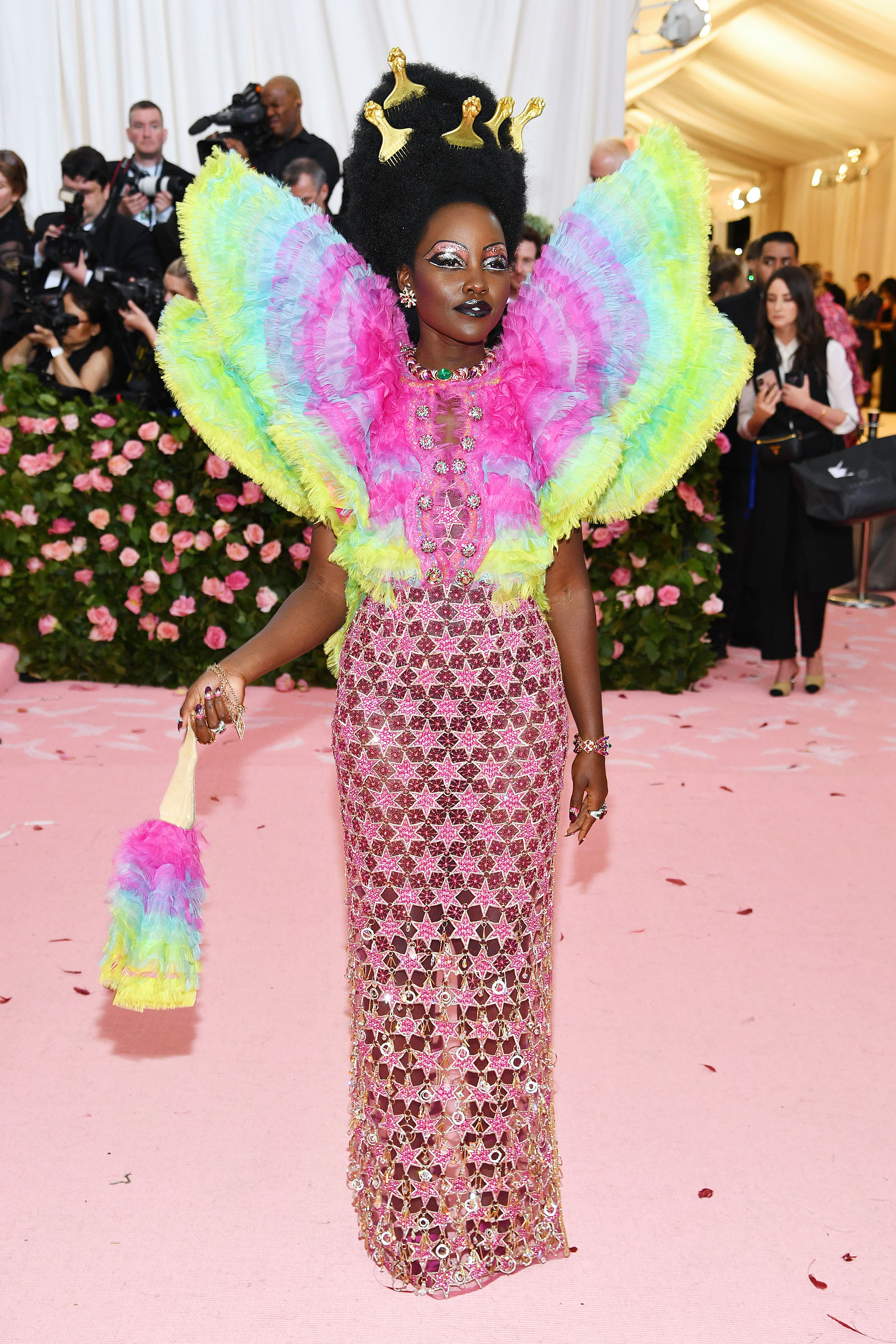
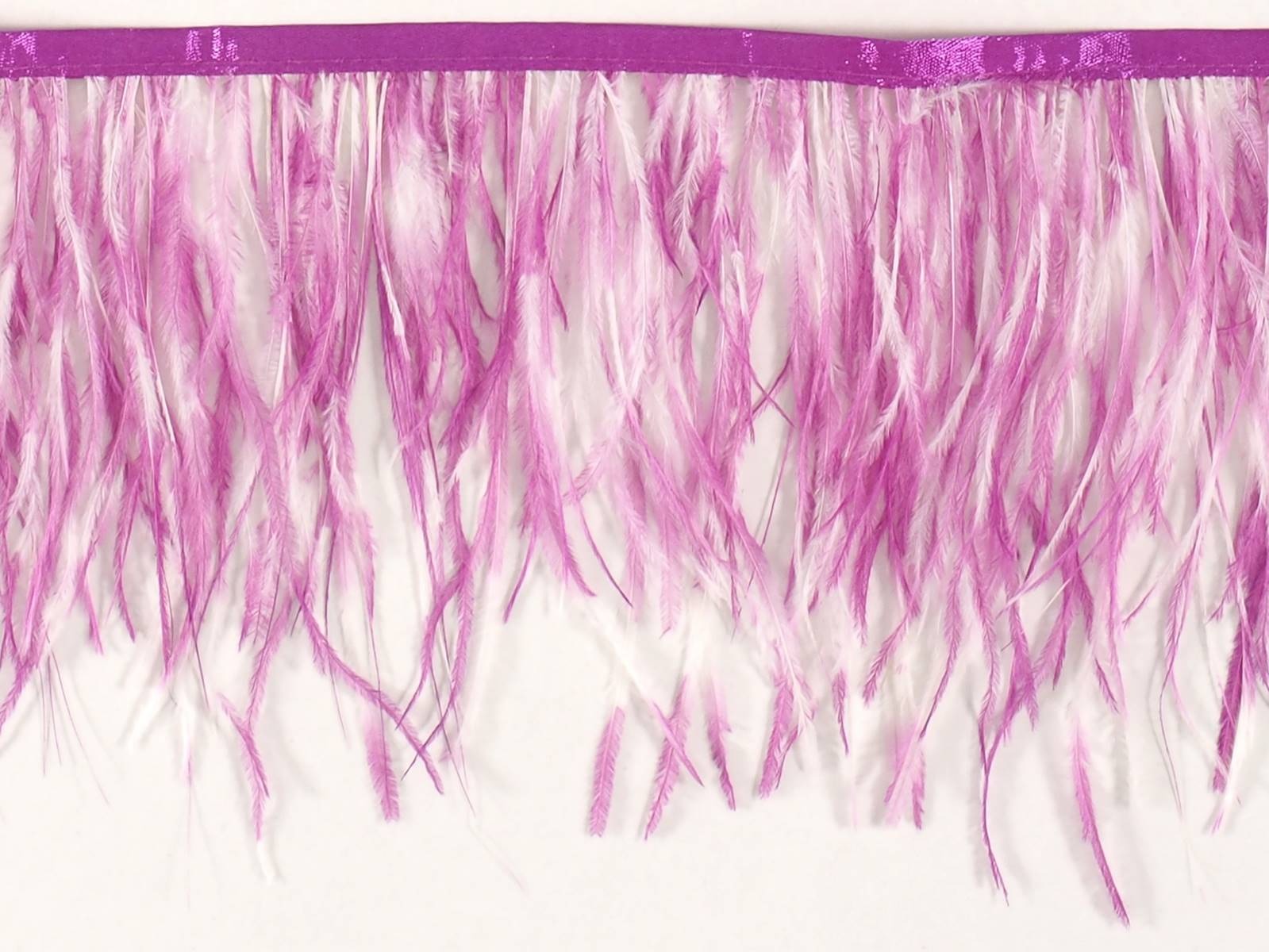
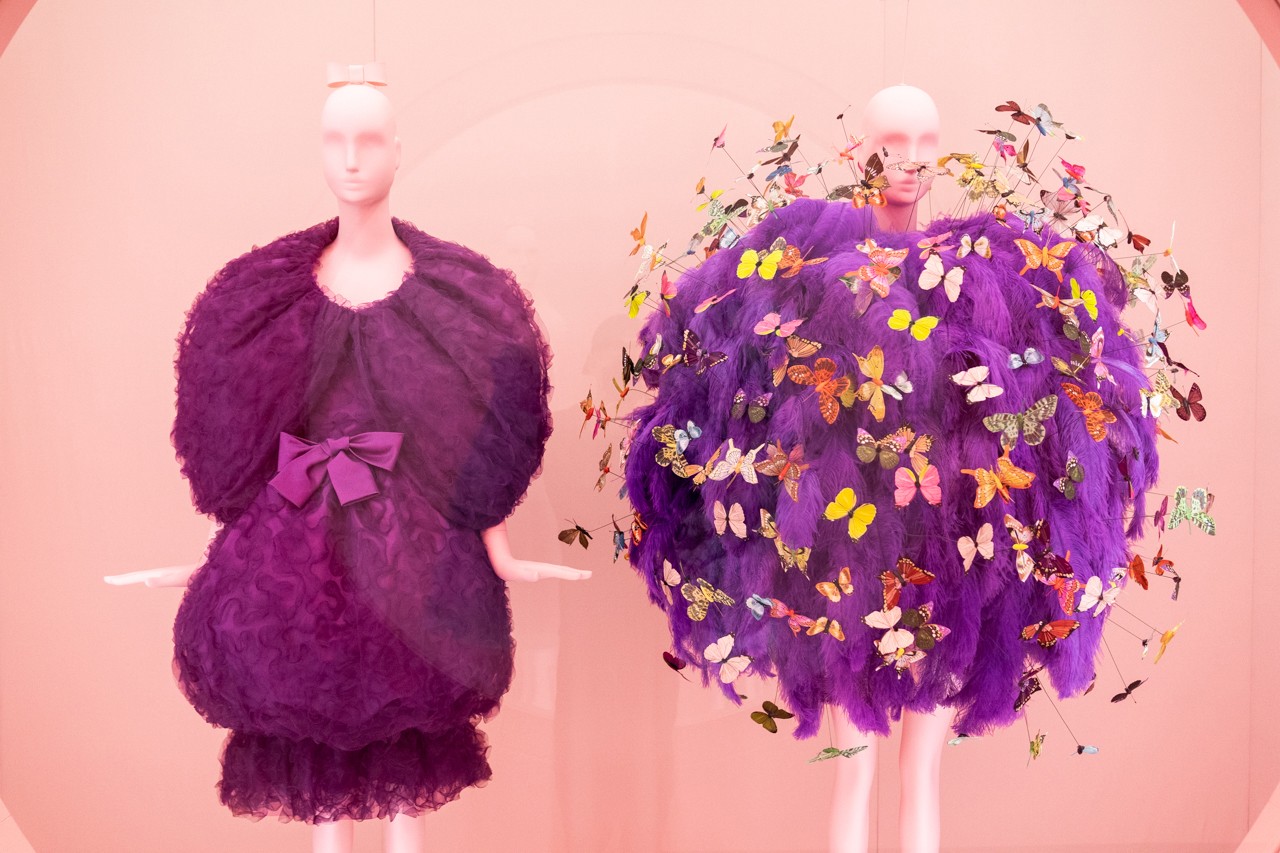
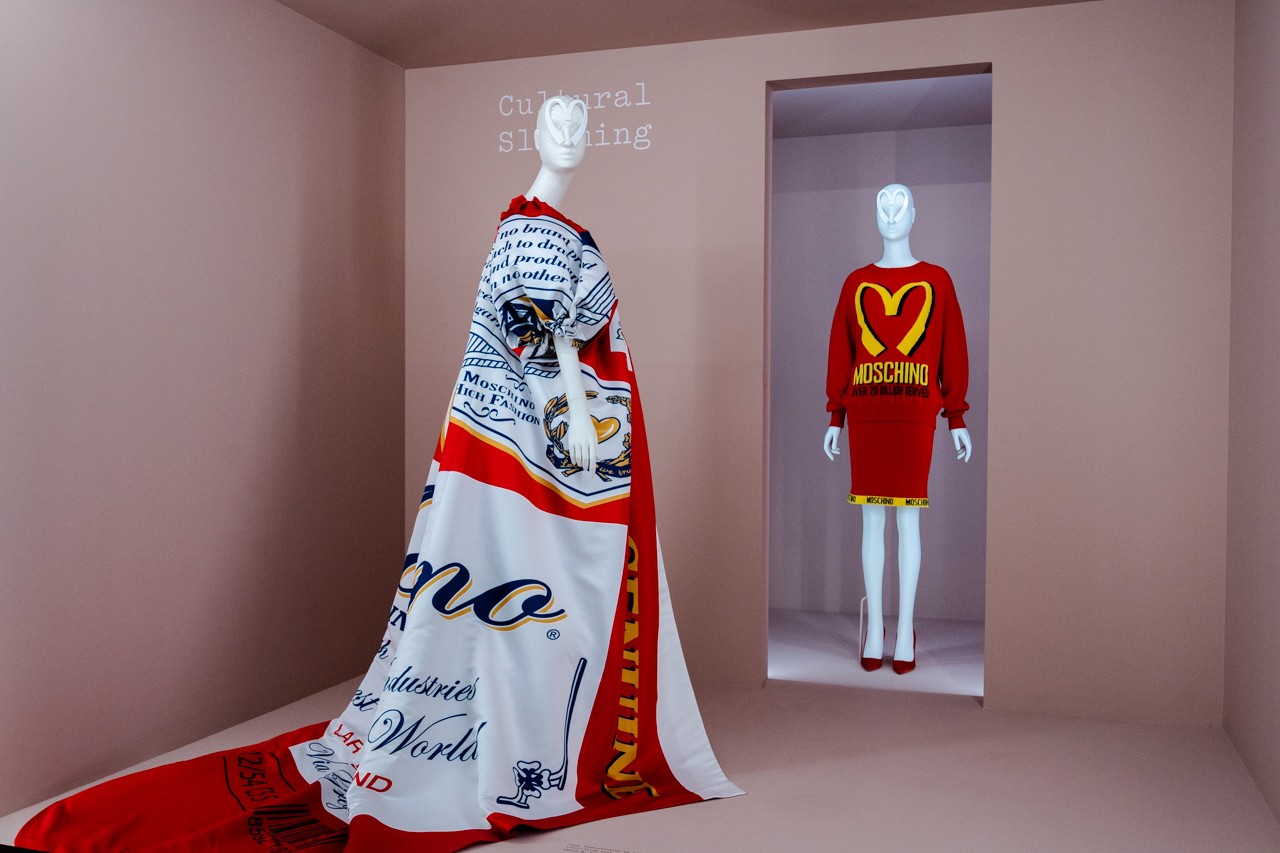
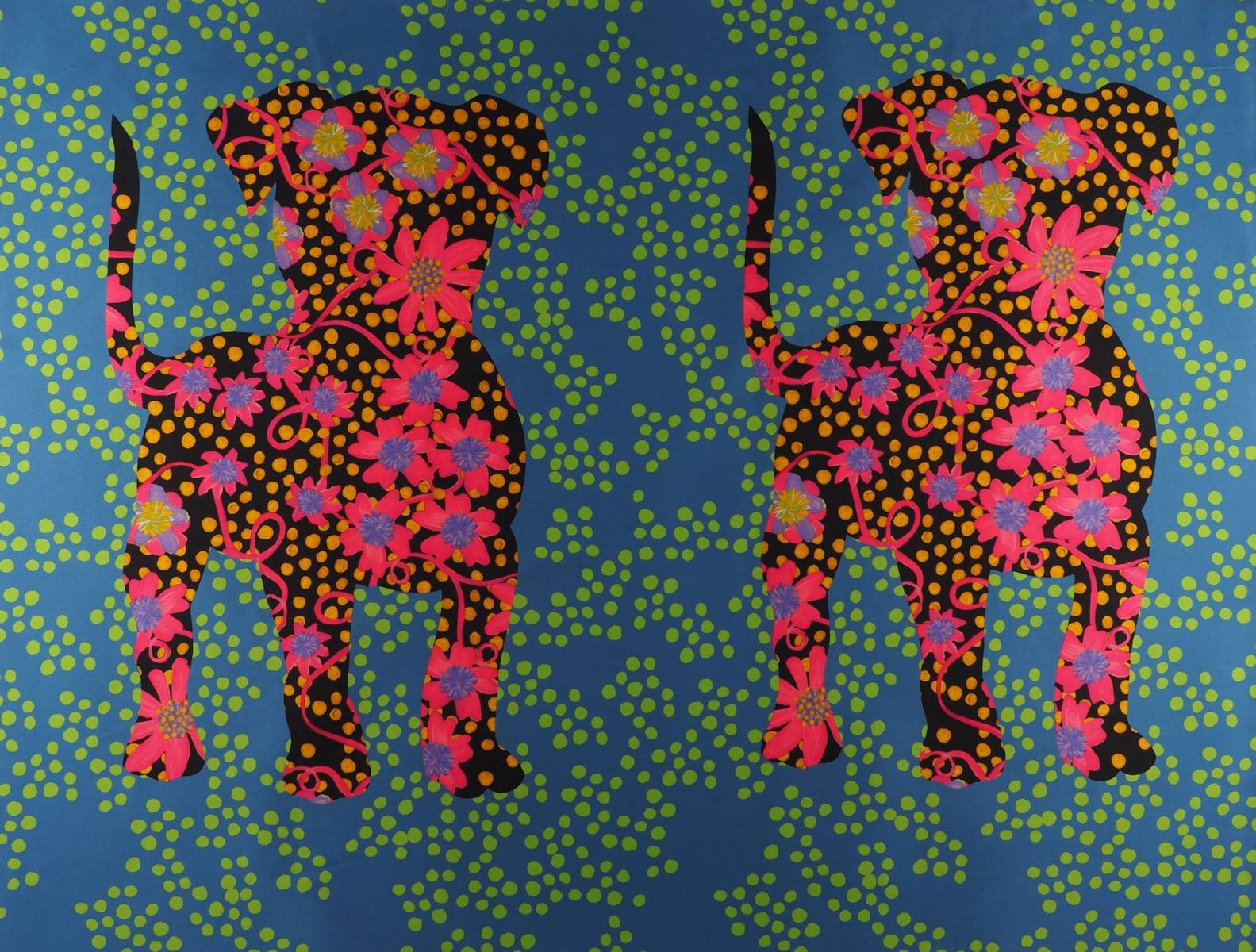
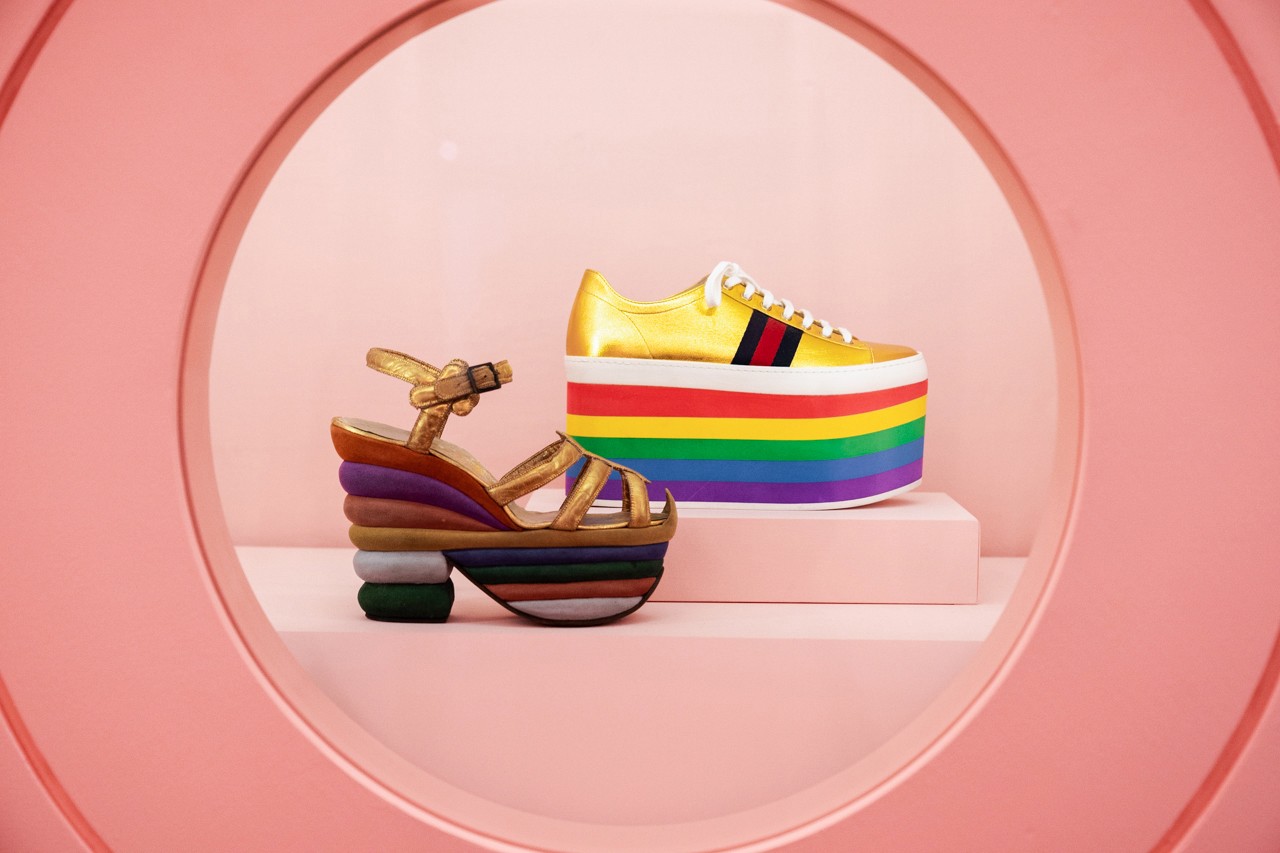
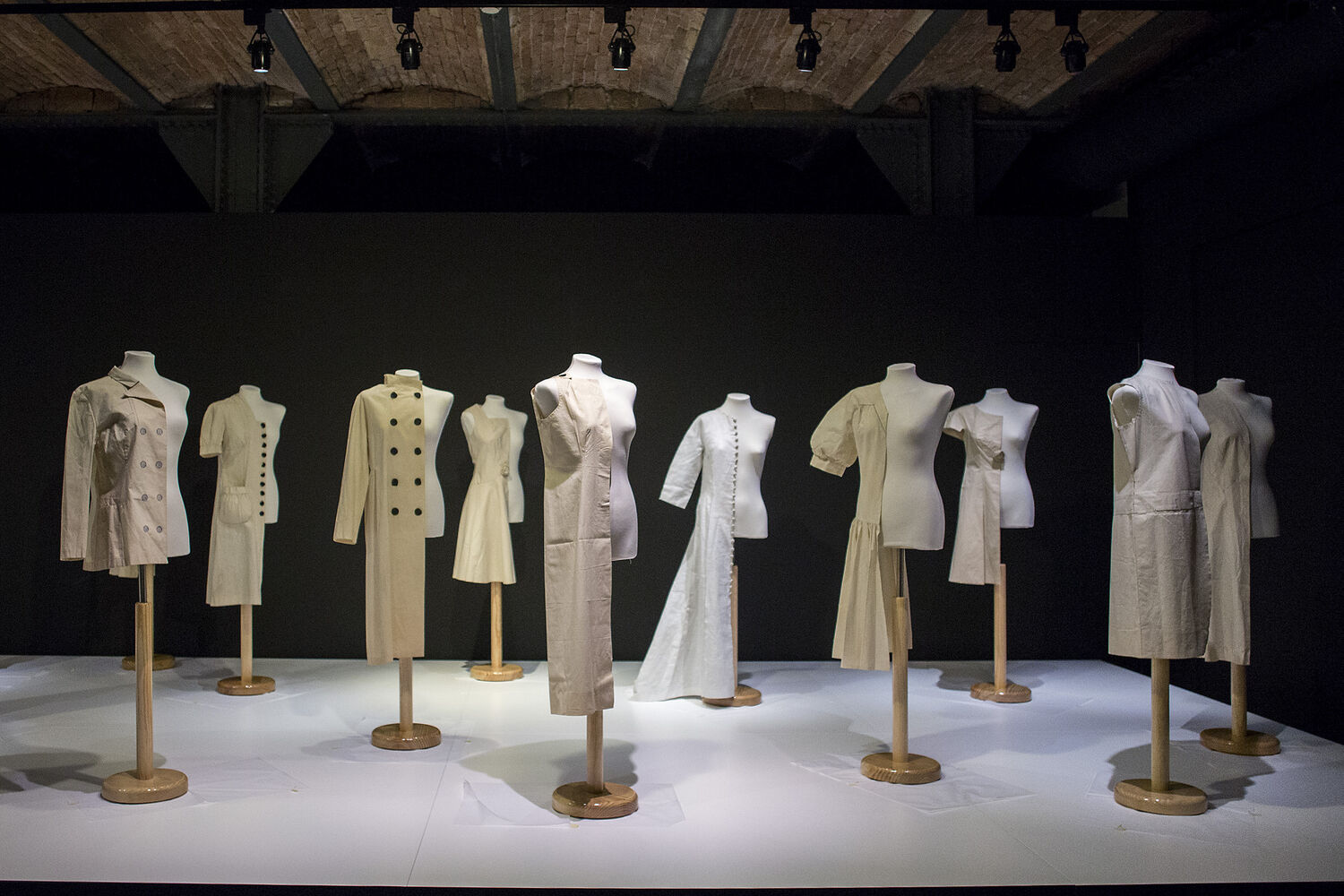
Barcelona launches at the Museum of History of Catalonia the exhibition Moda i modistes, a show that extols the craft of fashion designers and their contribution to fashion throughout the 20th century. This traditional and craft occupation was carried out by women who represented at the time a platform for female emancipation in the workplace, with regard to both business and creativity. It was an activity, connected with fashion, that helped develop the textile and commerce industry of the time. Their intensive work has always required knowledge, skill and dedication, and sometimes all this know-how has remained in the shade, apart from the big names of design and brands. For this reason Moda i modistes represents a broad look at the work and career of many women who have remained anonymous apart from in the spoken memories of their immediate family or traditional clientele.
The exhibition is divided into several sections, where the profession develops through the history of clothing, social changes with the emancipation of women and the evolution and know-how of the trade during the past century to this day. Below, we will give you a brief summary of what can be seen in this sample.
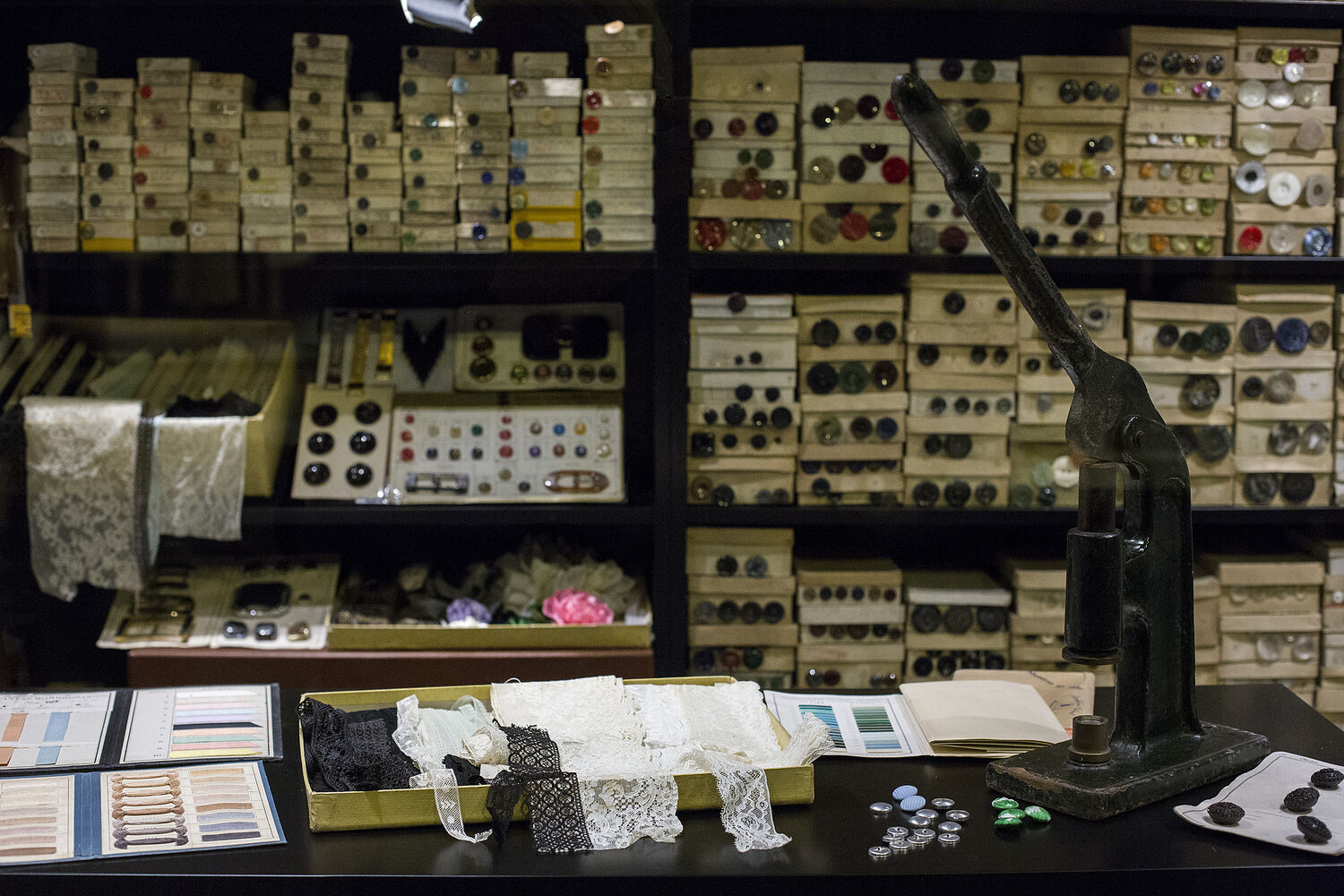
Needle workers
Women managed to claim their own space in the art of making dresses at the end of the 19th century. Before it was a trade reserved for tailors, and women hardly had access to clothing if it was not via their family or as collaborators. It was at this time and in the first decade of the twentieth century, when the work of dressmaker became one of the main forms of employment of women in the workplace, apart from factory work and among certain other professions such as teaching
Dressmaking spread because to learn the trade one did not necessarily have to go to any school, but it was sufficient to learn in a workshop or even self-taught from manuals of dressmaking , and also because this learning offered the possibility of working independently once the technique was mastered.
This time also coincided with the beginning of feminism and the birth of several initiatives aimed at protecting workers in the sector.

Dressmaker by profession, an expanding trade
Dressmakers represented a very varied group that were often outside the guilds and workers’ organizations: they could work in a small workshop of their own, in that of an established dressmaker, in a haute couture house or go to sew in private homes. In the trade there were many categories, depending on the skill, good taste, and, above all, the clientele they had.
Until prêt-à-porter expanded globally many dressmakers needed to make clothing for the different social classes. The capitals of province and county and large cities brought together a large number of dressmakers, but also each small town and each town had its dressmakers, with a very loyal clientele. In the scale of the trade there were many categories, from the caretaker who also worked as dressmaker, because she had enough time at work, to renowned dressmakers, alternatively those with a humble clientele, those who worked for others, whether at home or in the different workshops, those that did their sewing at home, those that had a certain reputation, though not a label, either out of discretion or to save money, or those that, with the pride of a job well done, put their name on each piece.
And what were their sources of inspiration? As a general rule dressmakers were more followers than non-creators and interpreted in their own way the fashion trends of each decade and, in turn, adapted it to the tastes, size and different economic means of each client. The magazines, the parades where the trends of each season were made known, the cinema, with the irruption of iconic stars and the street were constant sources of inspiration.
In fact, from the work done by the dressmakers, you can review the fashion of almost the entire 20th century until prêt-à-porter became consolidated. The haute couture houses of Paris, Milan or Barcelona dictated the trends, they invented models and had a reduced and elitist production. Dressmakers, who were then counted in thousands, were the main customers of the textile industry because they bought or recommended buying fabrics and materials fabrics for their clientele. This in turn favoured commerce, generated income in the big fashion-houses by buying patterns and glasilla, encouraged workshops specializing in embroidery and pleats, generated jobs in a process of development of the craft down to the present day.
The legacy stays alive
Times have changed and today this profession is the strength of yesteryear. Even so, the legacy of dressmakers is still alive, it has simply been transformed. The new dressmakers continue to make clothing adjustments for stores and individuals, they also work for clothing factories and carry out pattern making and prototypes for large companies that are then manufactured outside. In parallel, there has also emerged a new generation of young designers offering a limited handicraft product which is a counter to industrial production on a large scale and of dubious quality. The work of these dressmakers is to revalue hand-made fashion, personalization and exclusive garments for a customer who values the art and effort that goes into hand-made garments.
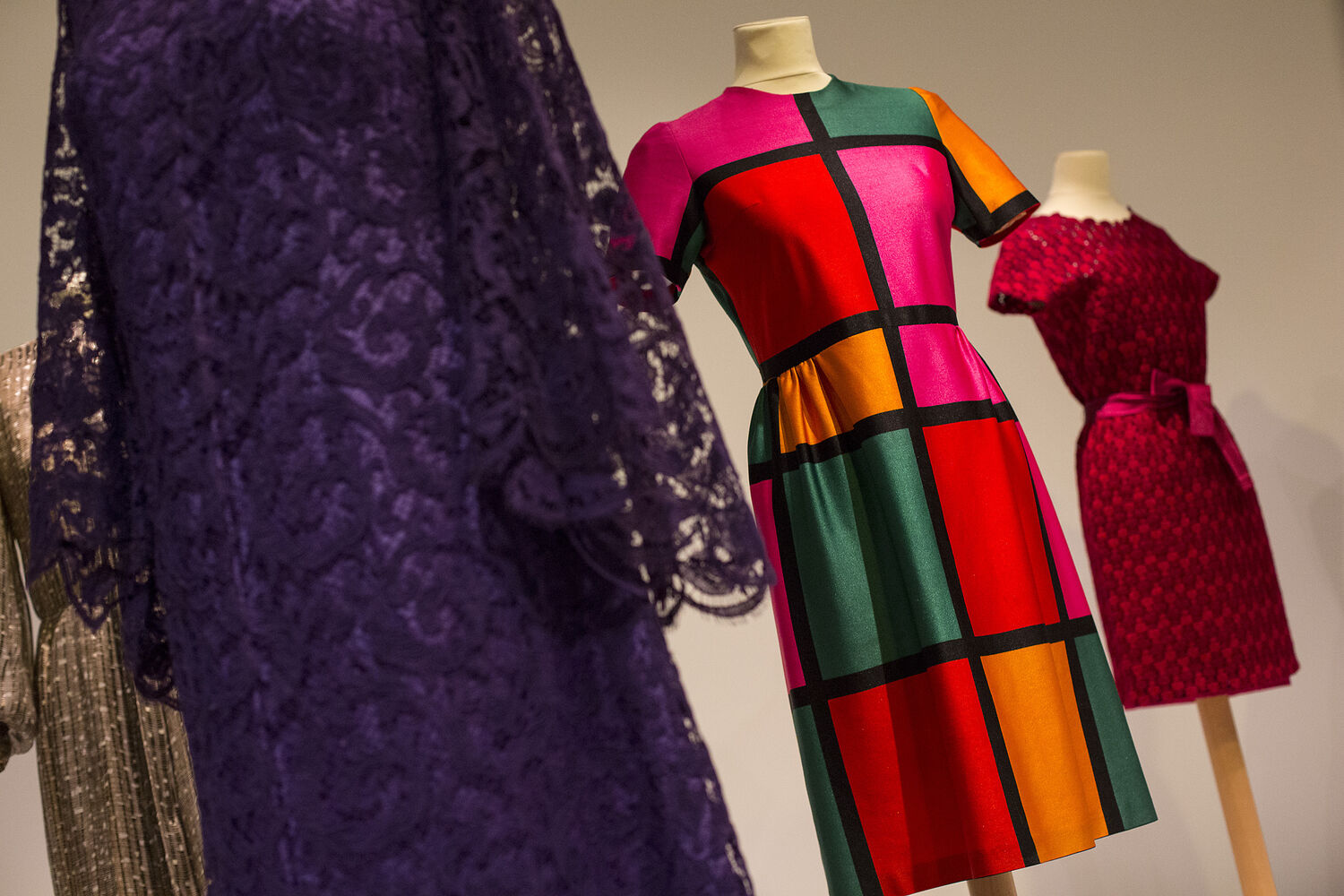
The exhibition Moda i Modistes opens today at the Museum of History of Catalonia and can be visited until 13th October 2019. It is a good opportunity to discover the legacy and evolution of this craftsmanship centennial.

Sorry, this entry is only available in Español.
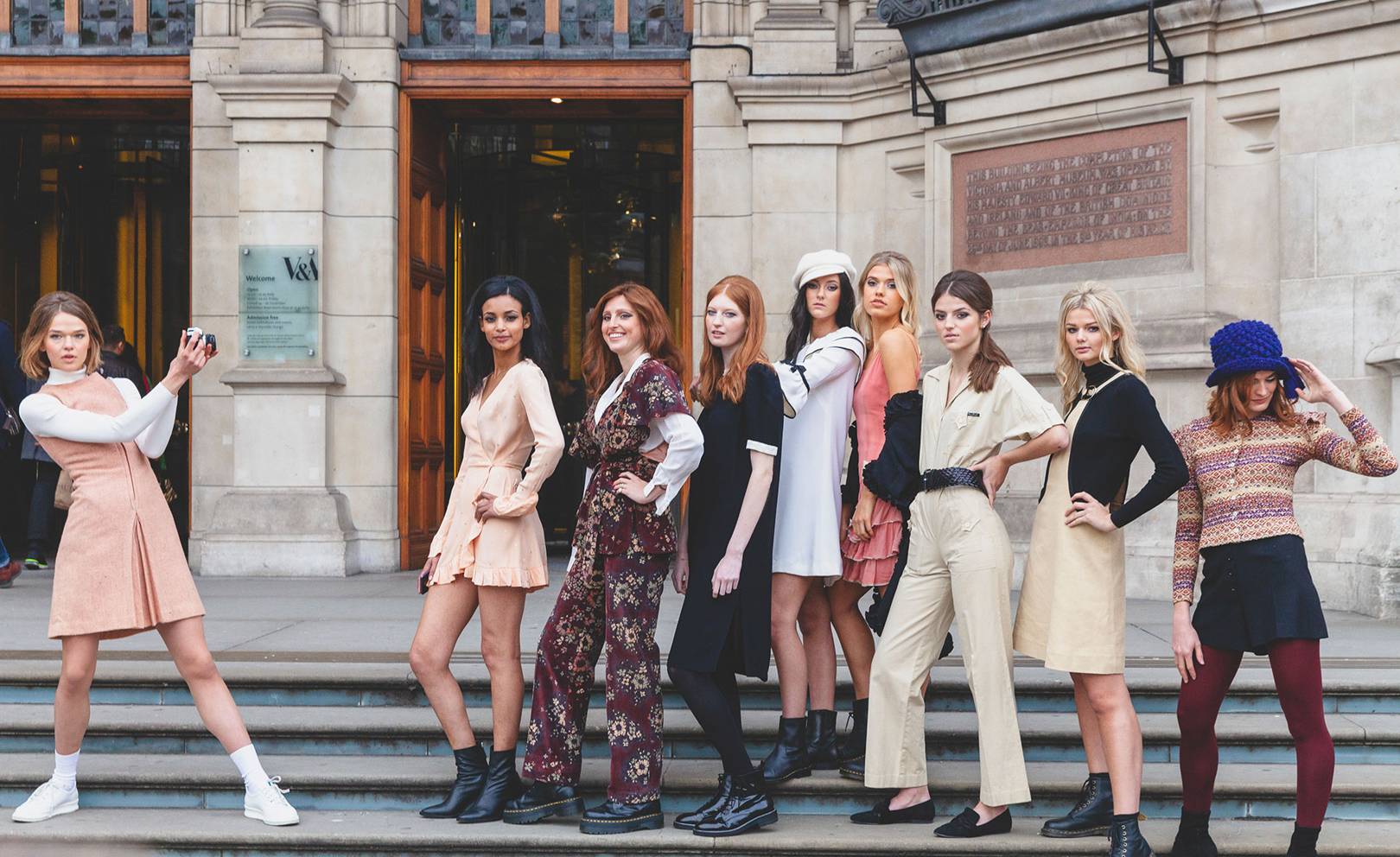
London pays tribute to Mary Quant (England 1930), living legend of fashion and guilty of stirring a whole era: the 60s with a garment of the most irreverent, the miniskirt. Although the authorship of such garment is disputed with the French couturier André Courrèges, “the mother of the miniskirt” knew how to popularize it and bring it closer to the whole world. “The goal of fashion is to make clothing available to everyone,” he used to remember. Now the Victoria & Albert museum praises this designer who revolutionized the fashion scene in that boiling decade so that the new generations know their great contribution up close. In the words of Jenny Lister, one of the curators of the exhibition, “Mary Quant is known as the architect of the democratization of fashion in the United Kingdom”.
The origin of the miniskirt is connected to the music, dance and urban fashion of the moment. It is said that he was born at the end of the 50s in North America and to dance the new rhythms of swing and rock, the skirts little by little were shortened. Who captured this progressive regression and this change was Quant, who in 1955 opened a small boutique called Bazaar in the street of King’s Road in the Chelsea neighborhood. To give visibility, Quant was among the first to adopt this garment that exposed the legs, knees and some calves, a real scandal in an era where conventions were challenged. Little by little, from her small store in London, the designer caught the attention of young people and the industry she saw in her miniskirts and brightly colored breastplates and brilliant finishes a glimpse of rebellion, transgression and freshness, three concepts that linked with the way of thinking of the new generations.
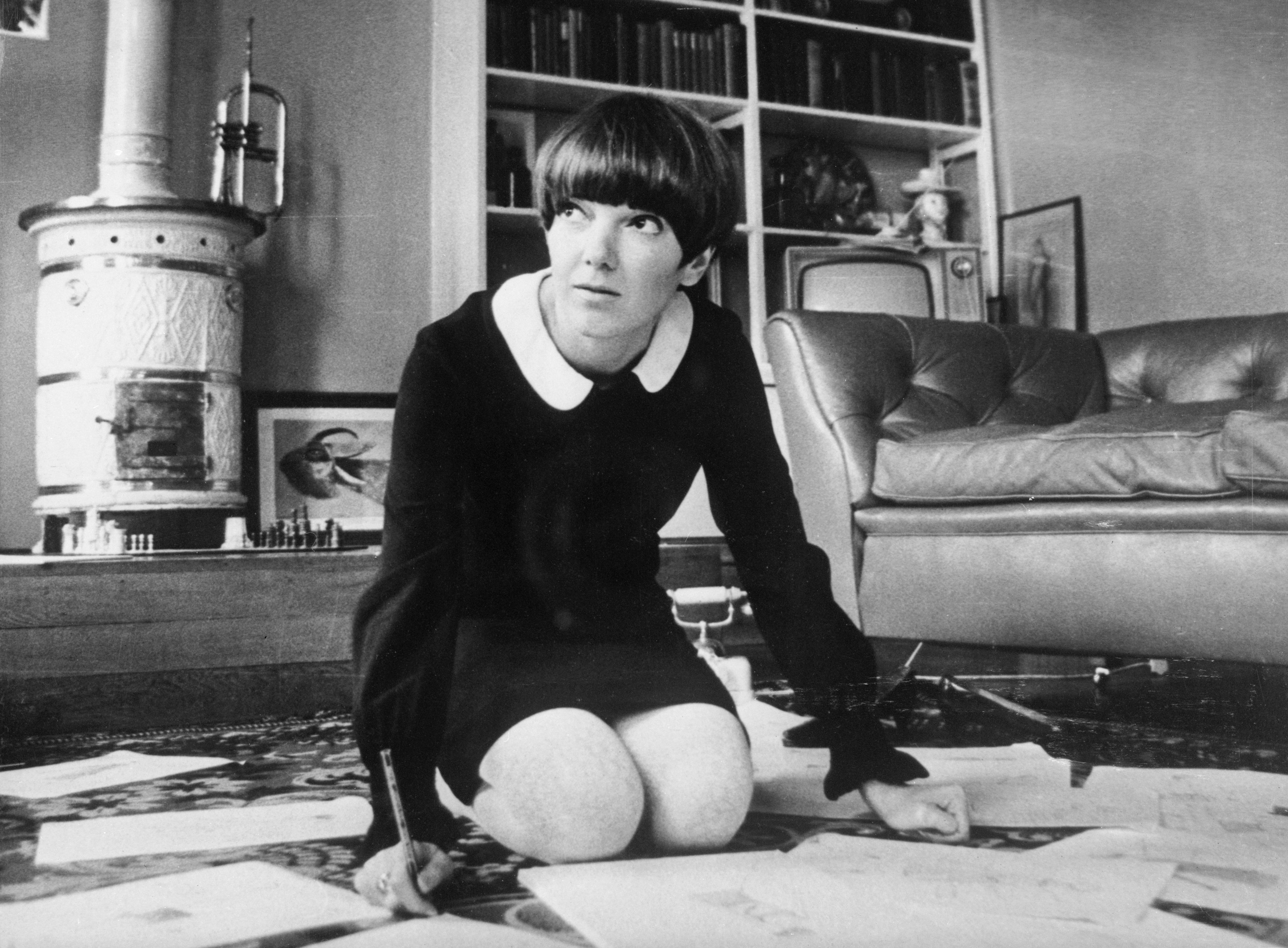
Mary Quant is the architect of the democratization of fashion in the United Kingdom
Quant had no specialized training in fashion and in fact her creations were the result of a personal apprenticeship that included experimentation with different materials. It was that courage and rebellious attitude that seduced the industry and became a reference for women of the time. Along with the modelTwiggy, Mary Quant made this short garment became the trademark not only of his clothing brand but also for a decade. A symbol was born. So much was his success that, in 1966, Queen Elizabeth II granted him the medal of the Order of the British Empire for his contribution to fashion, a distinction he picked up in Buckingham wearing one of his miniskirts.
The exhibition exposes 200 pieces in which the colorful and innovative identity of the British designer is reflected. It includes the famous skirts along with other designs, as well as accessories and cosmetics, in a striking chronological journey that covers from 1955 to 1975. Among accessories and dresses, the museum also collects a selection of clothing and photos of anonymous women wearing the designs of Quant which shows the importance of the miniskirt for a decade’s fashion. The exhibition will be open to the public until February 16, 2020.
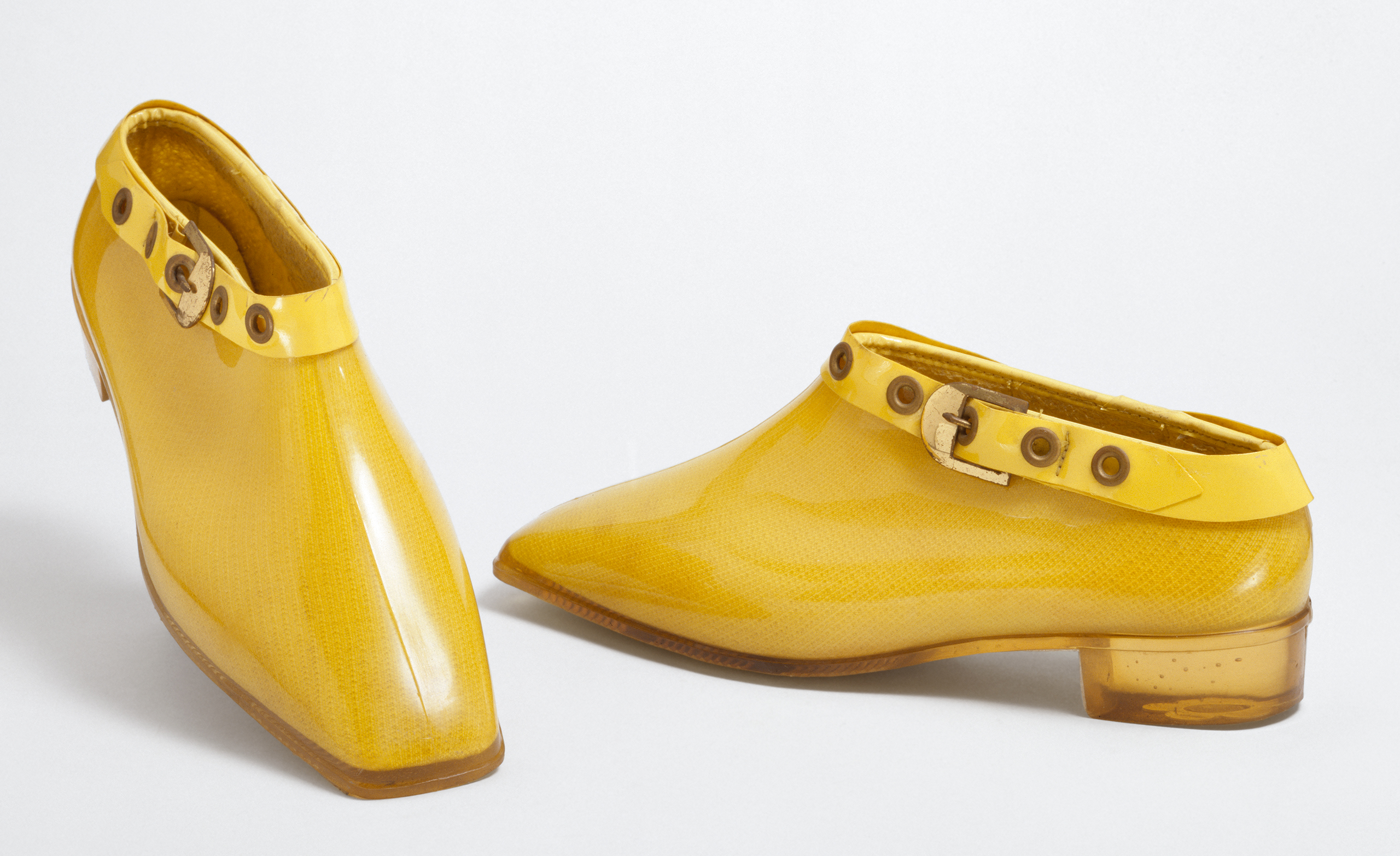
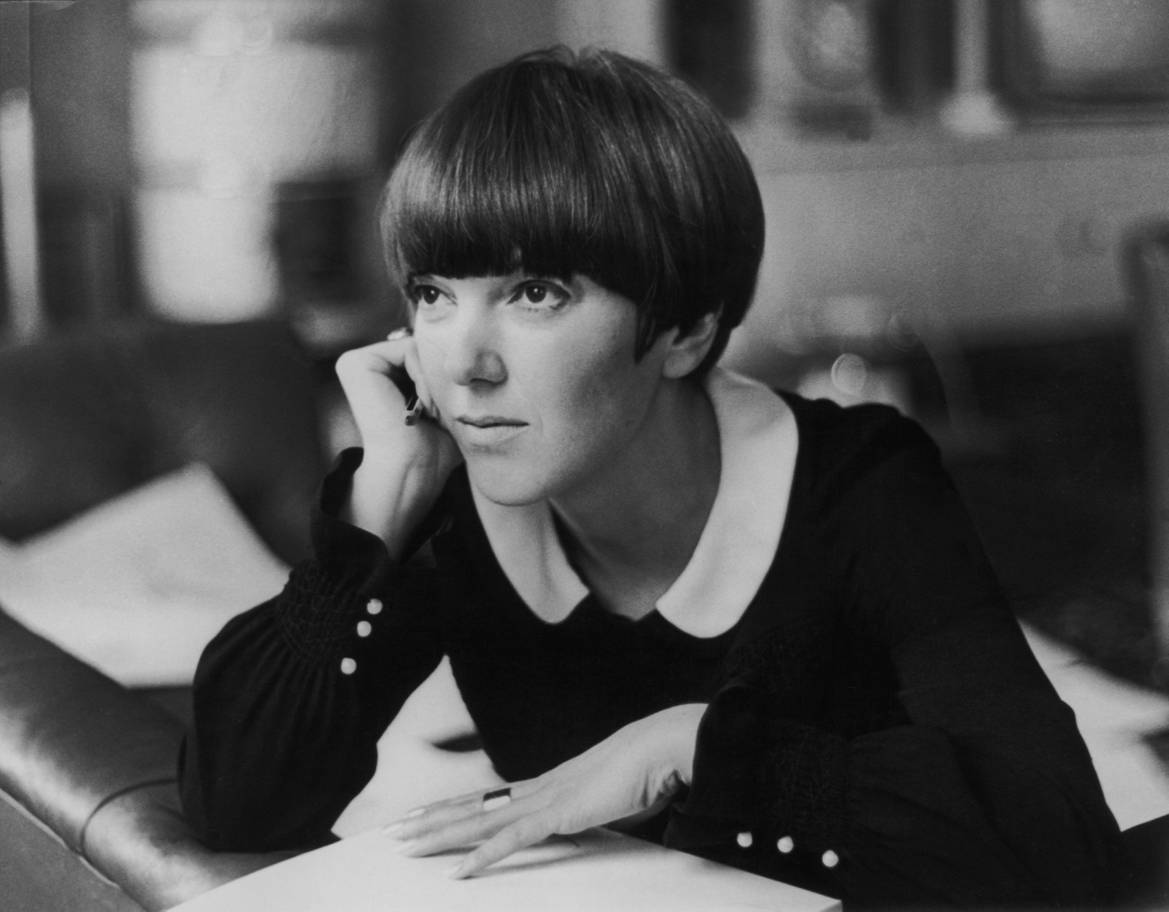

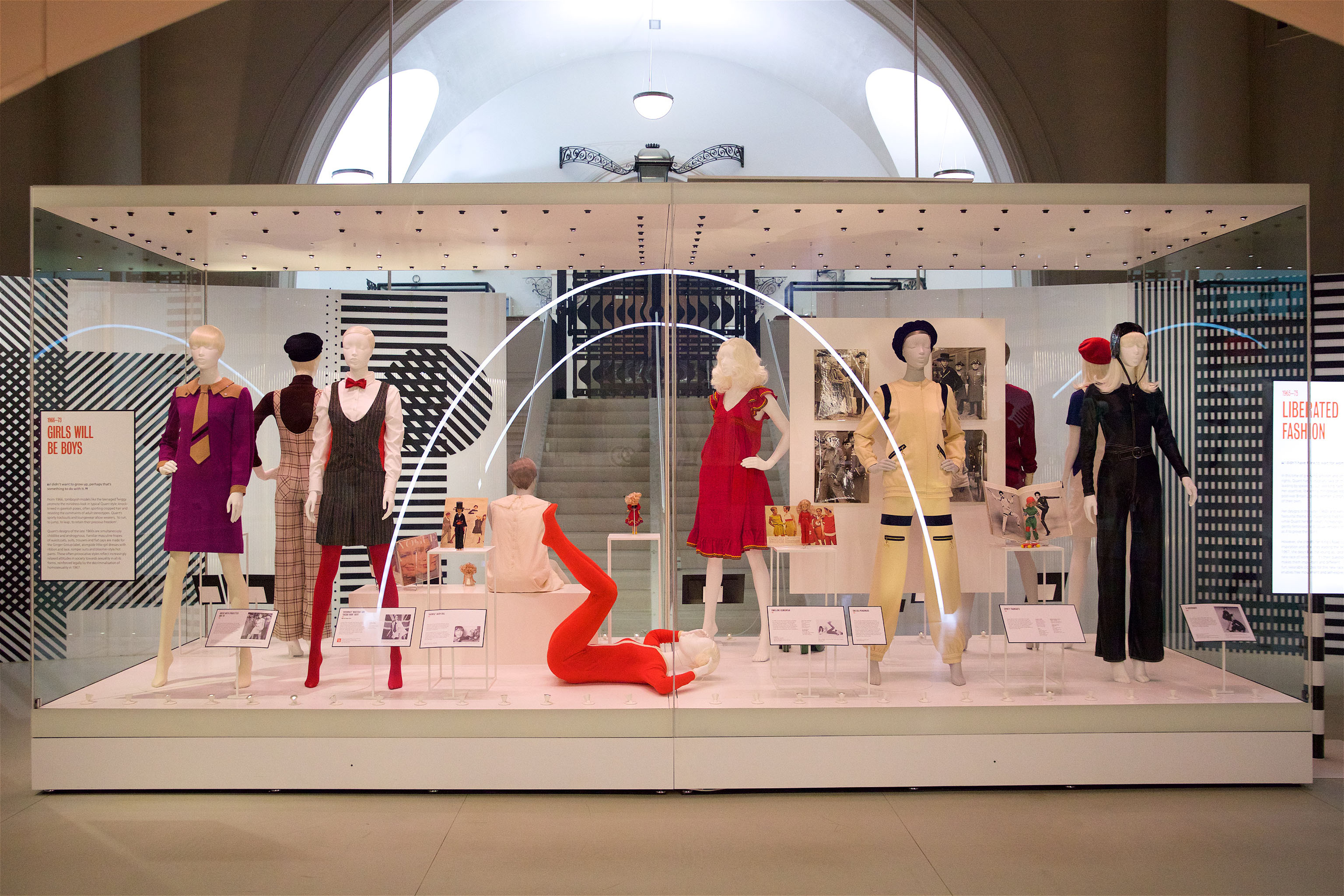
Sorry, this entry is only available in Español.











